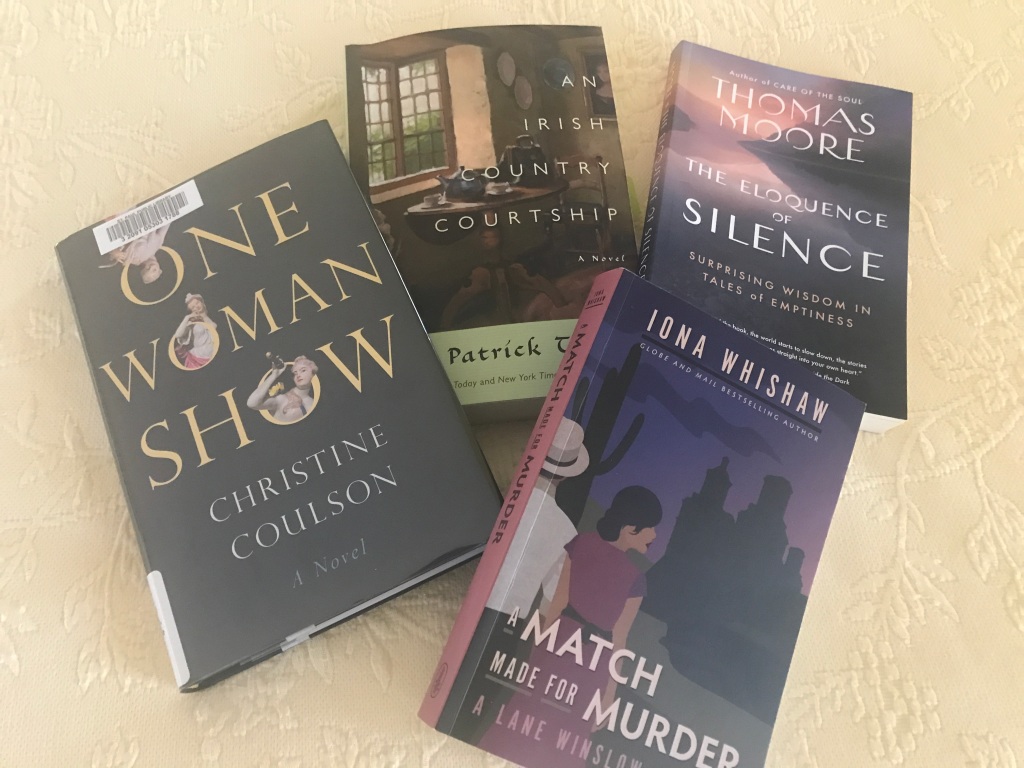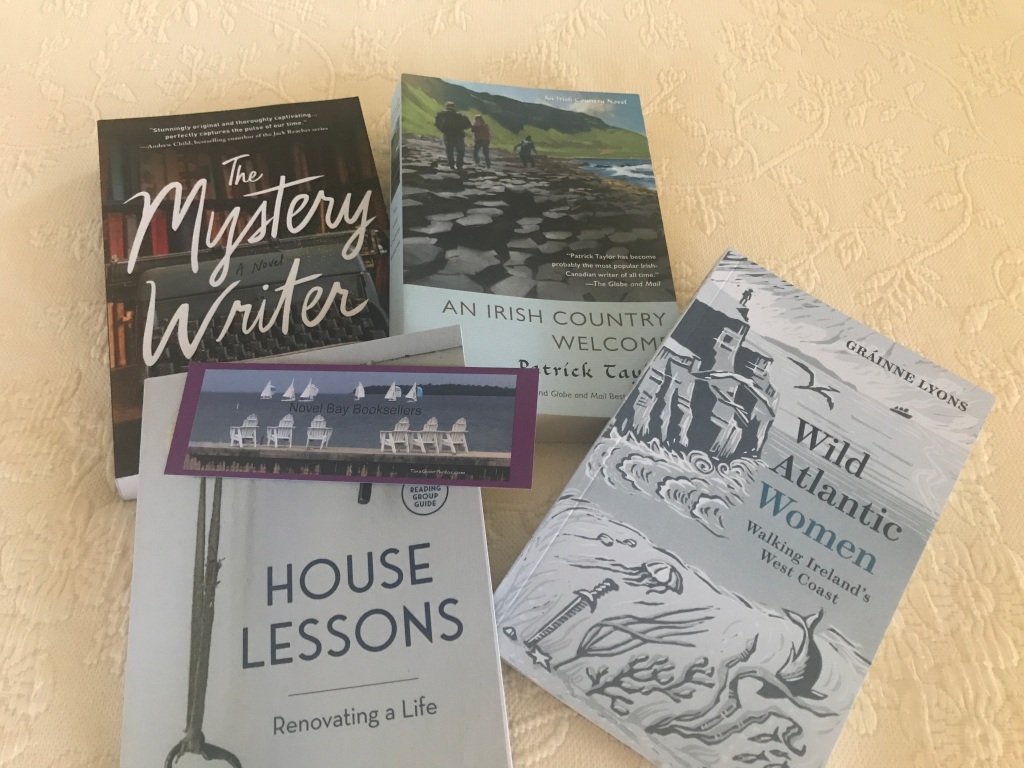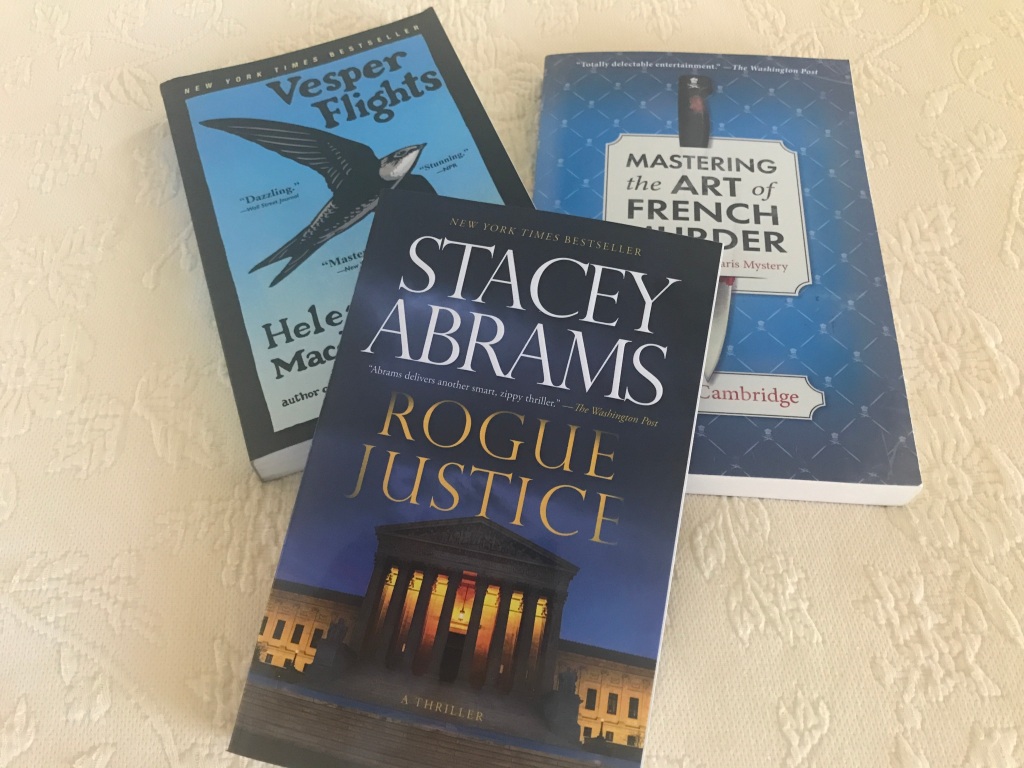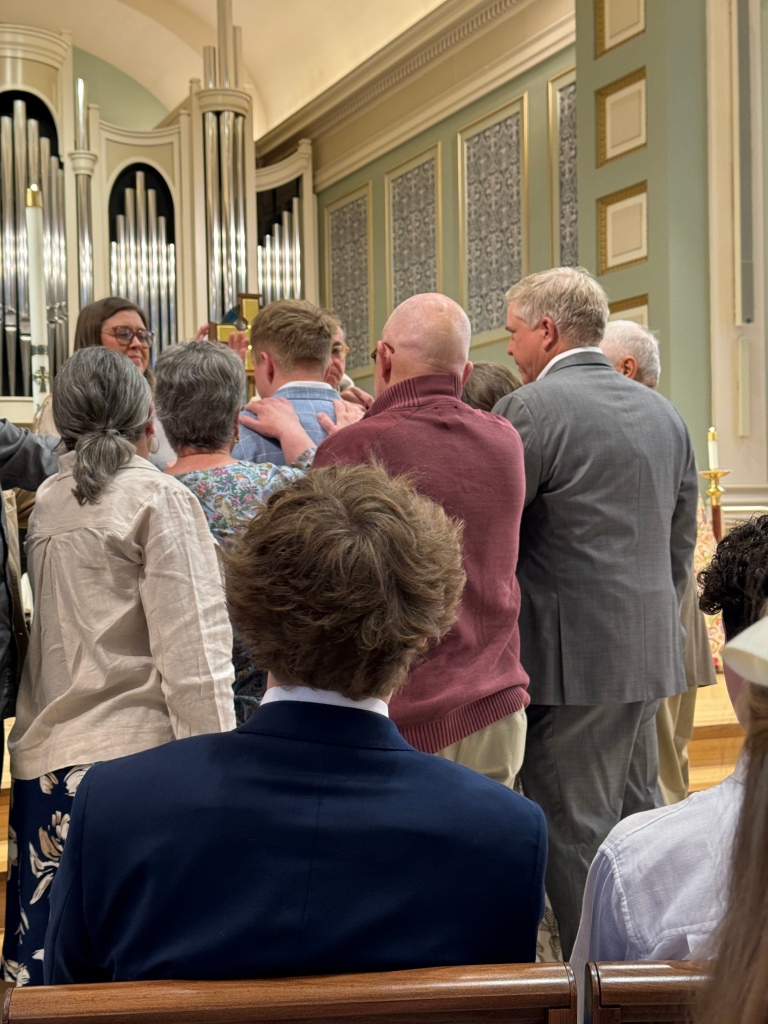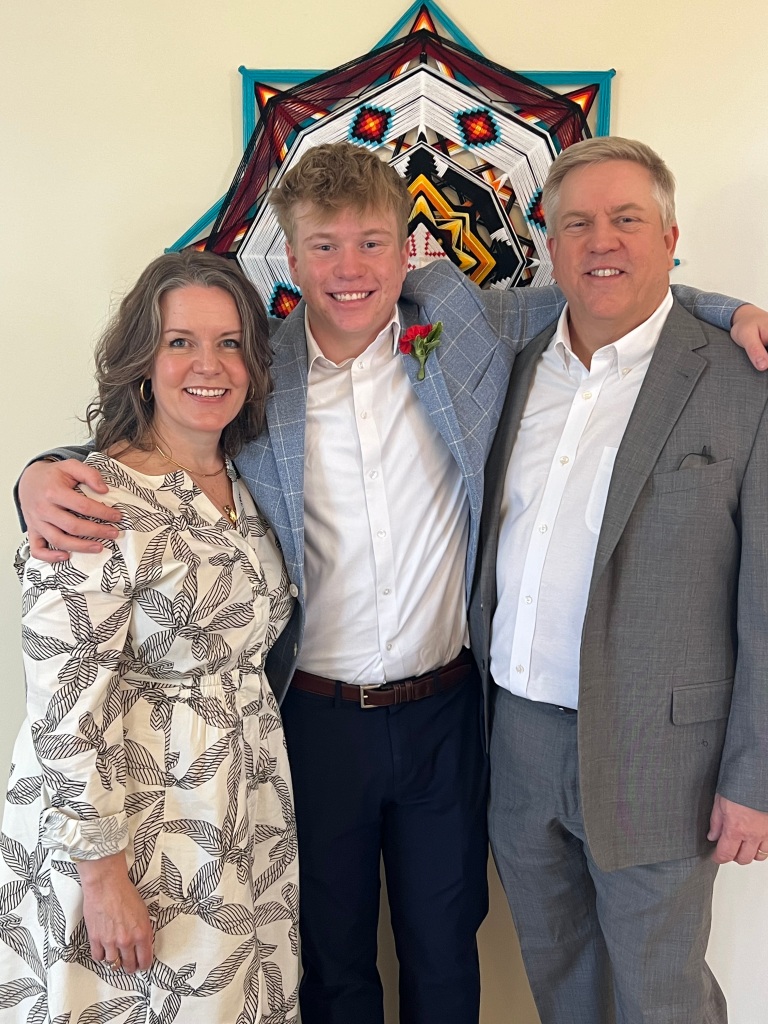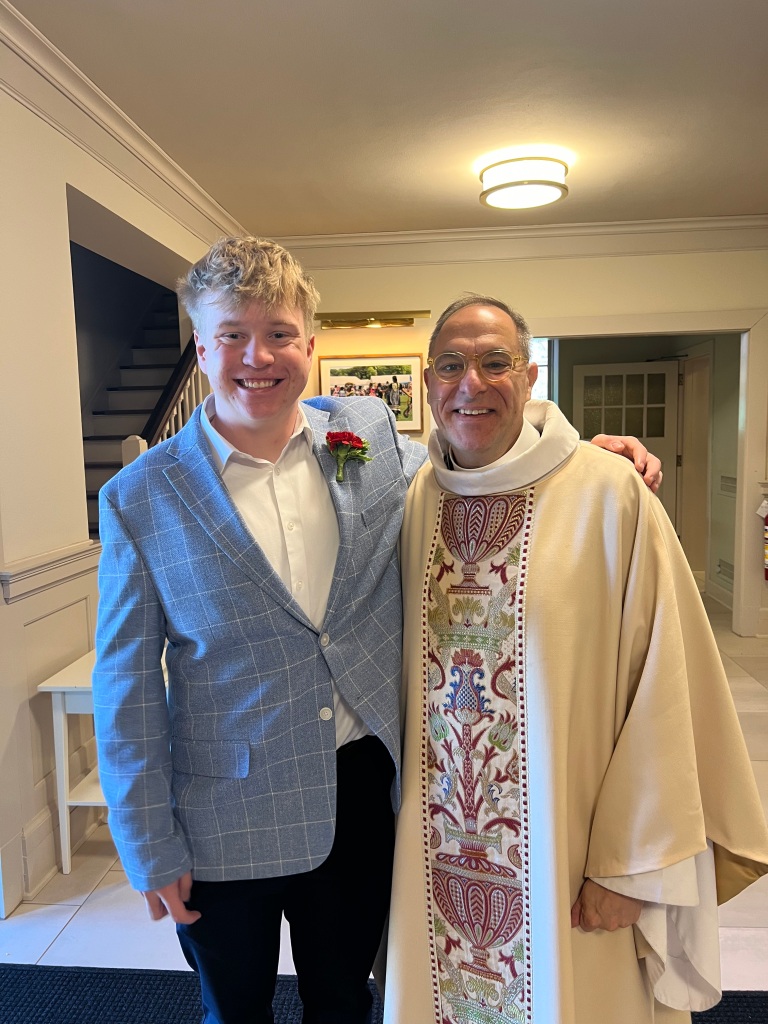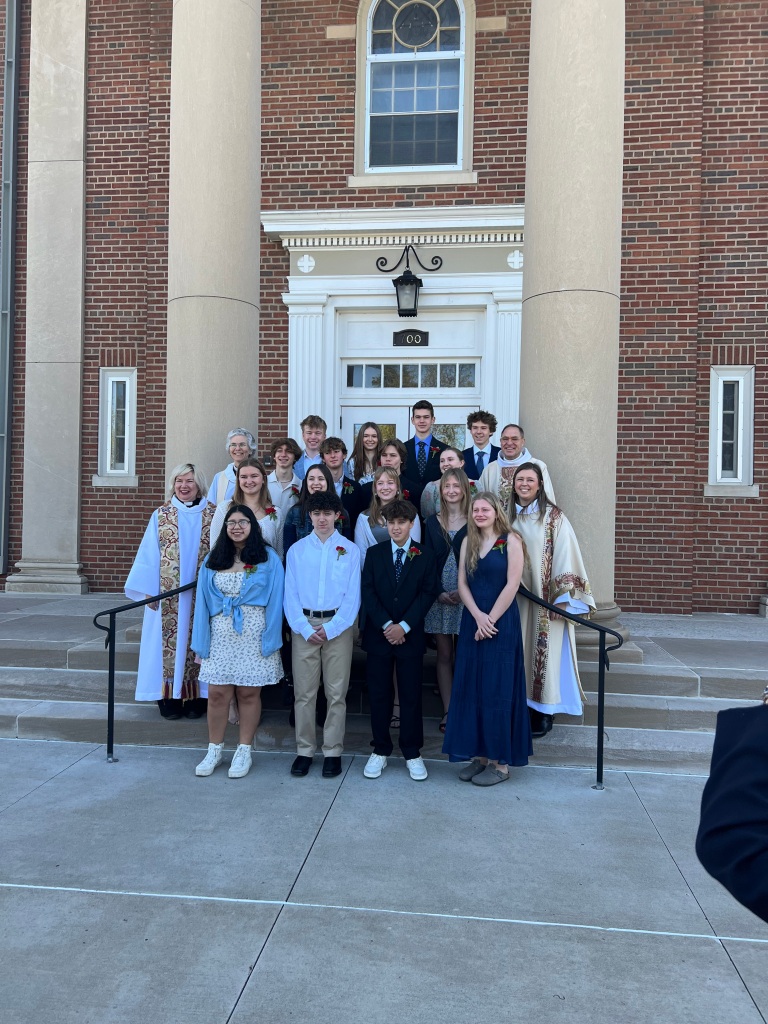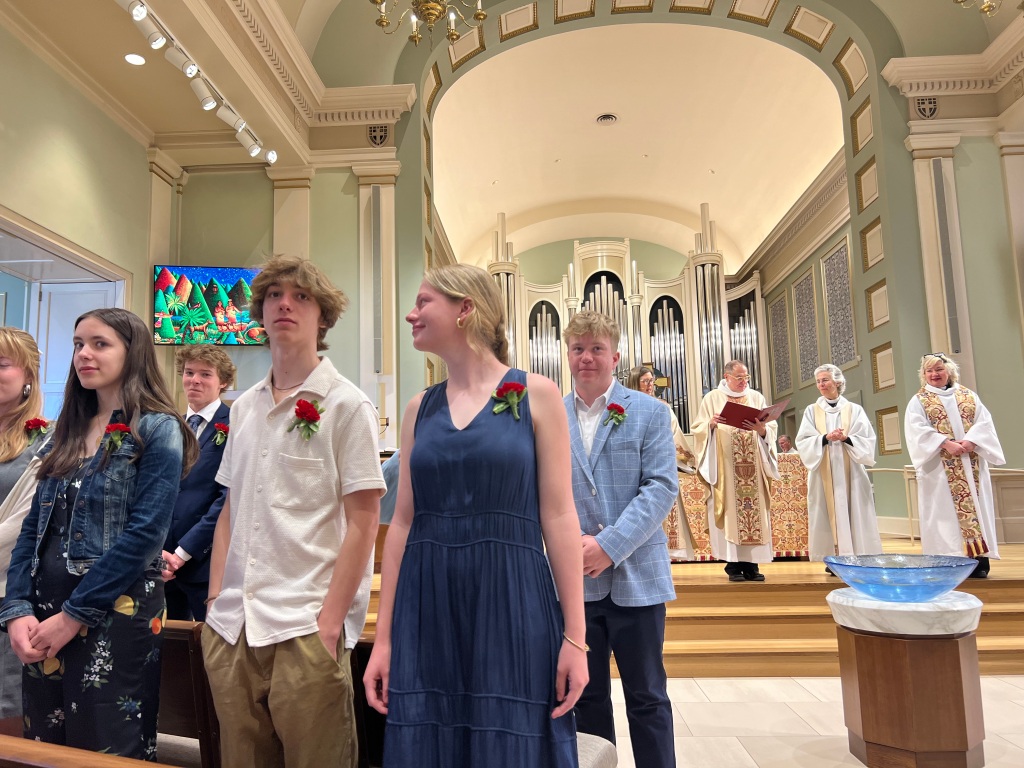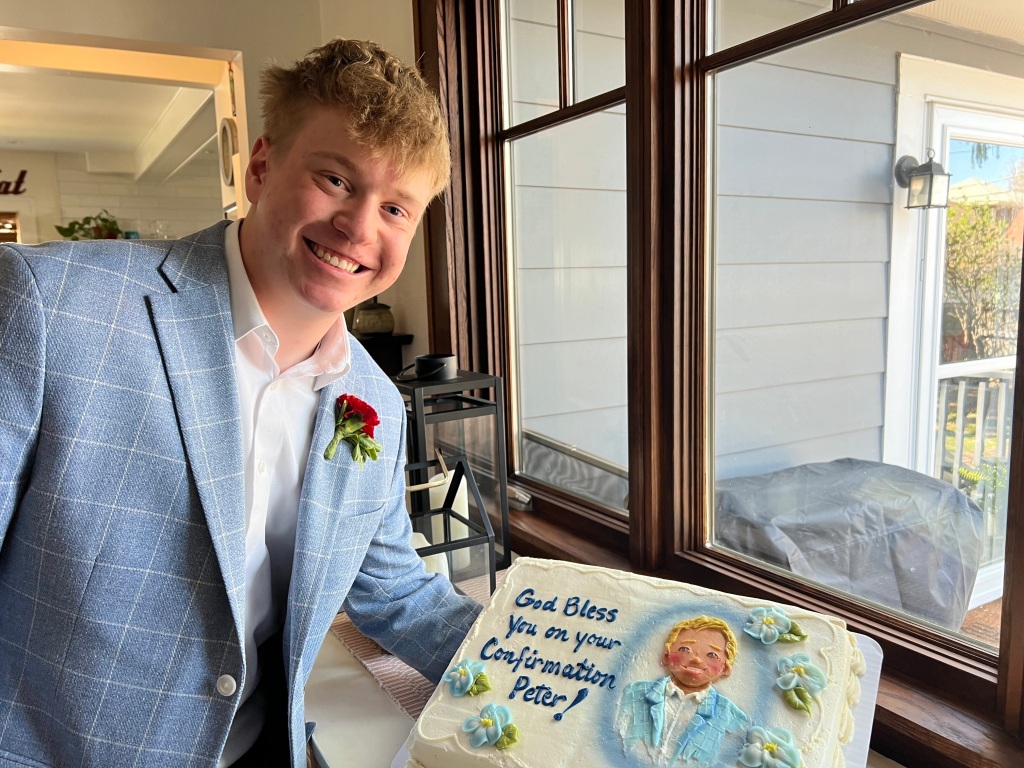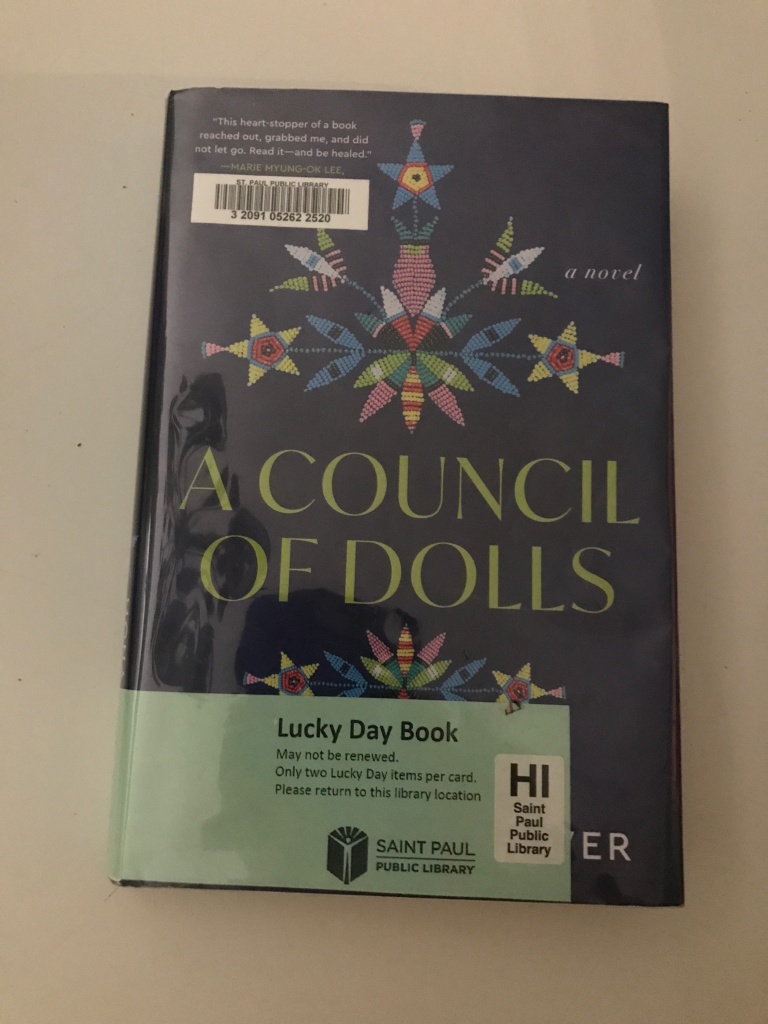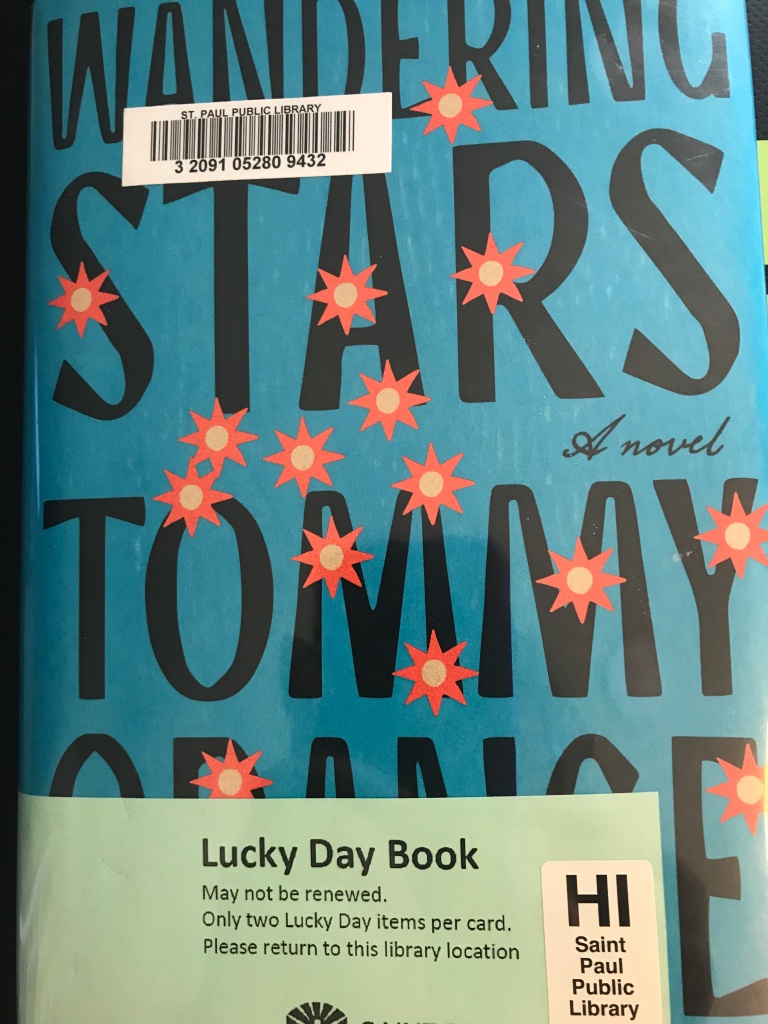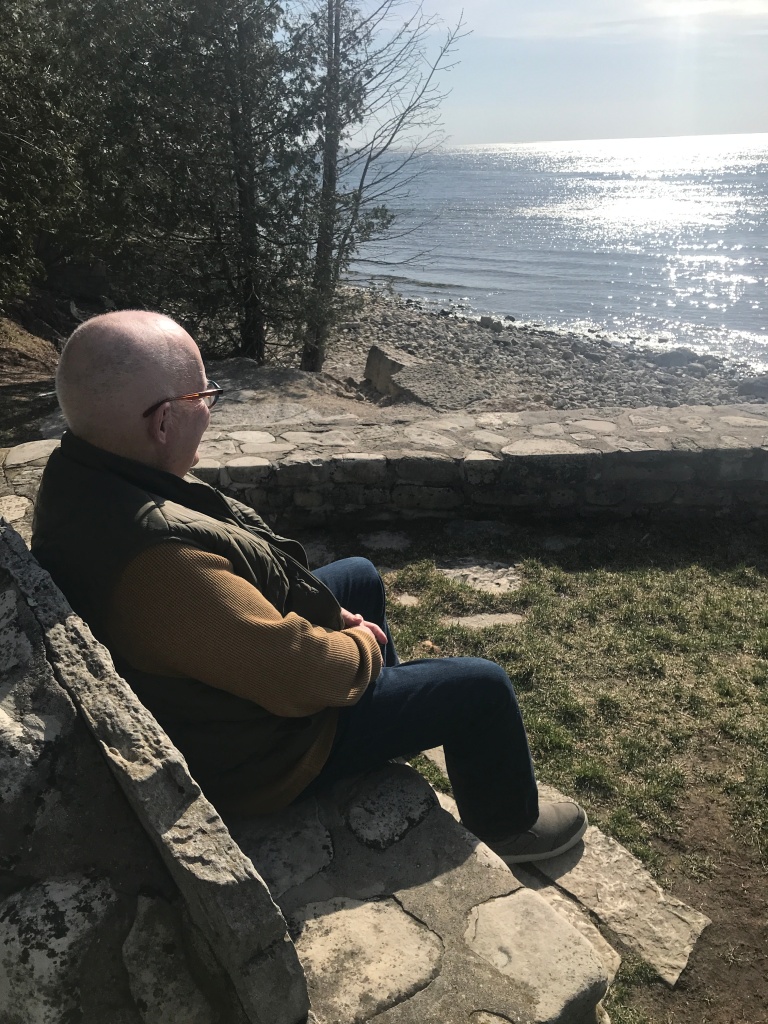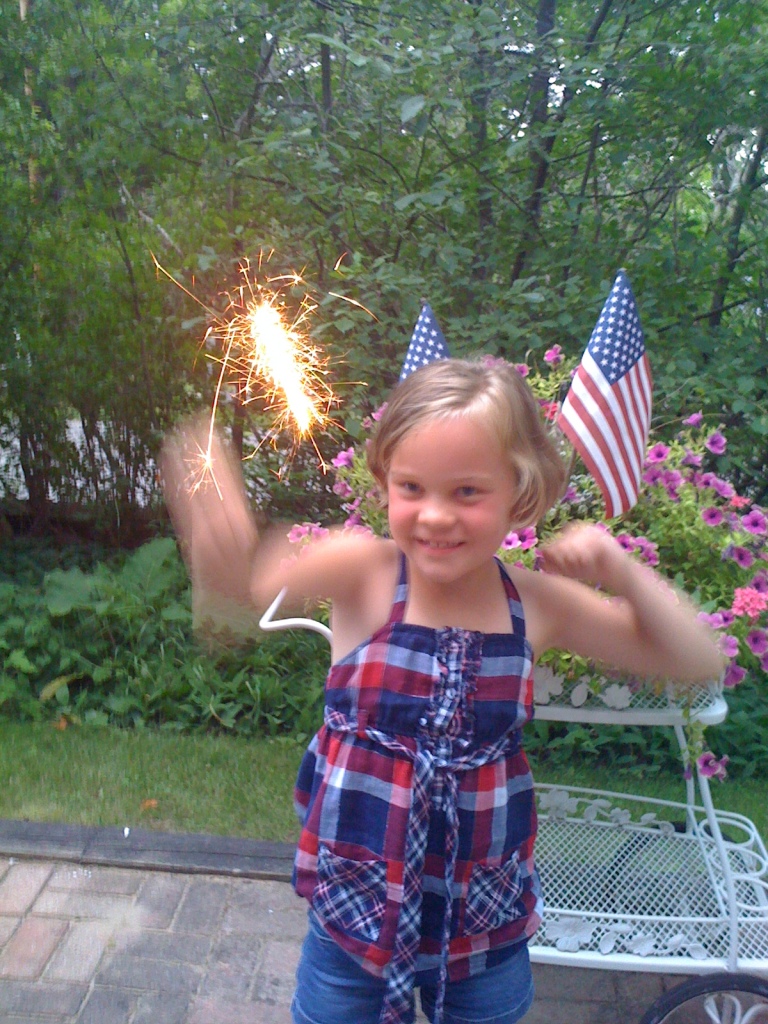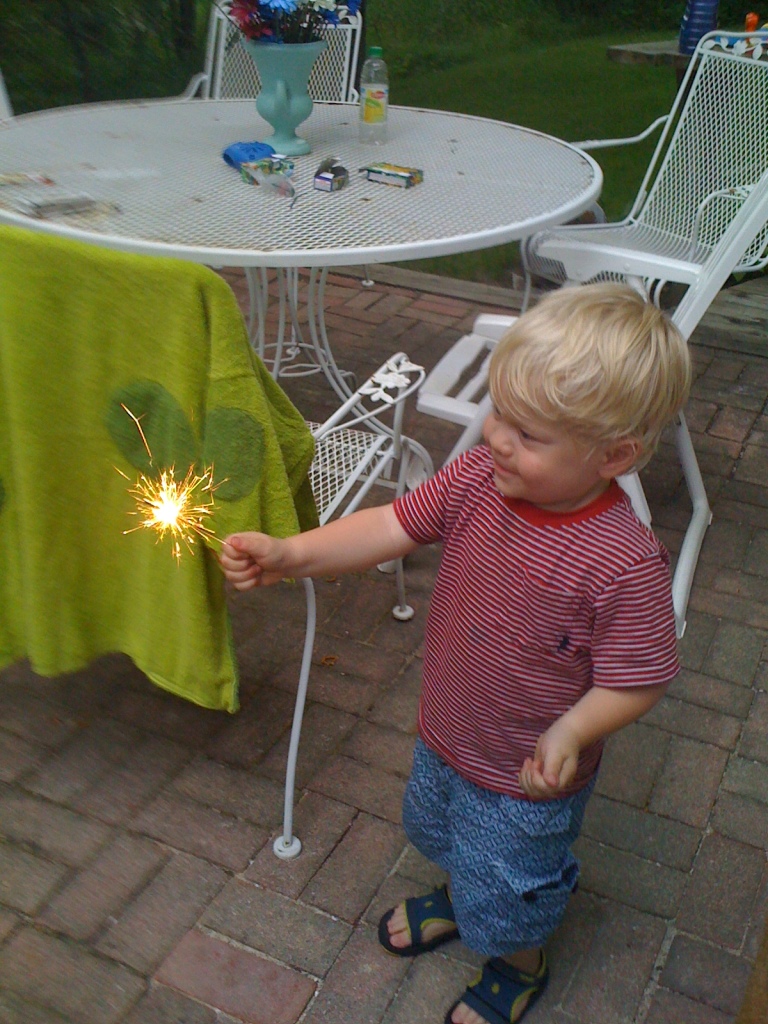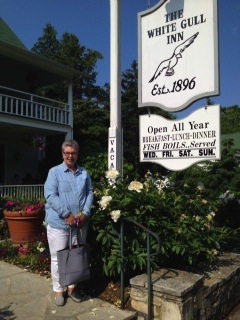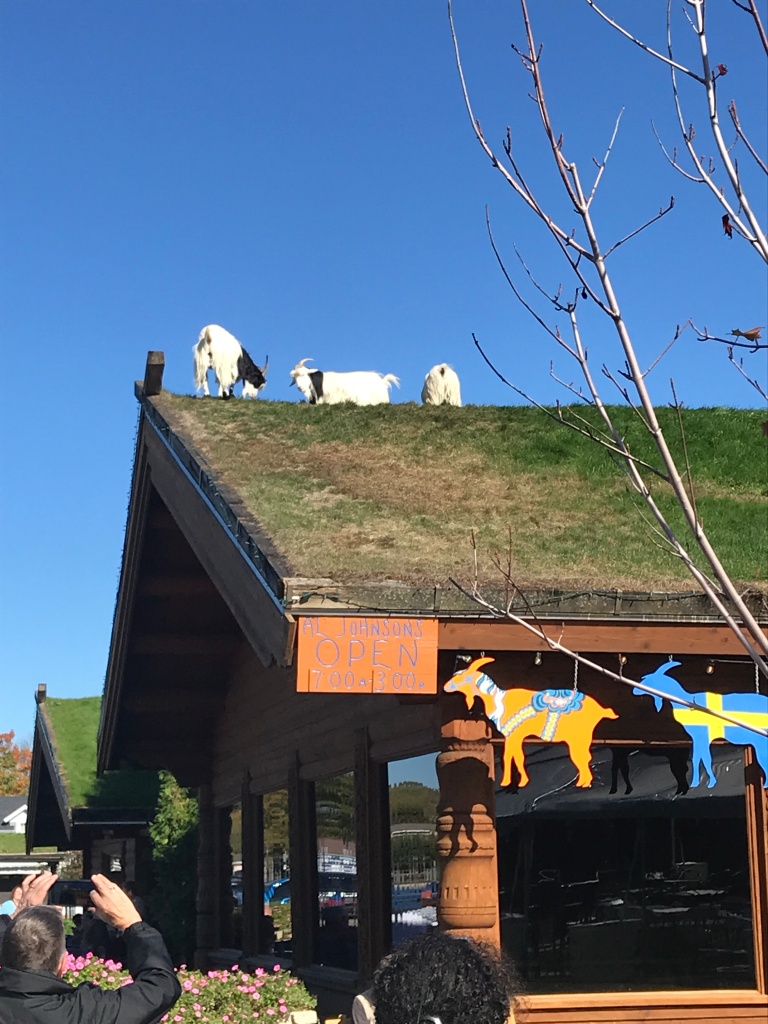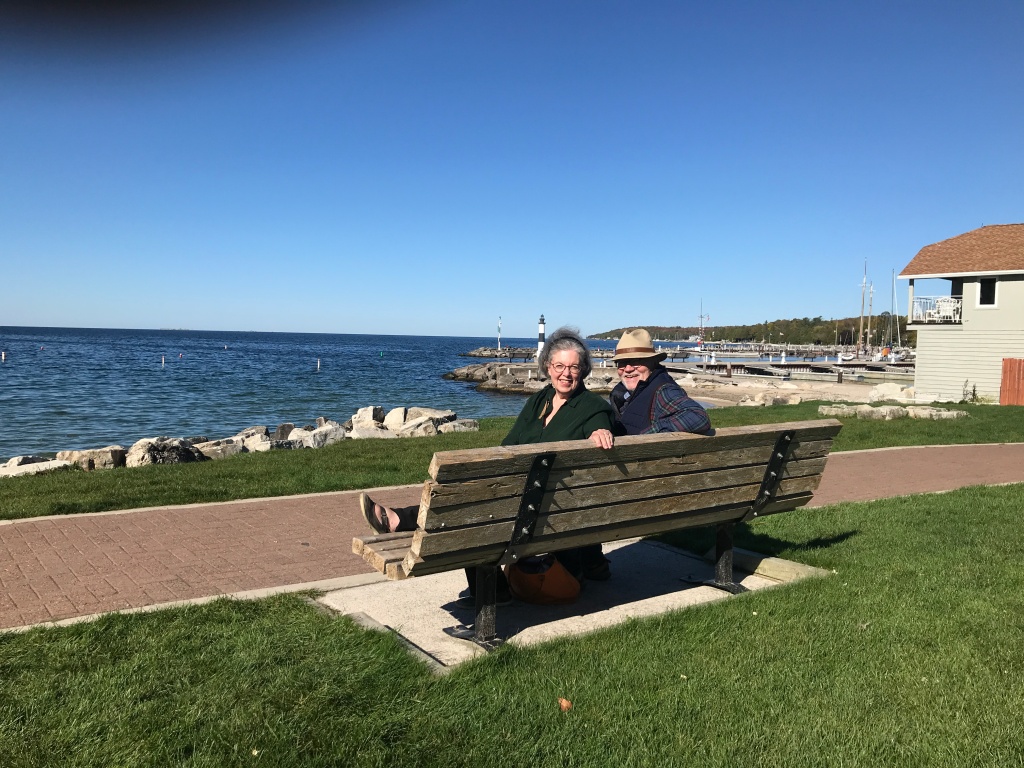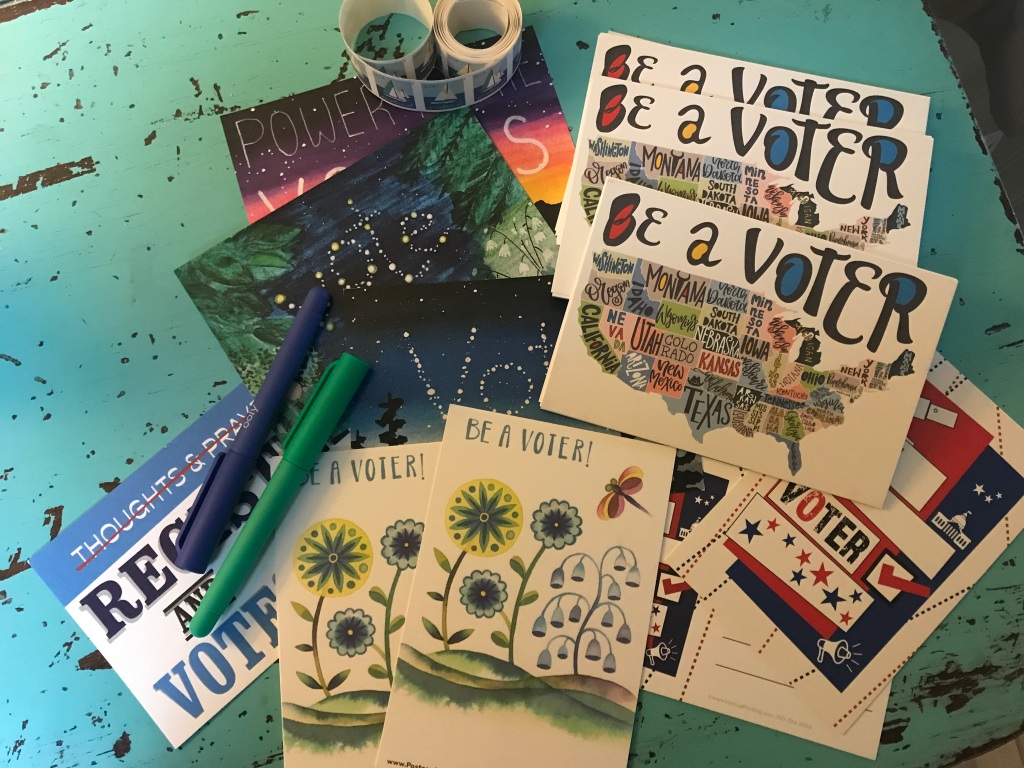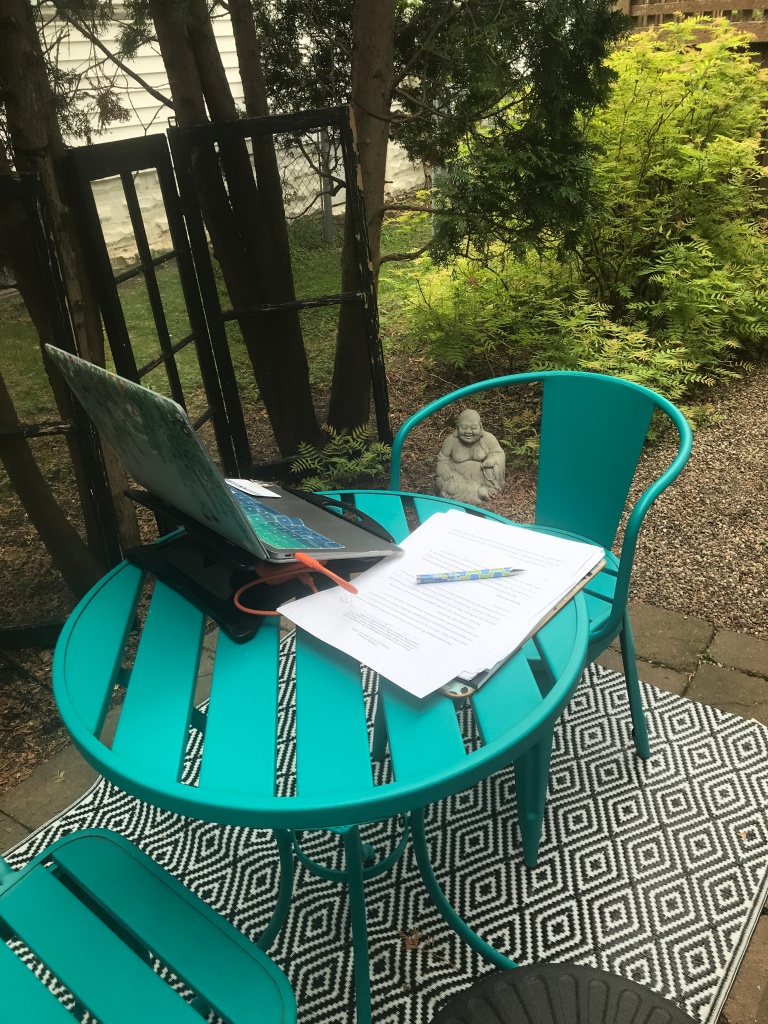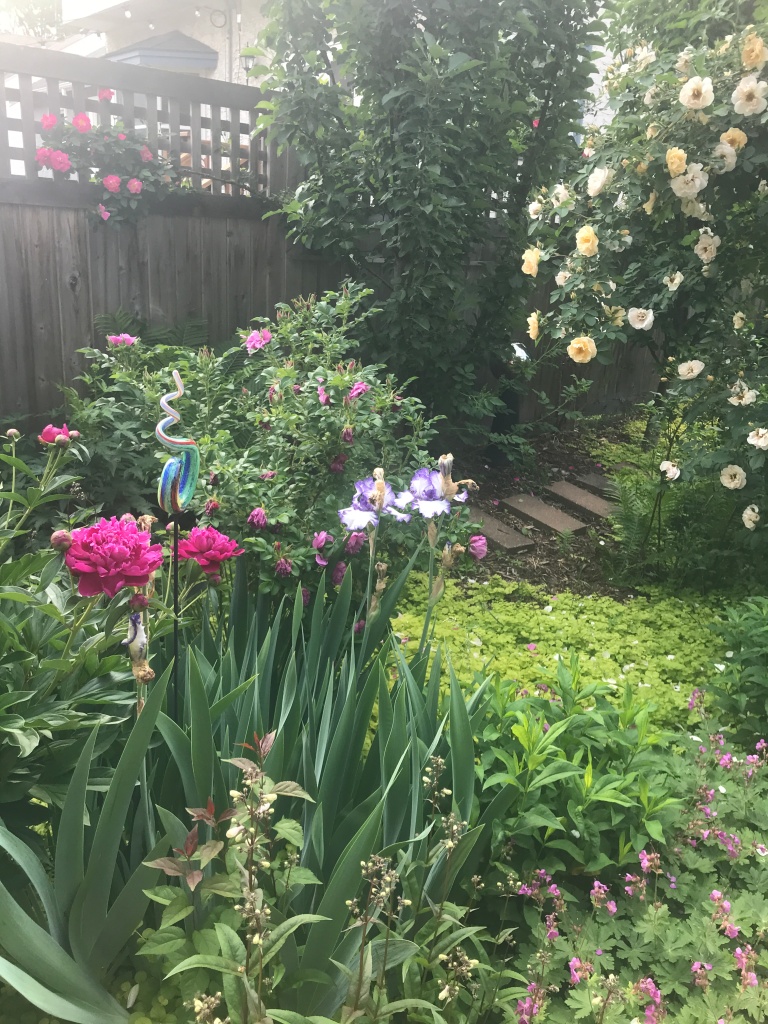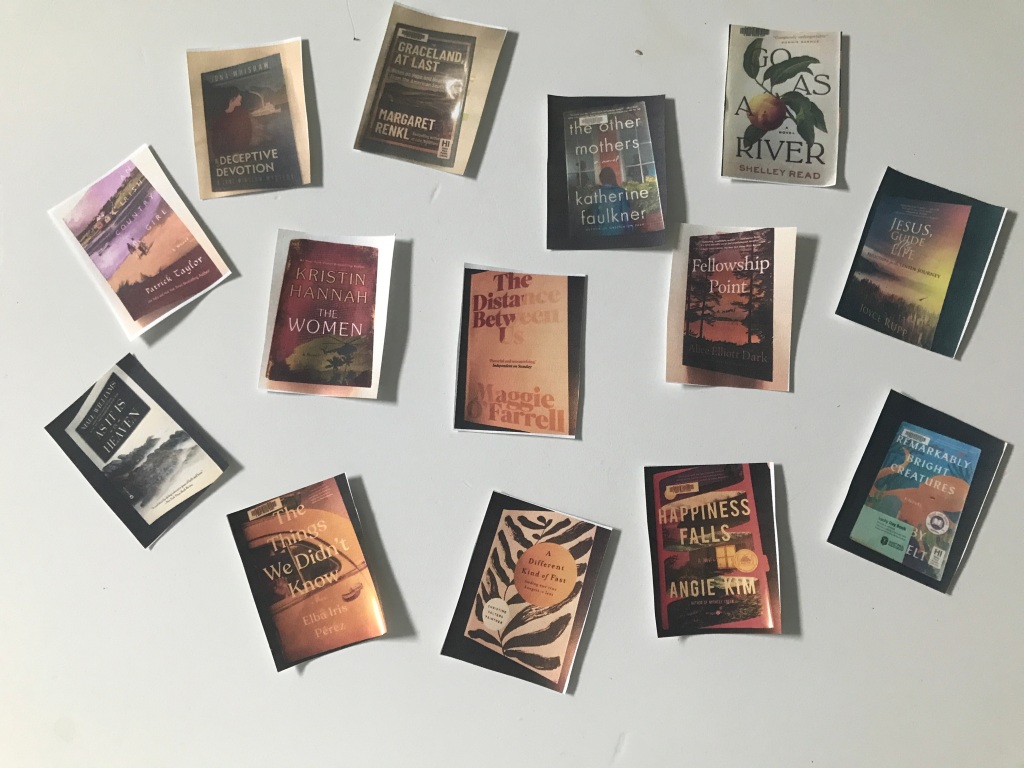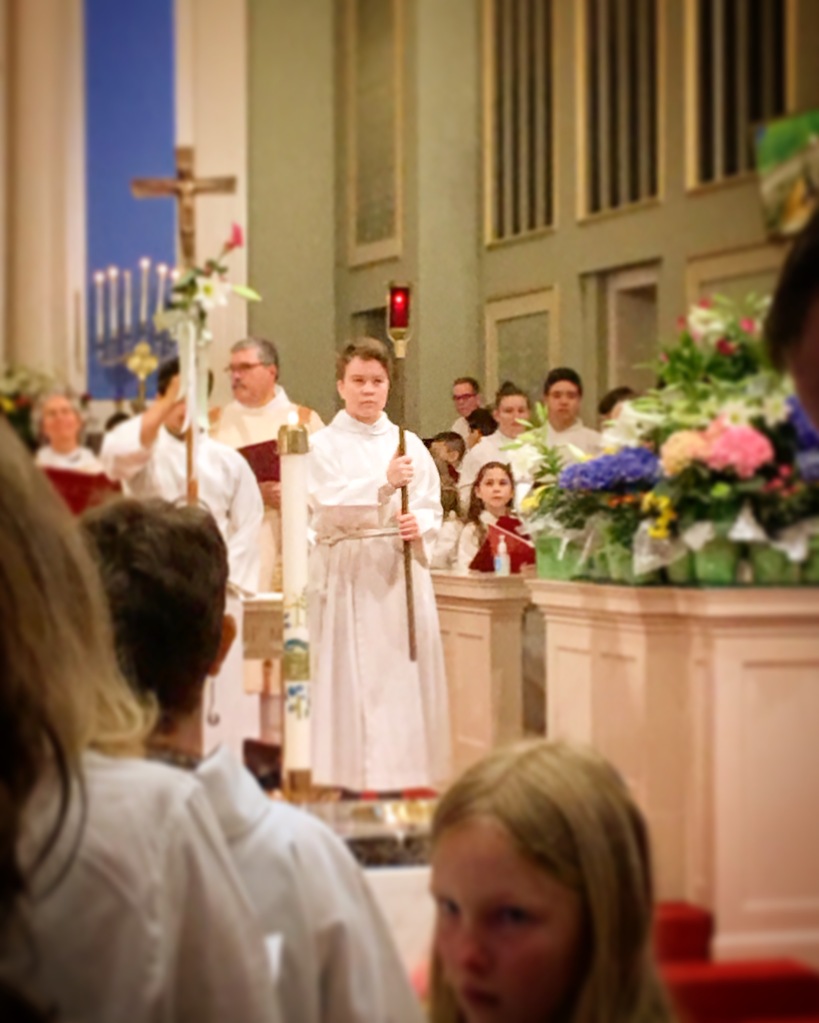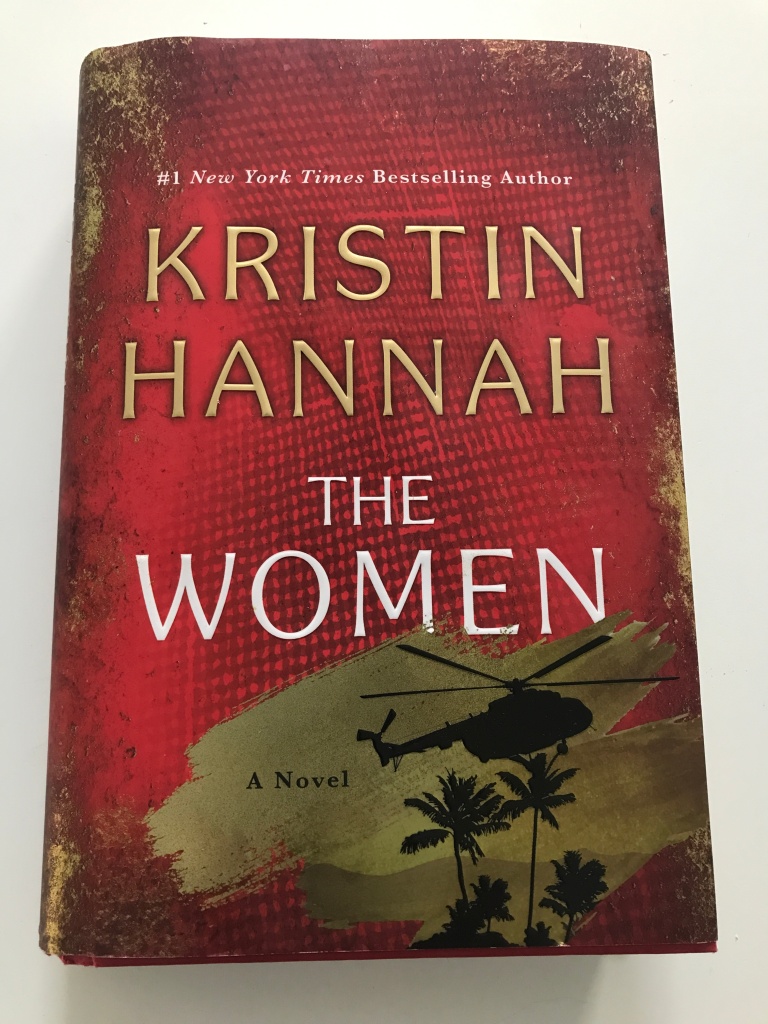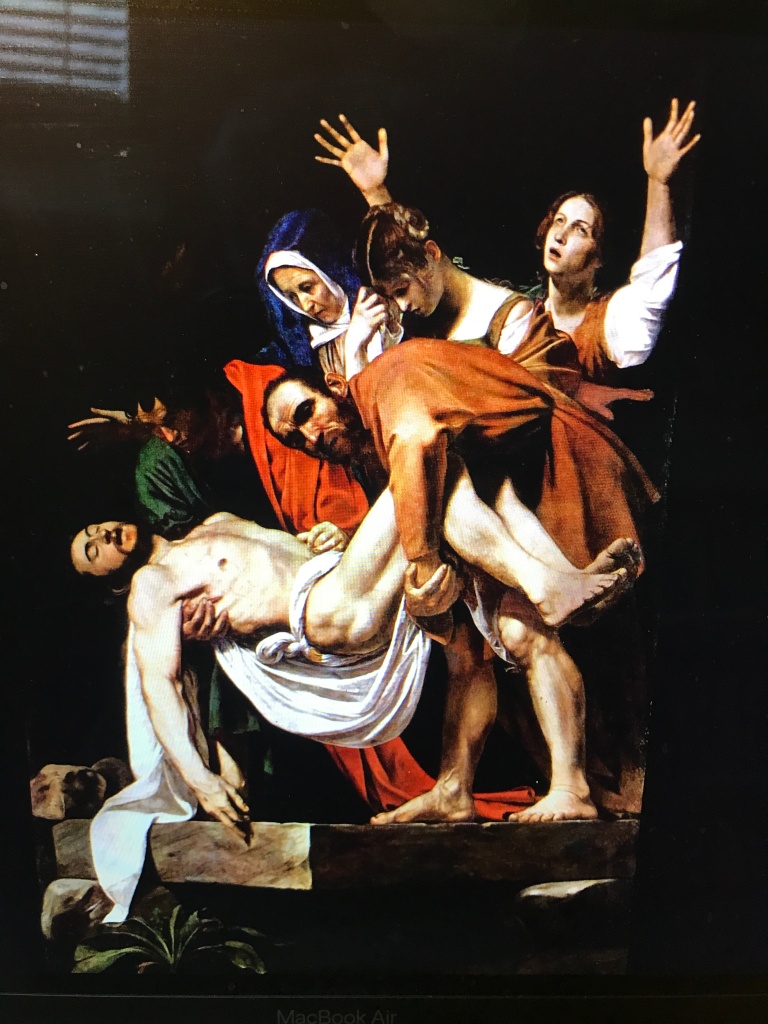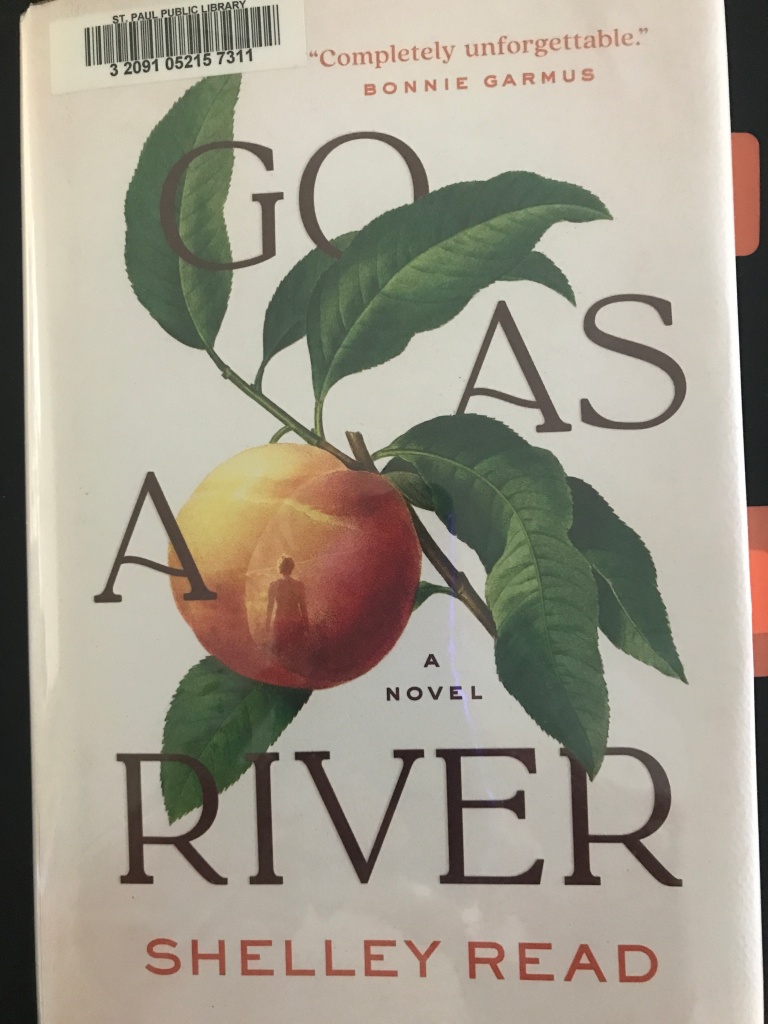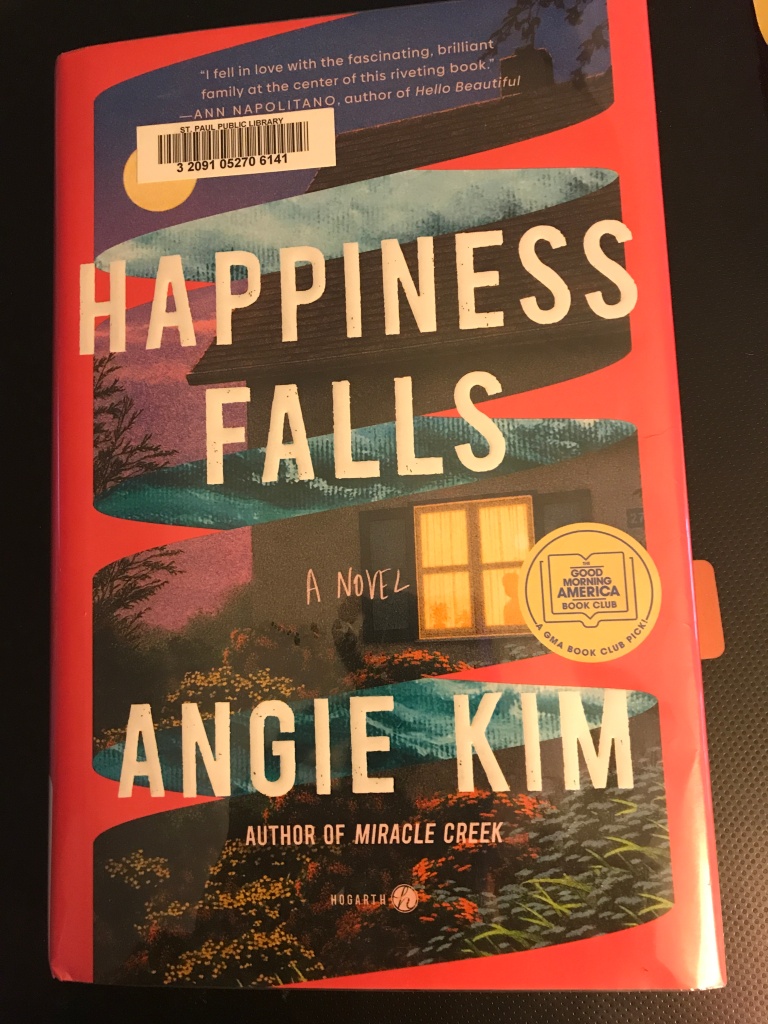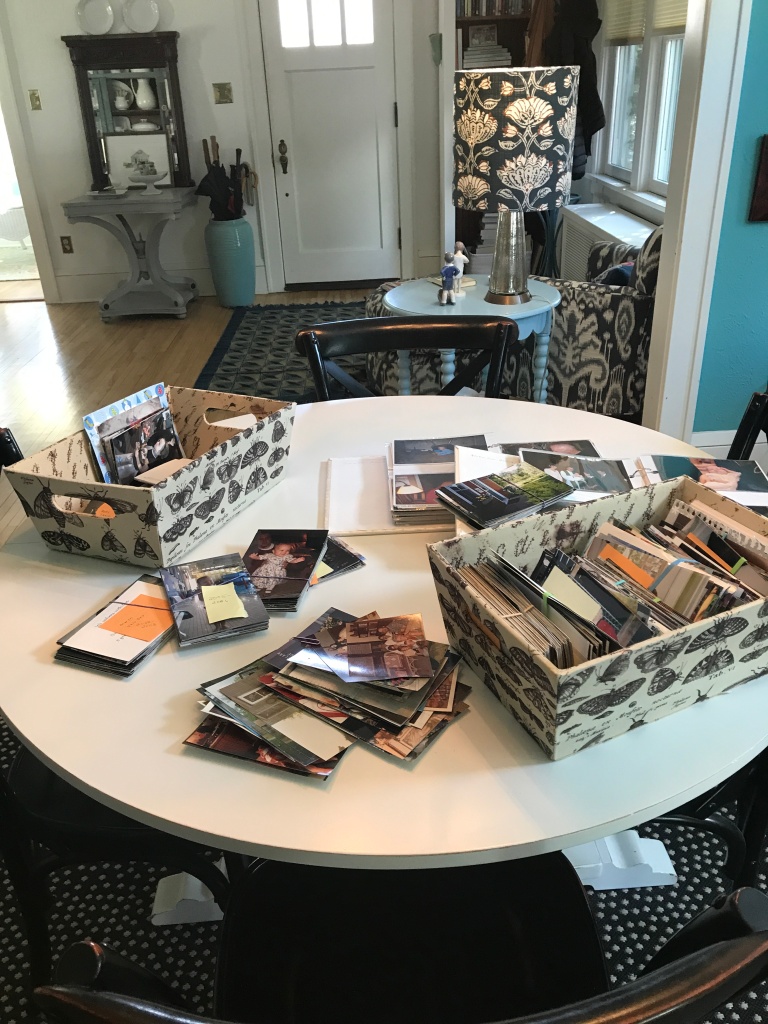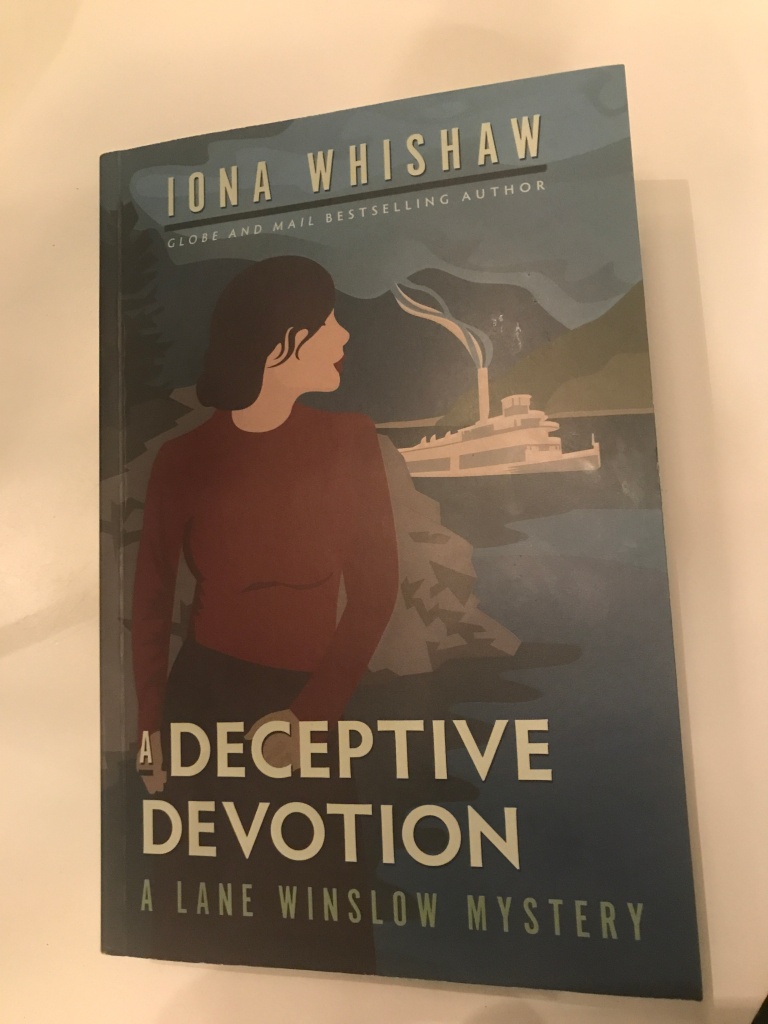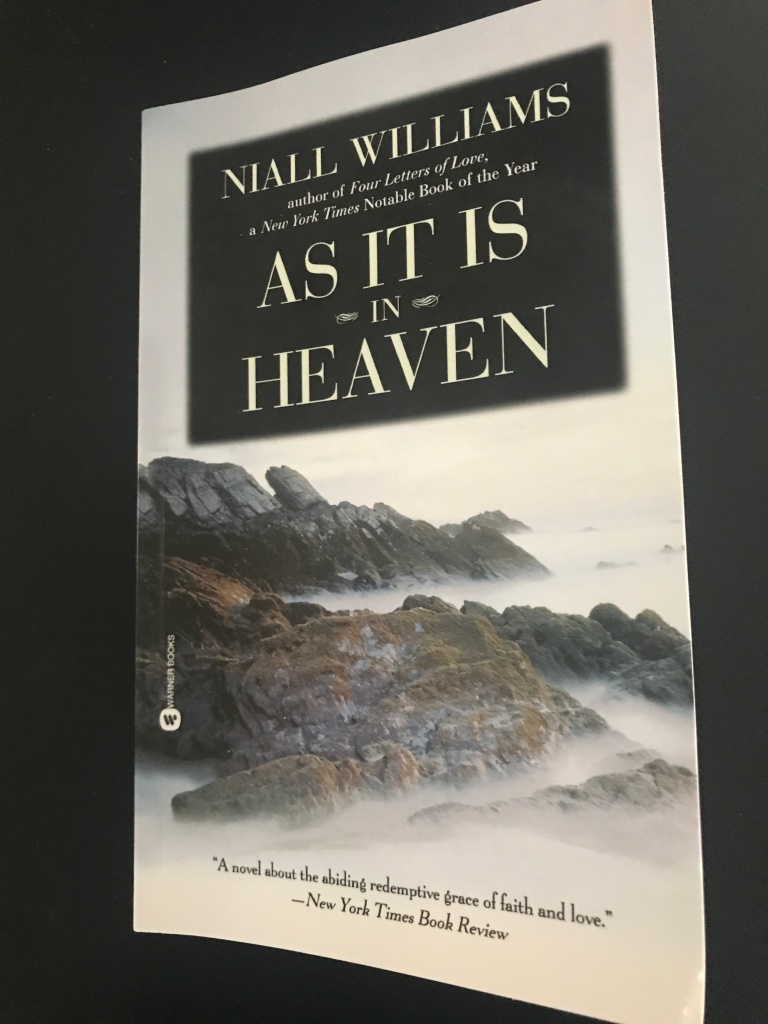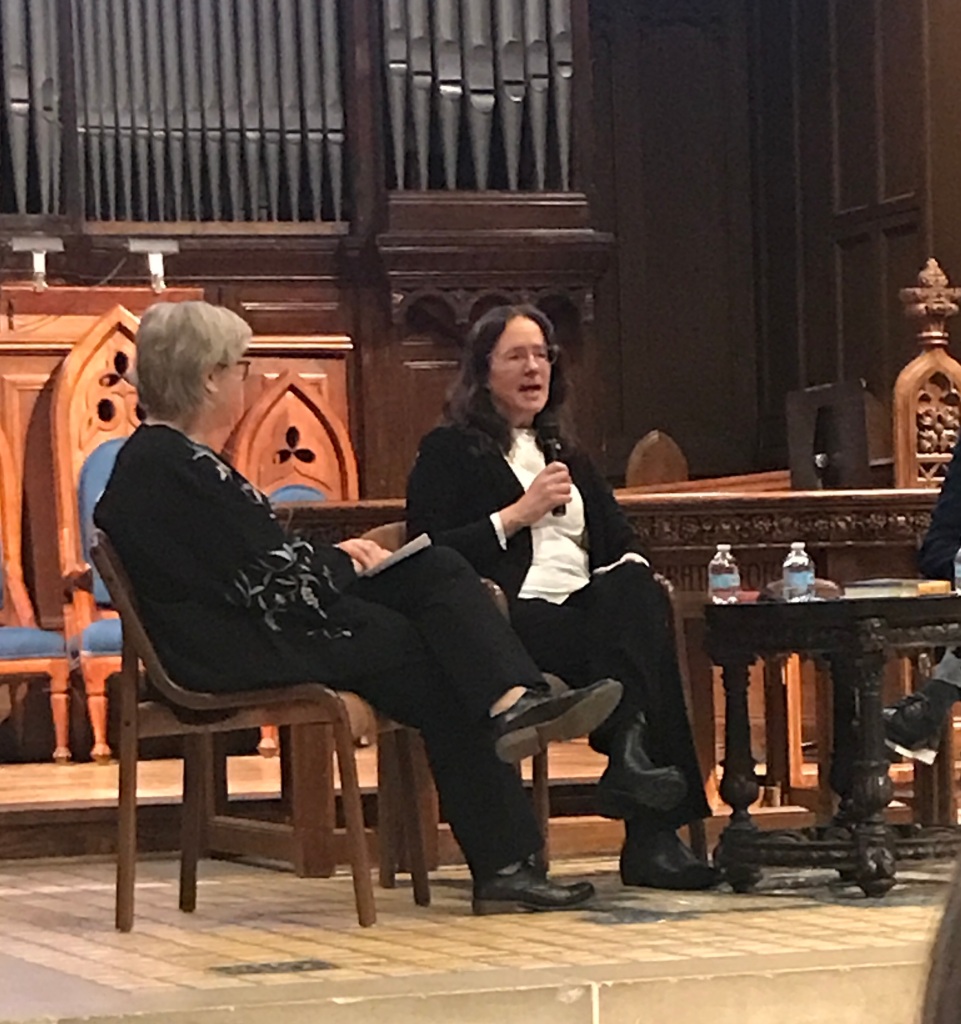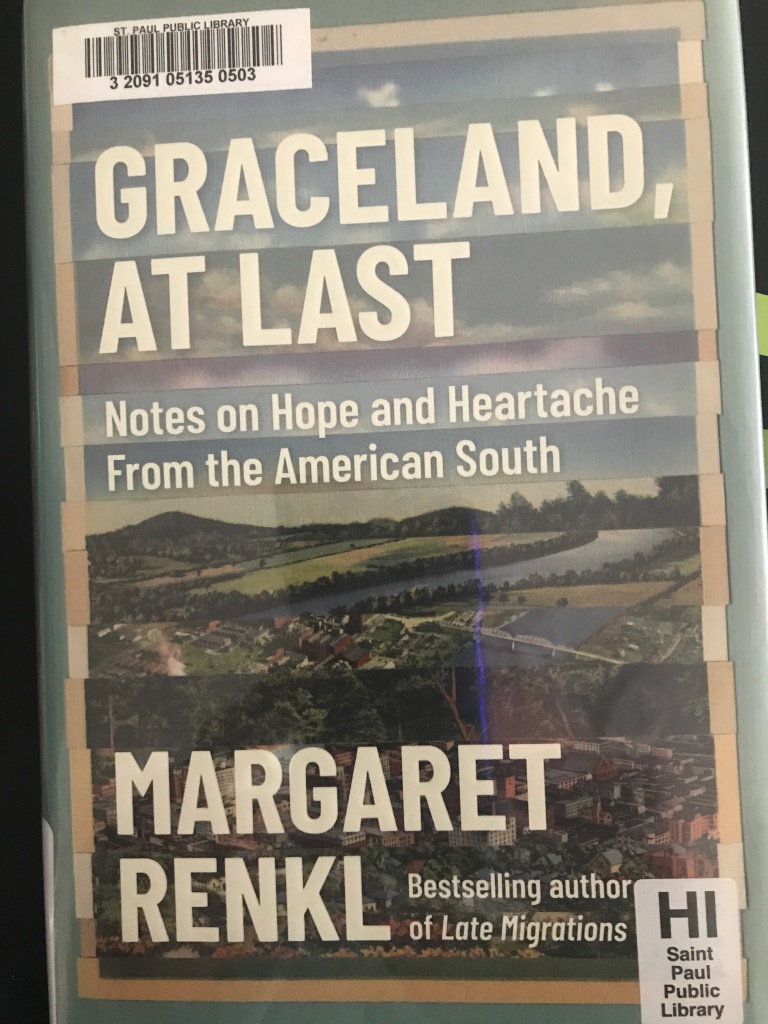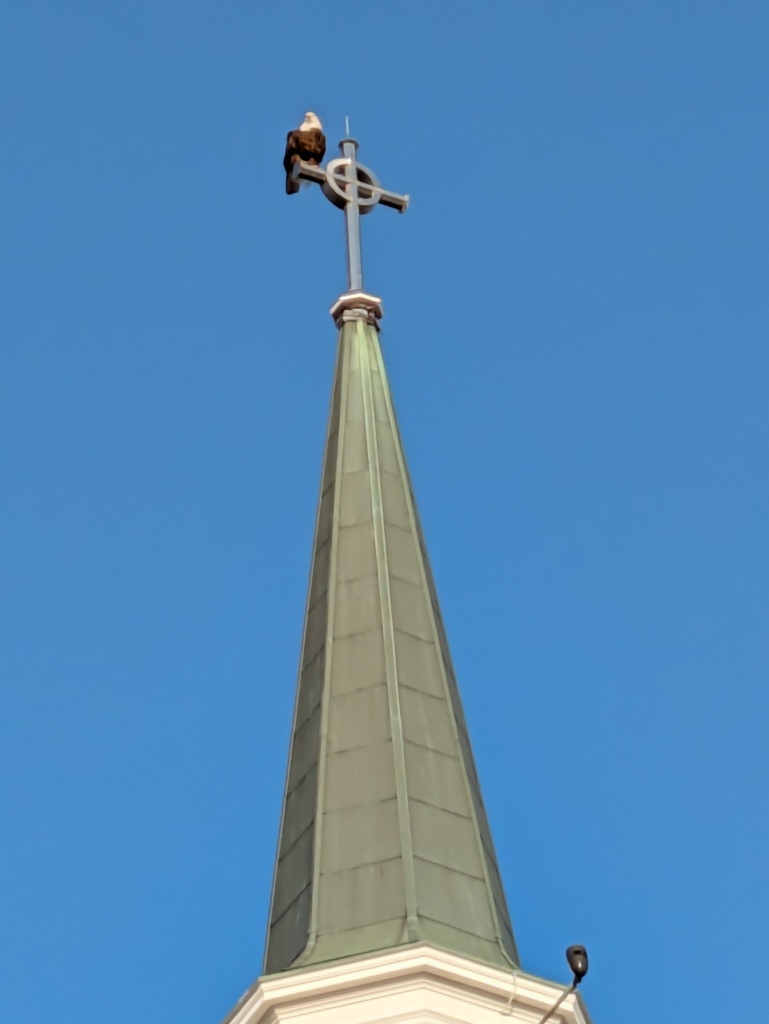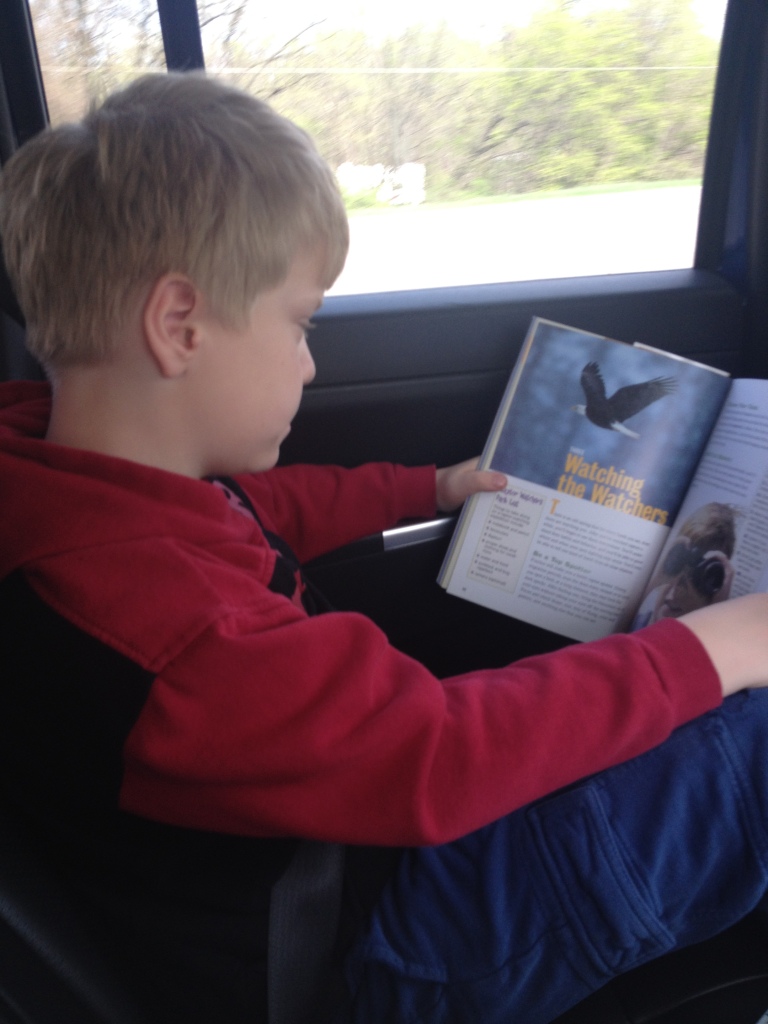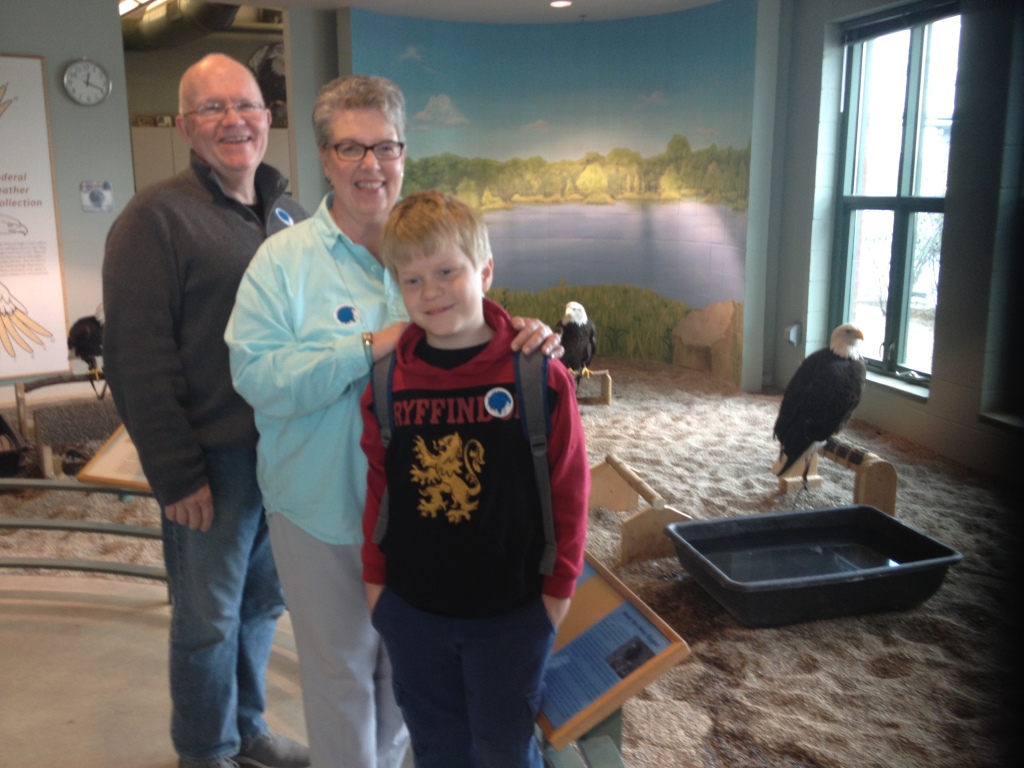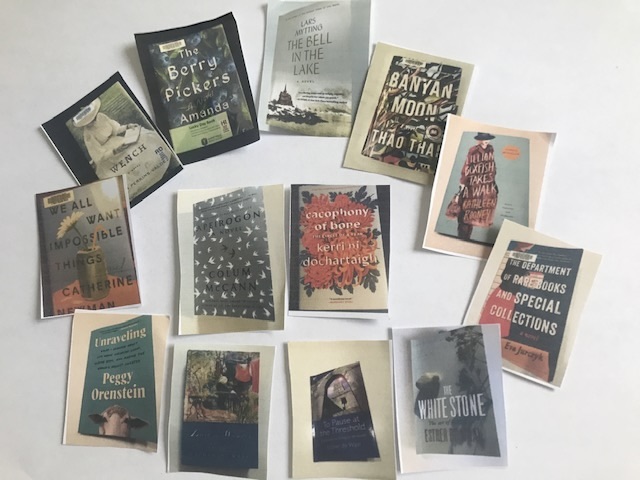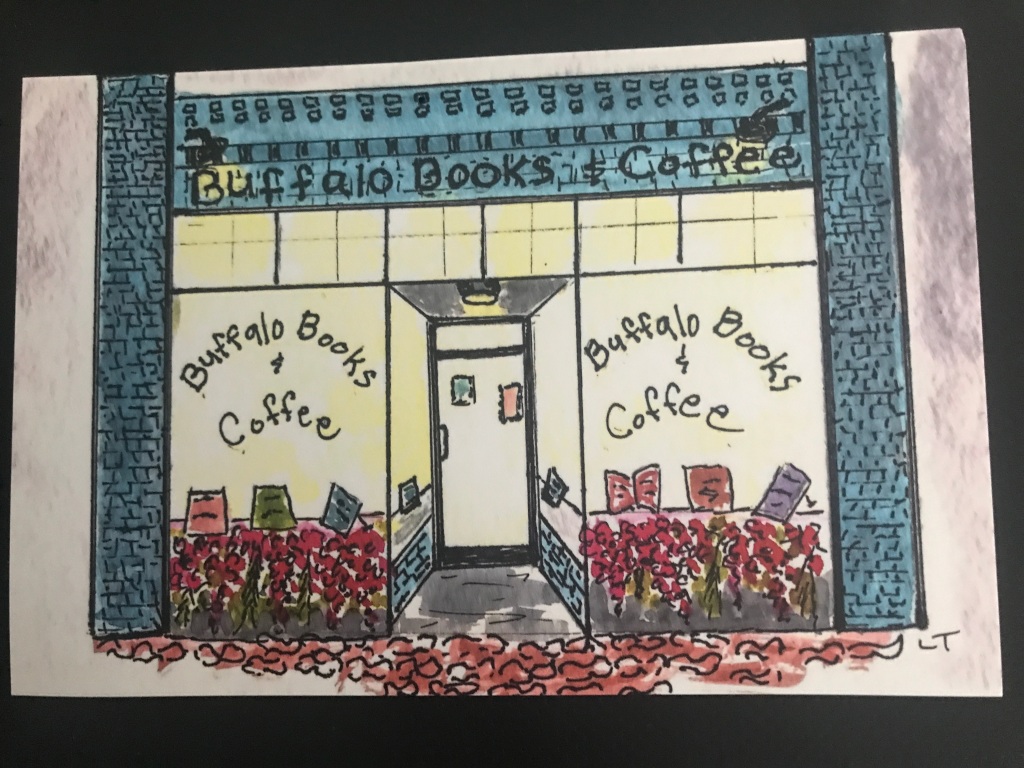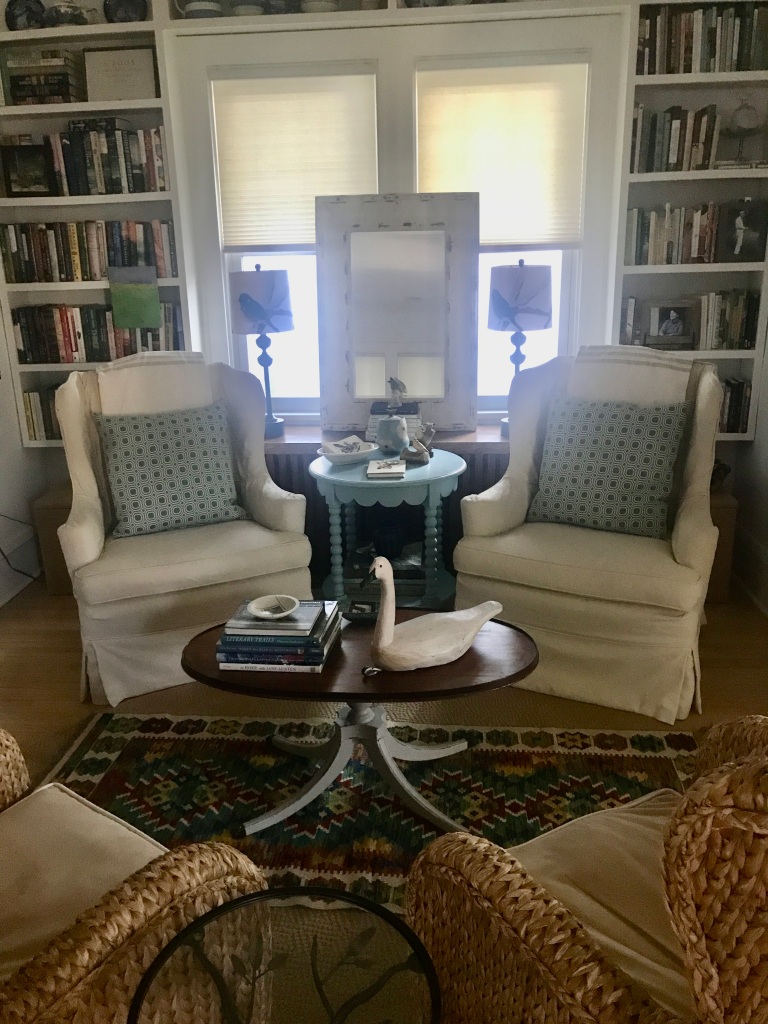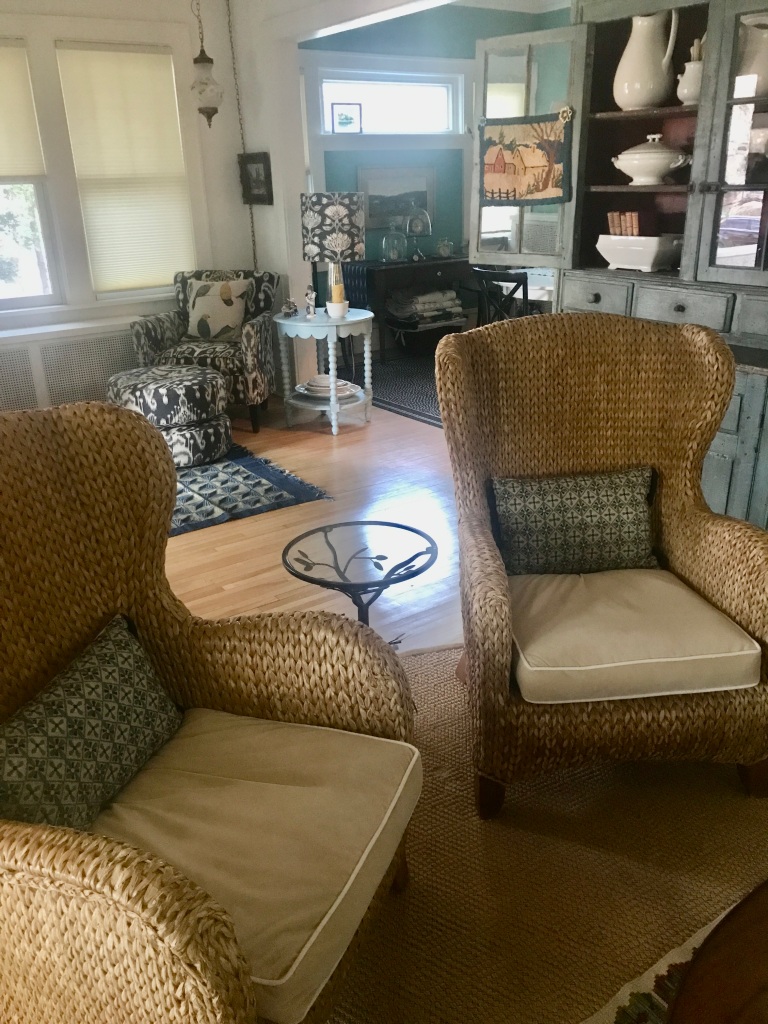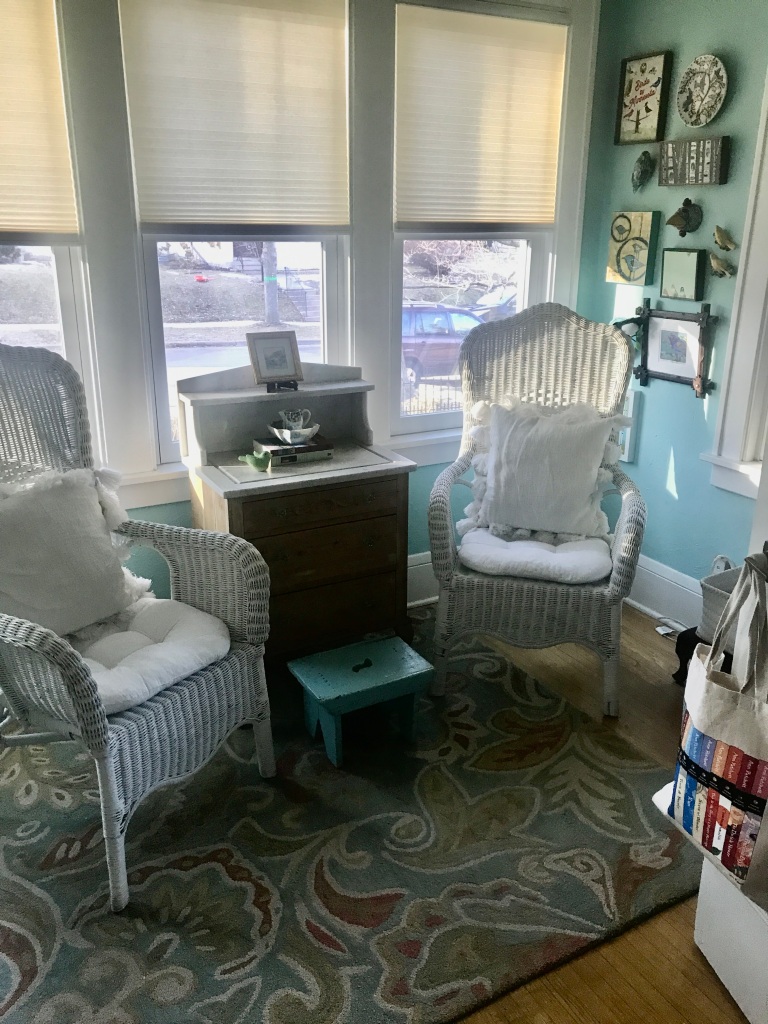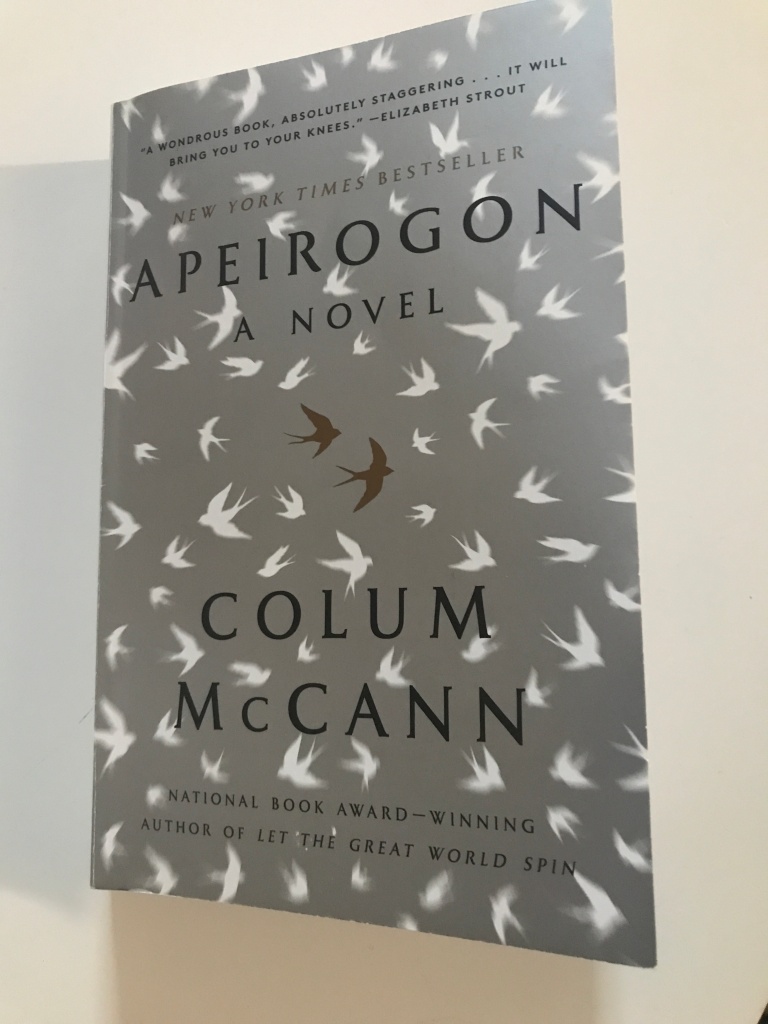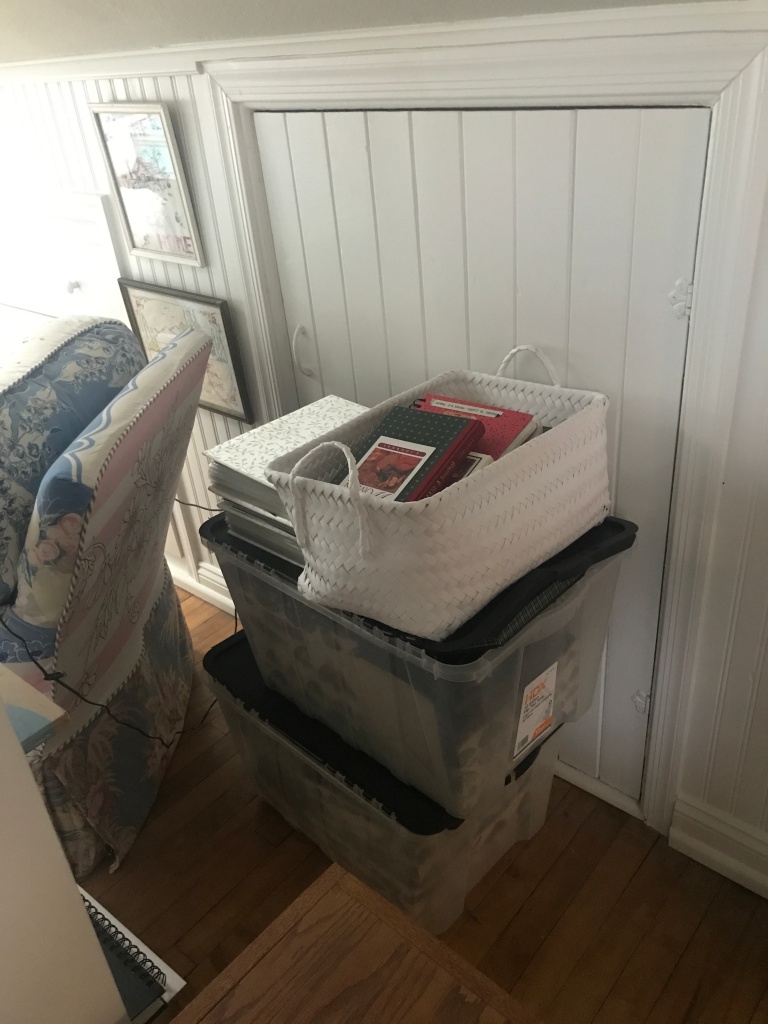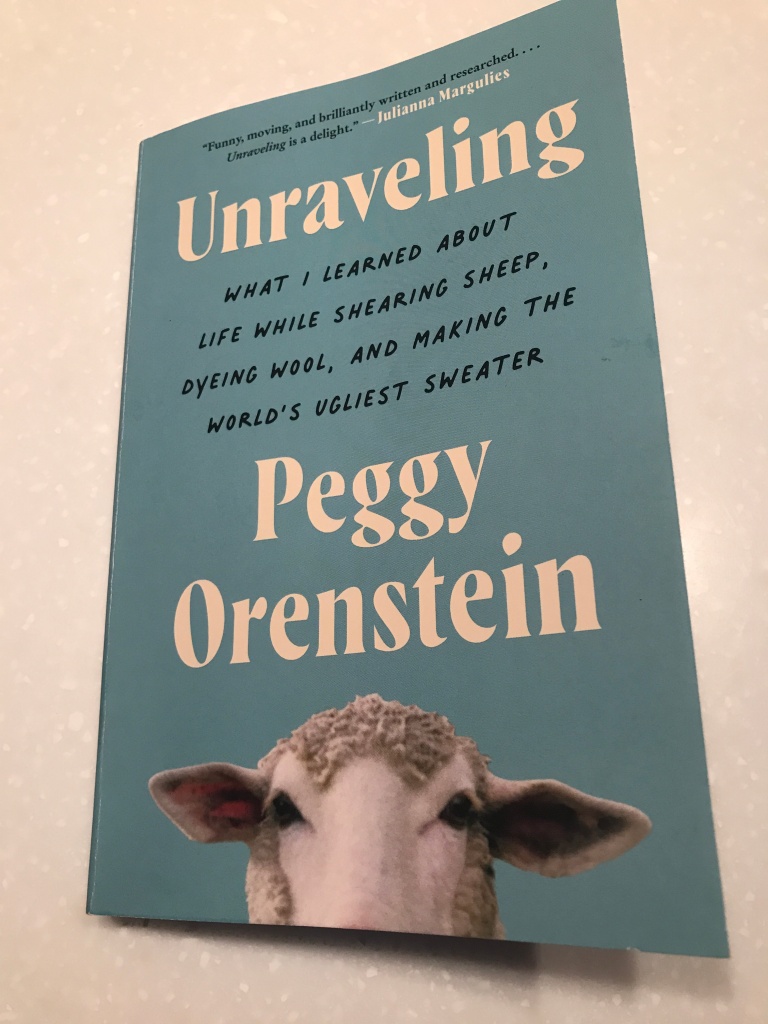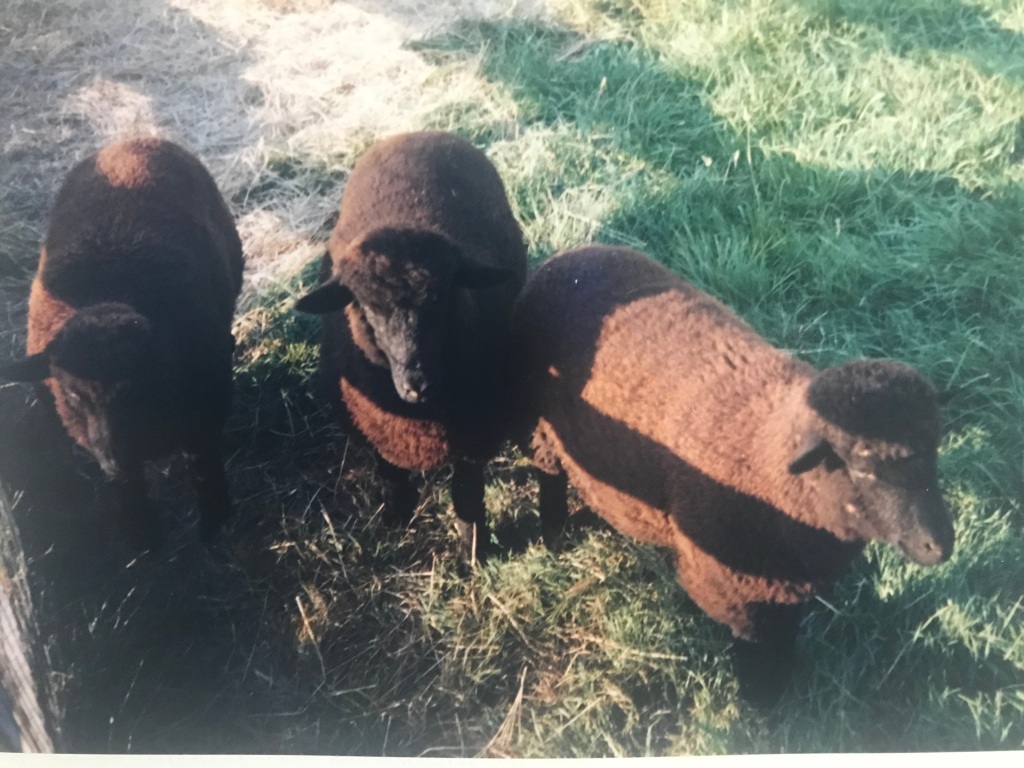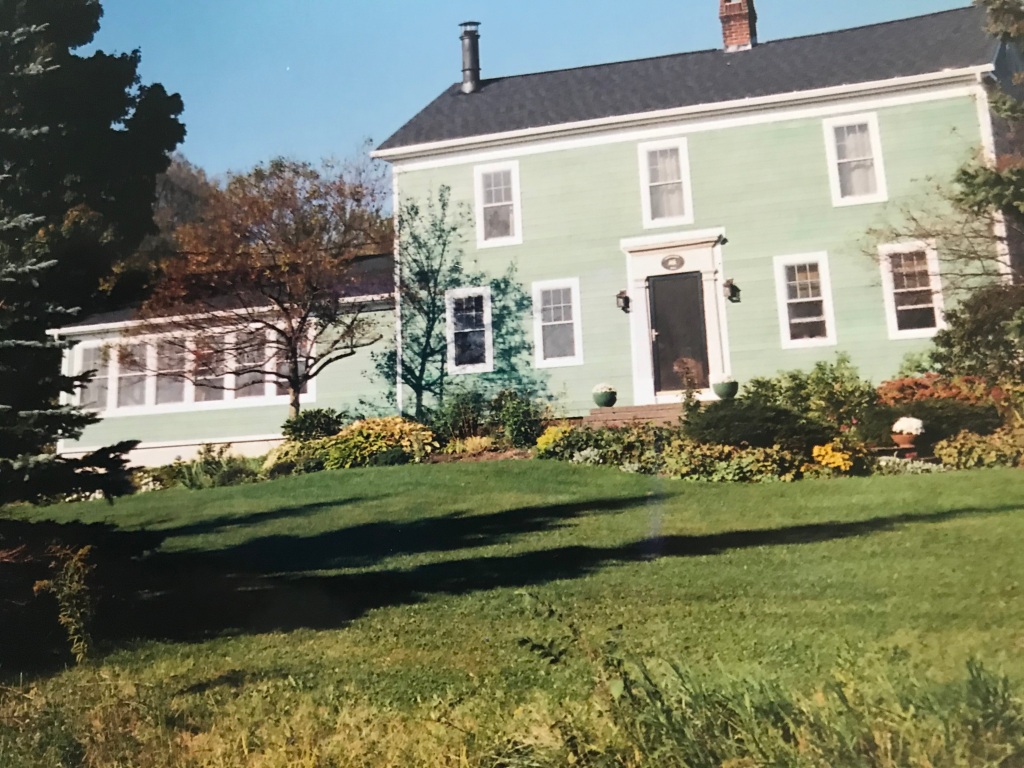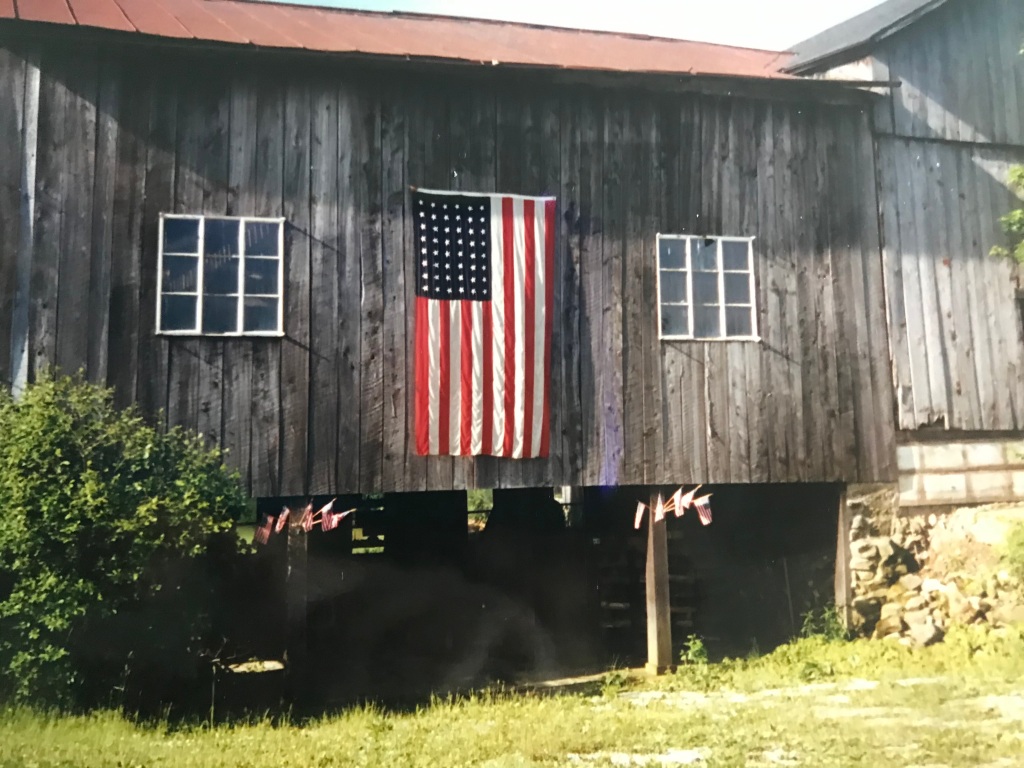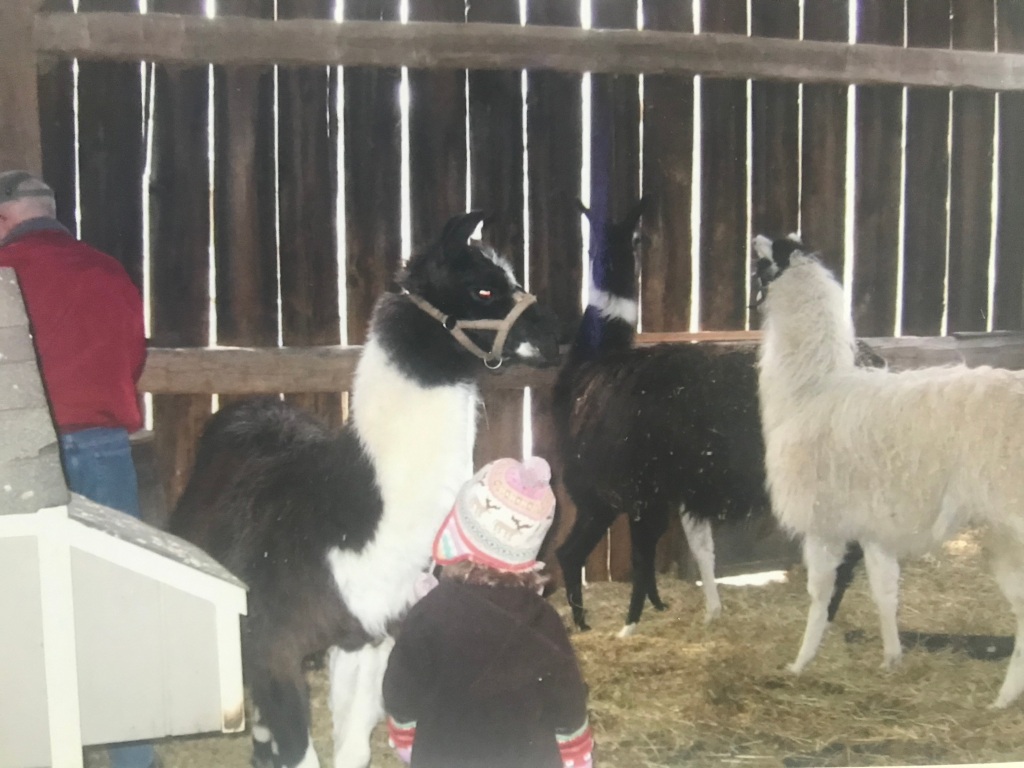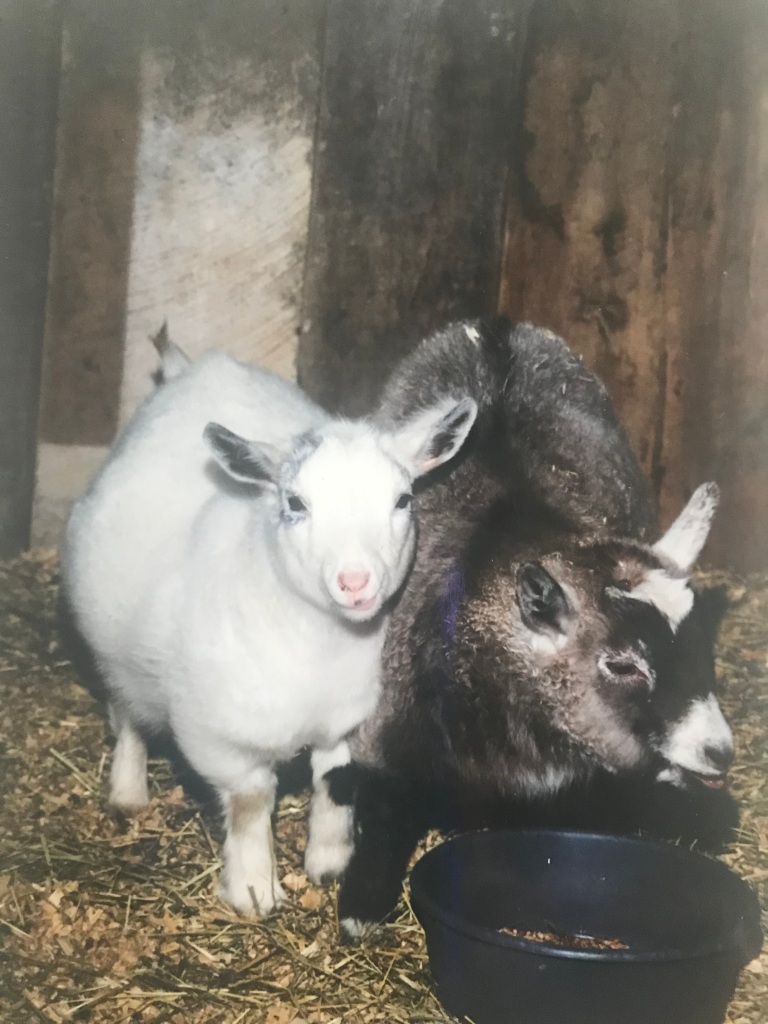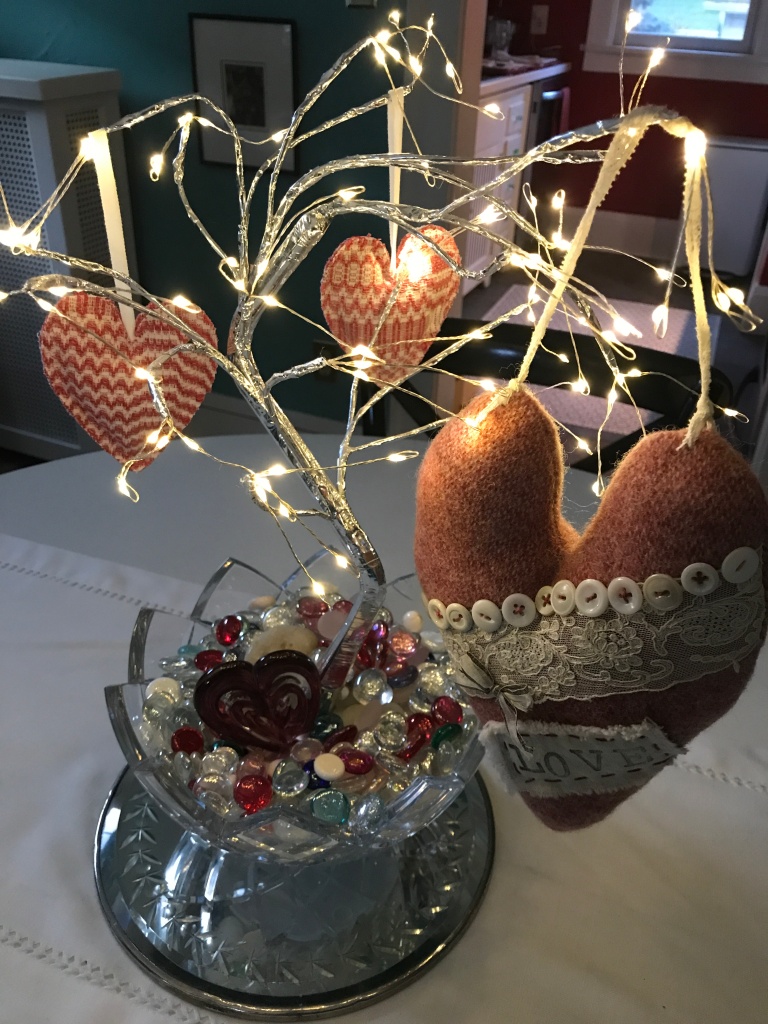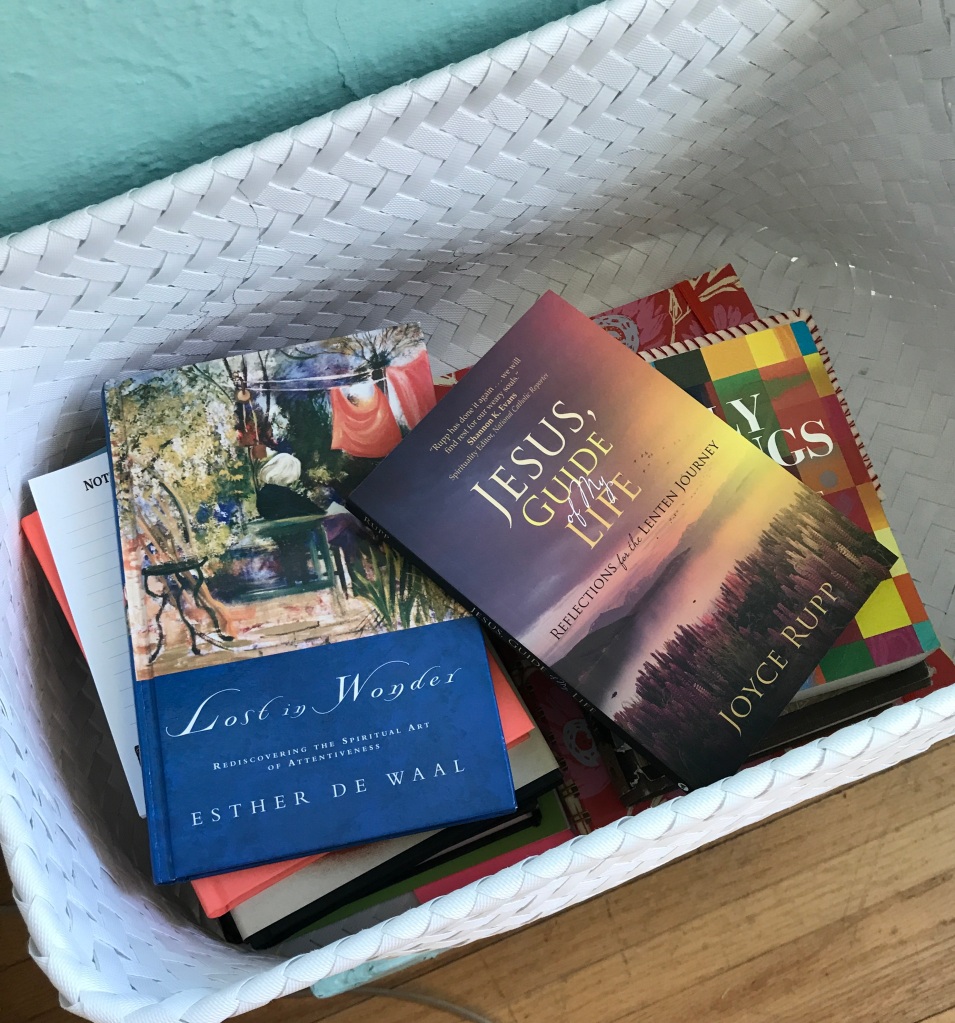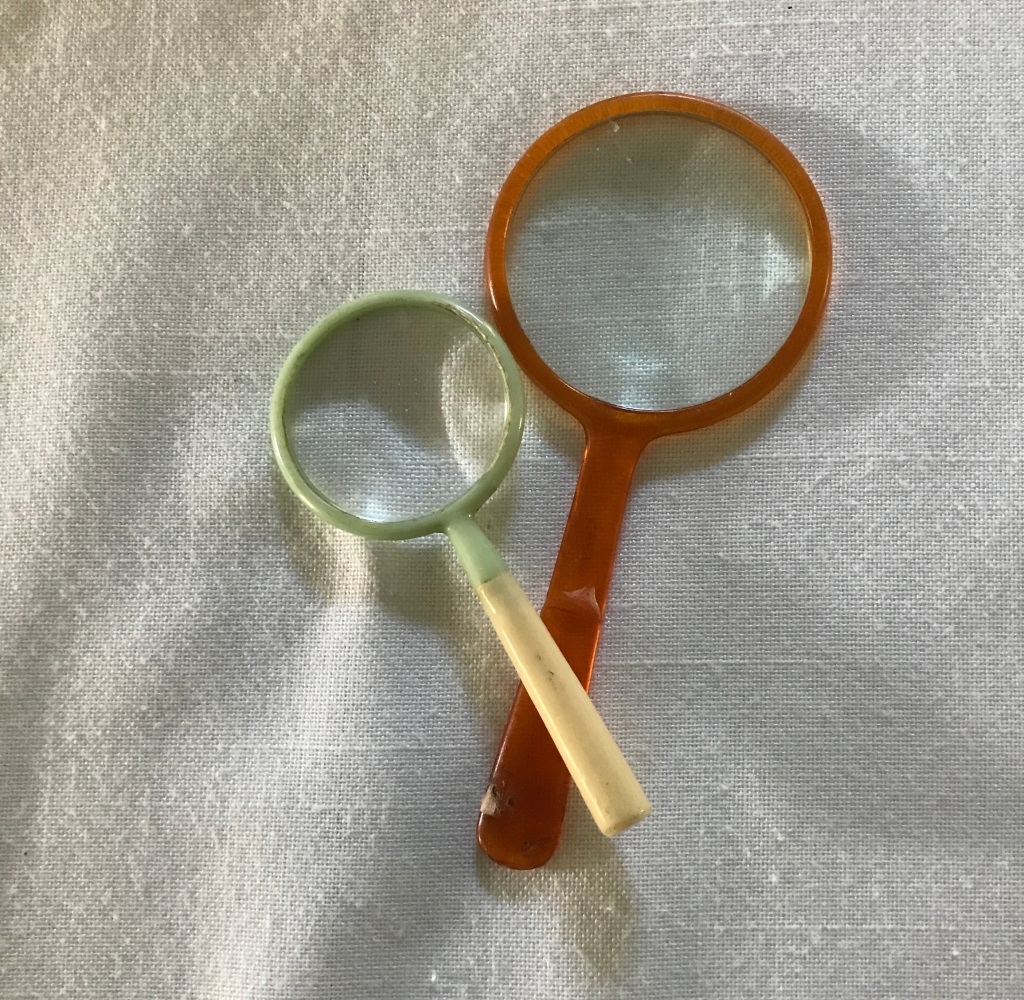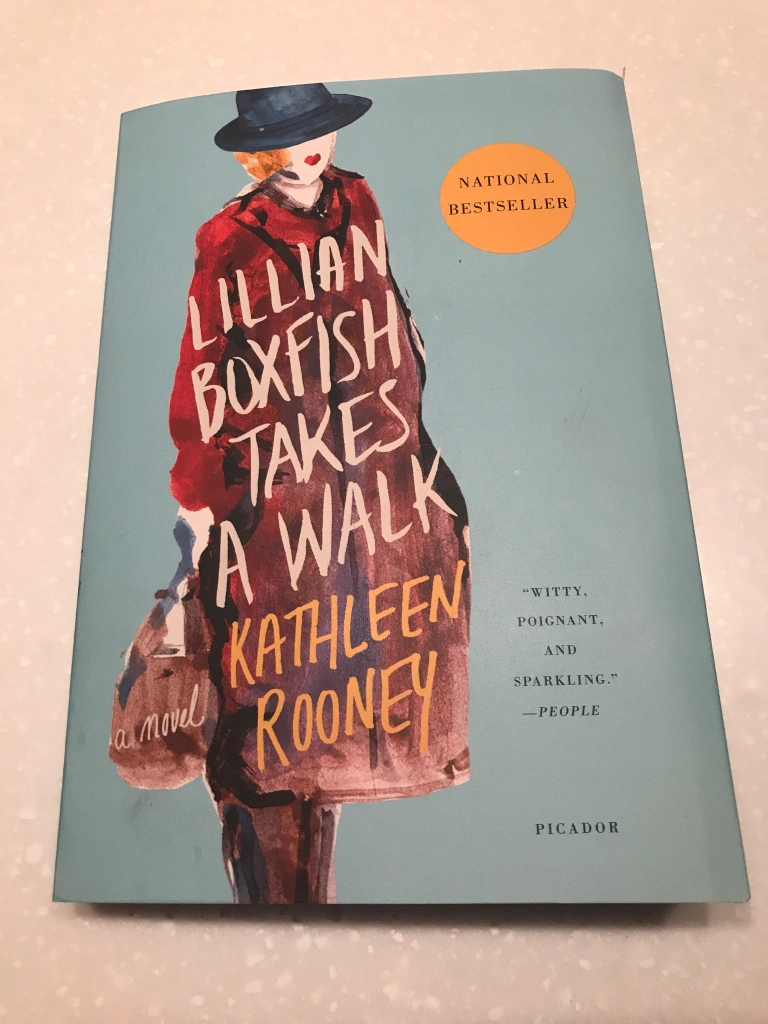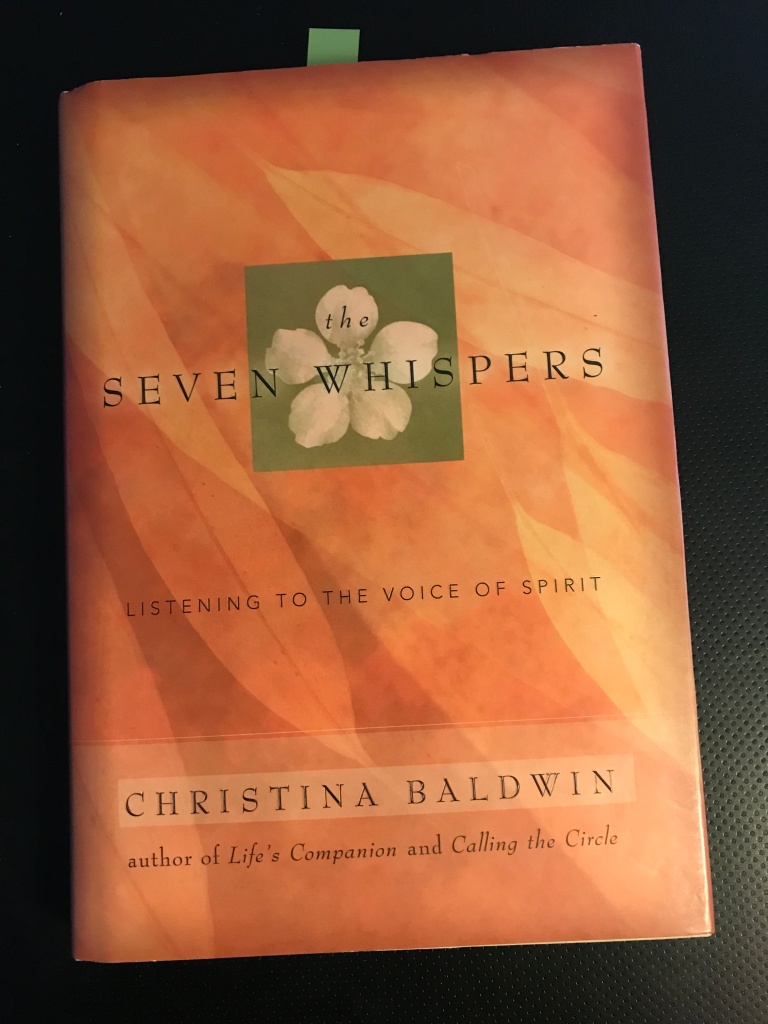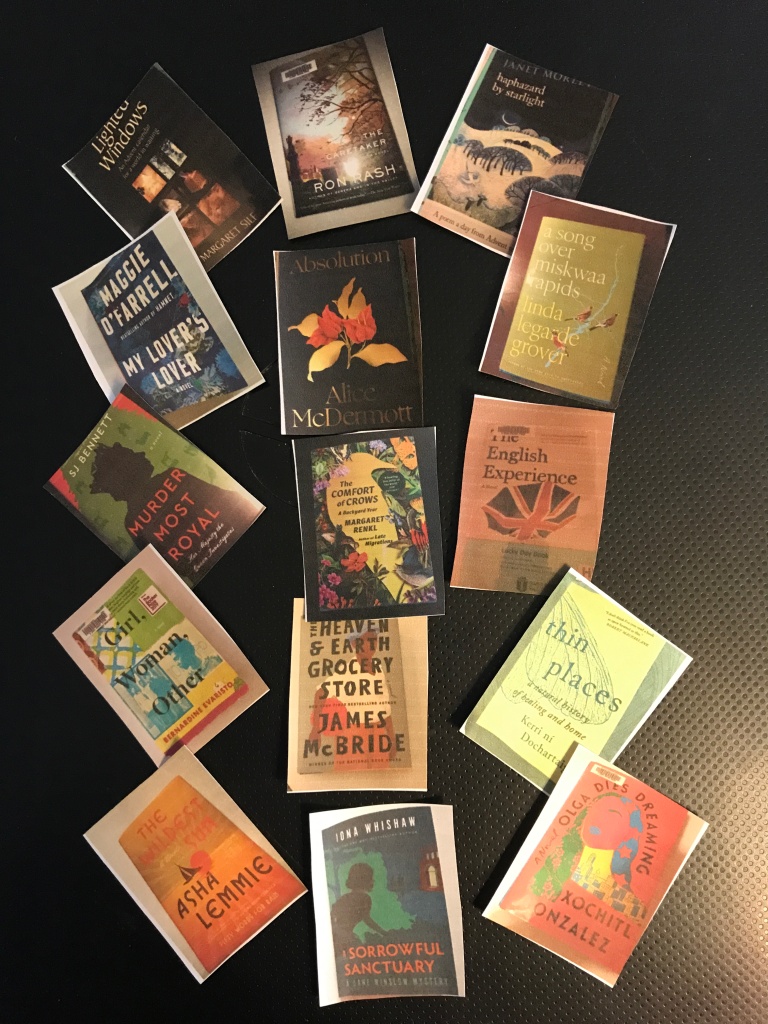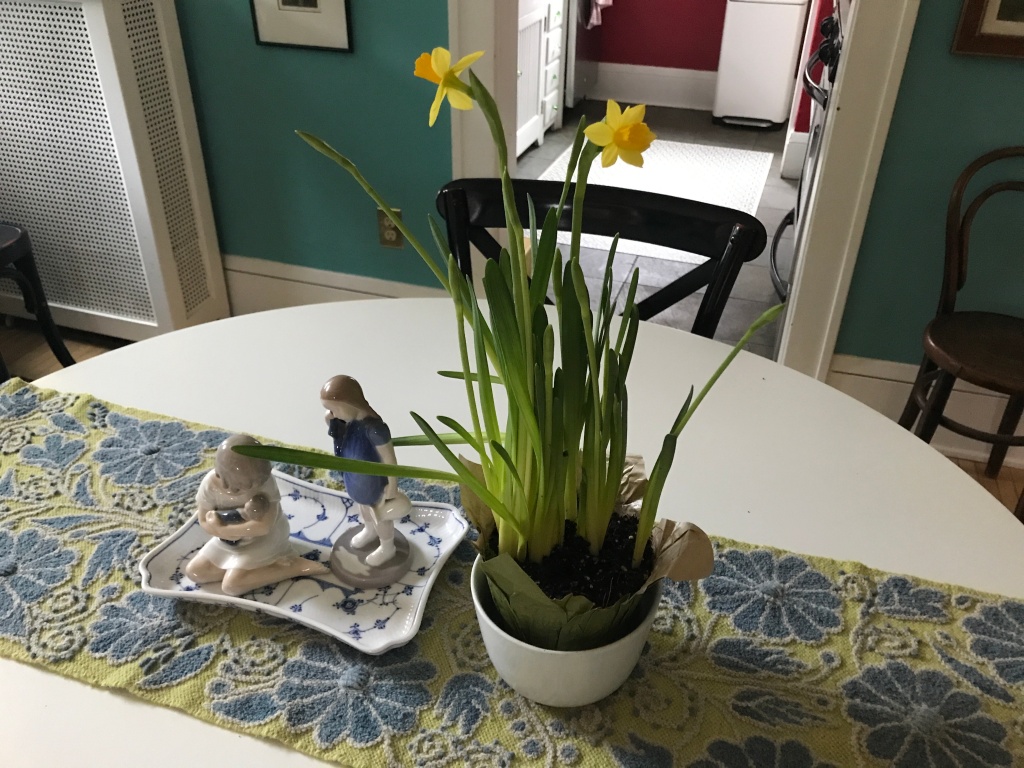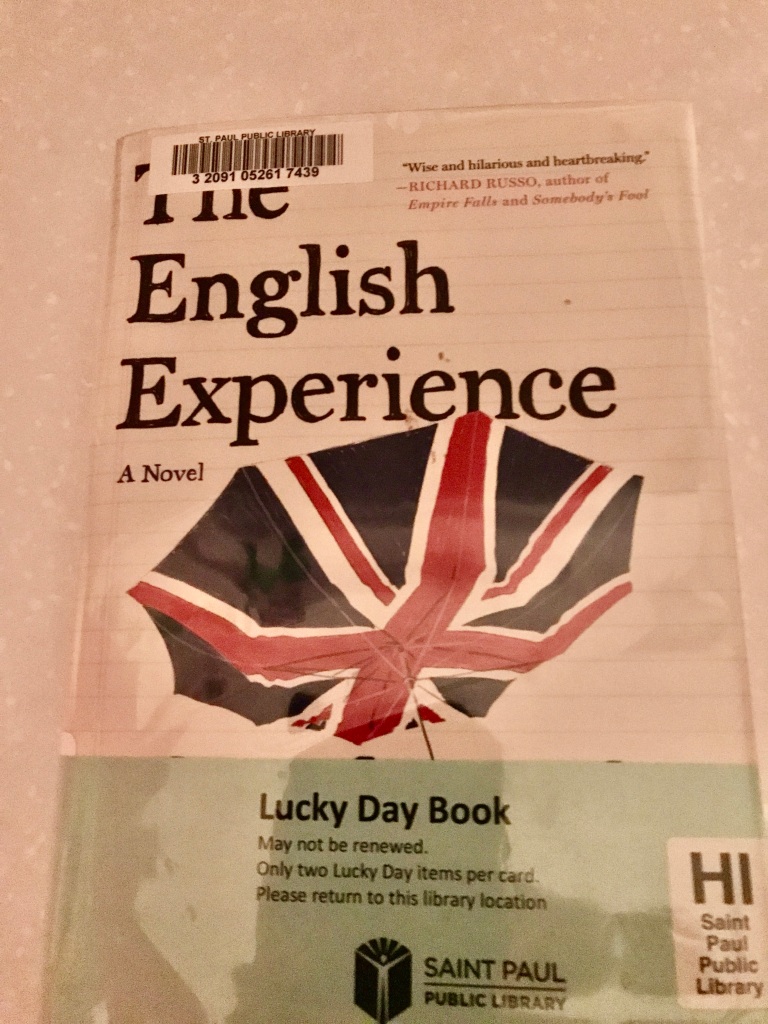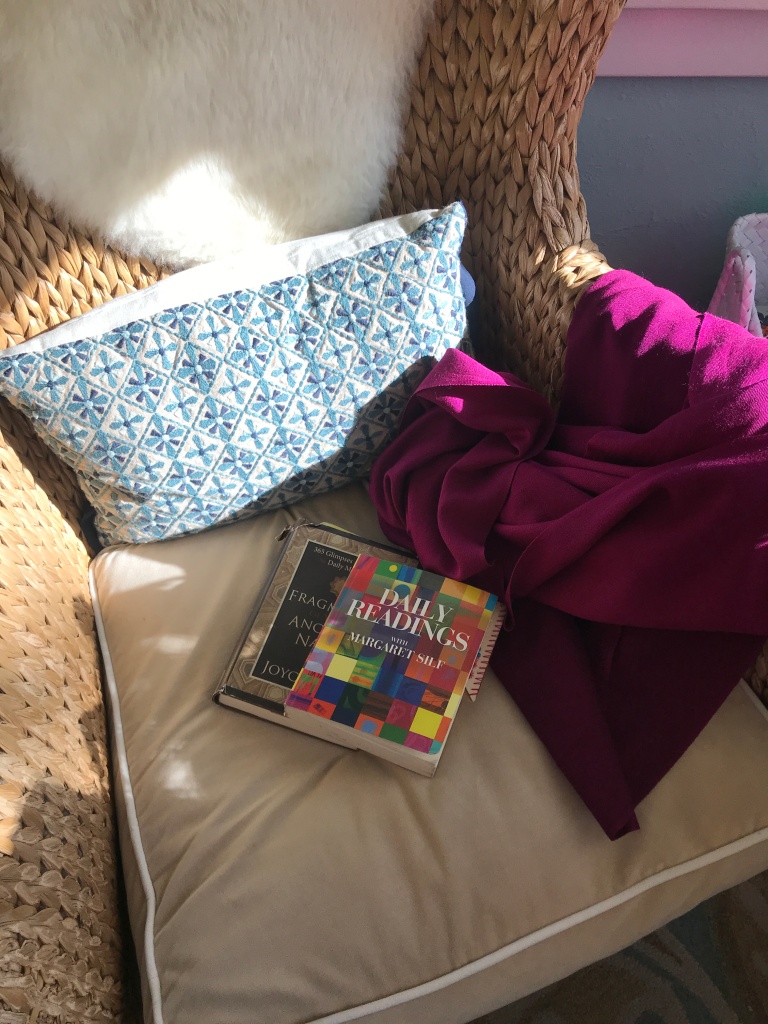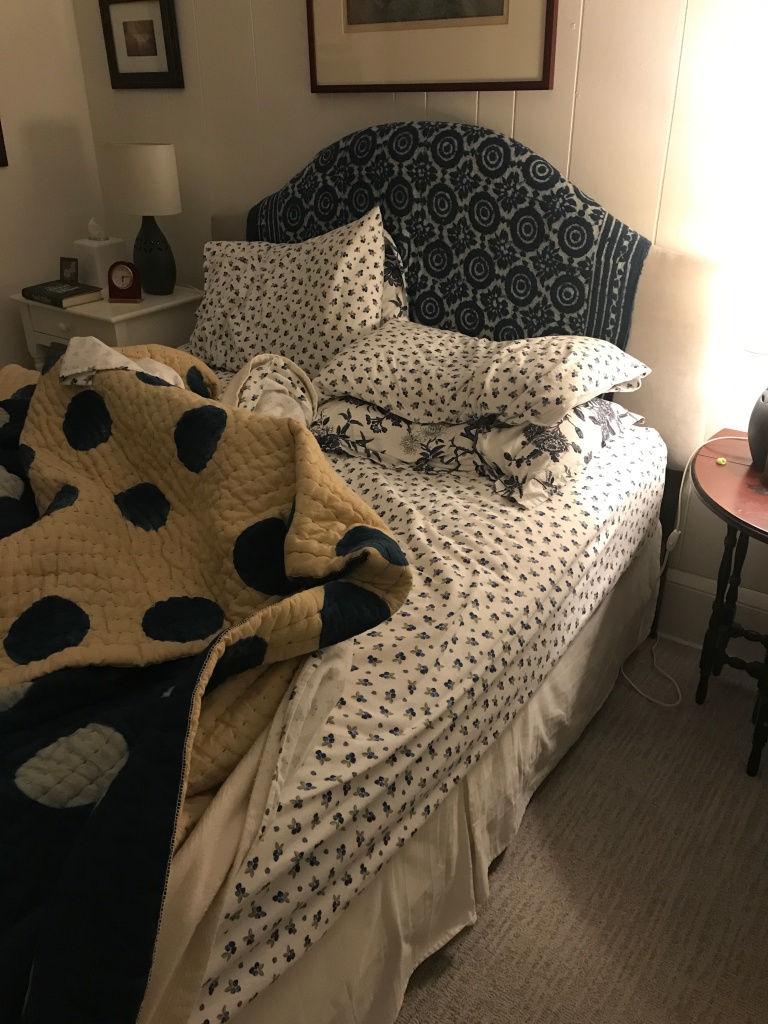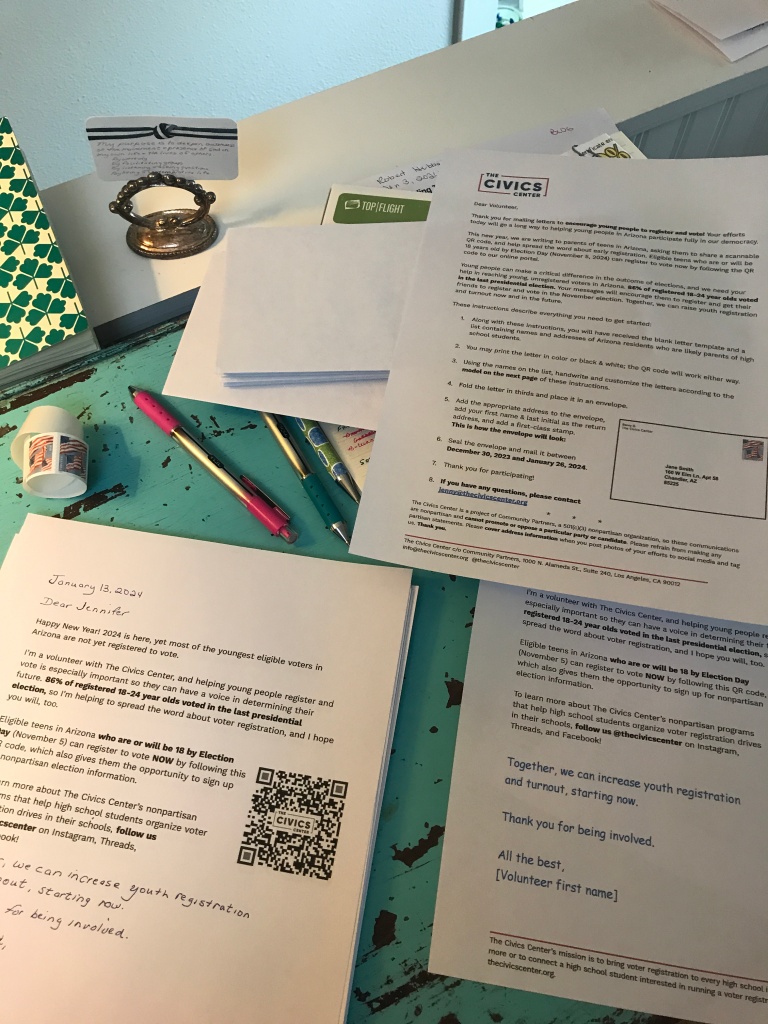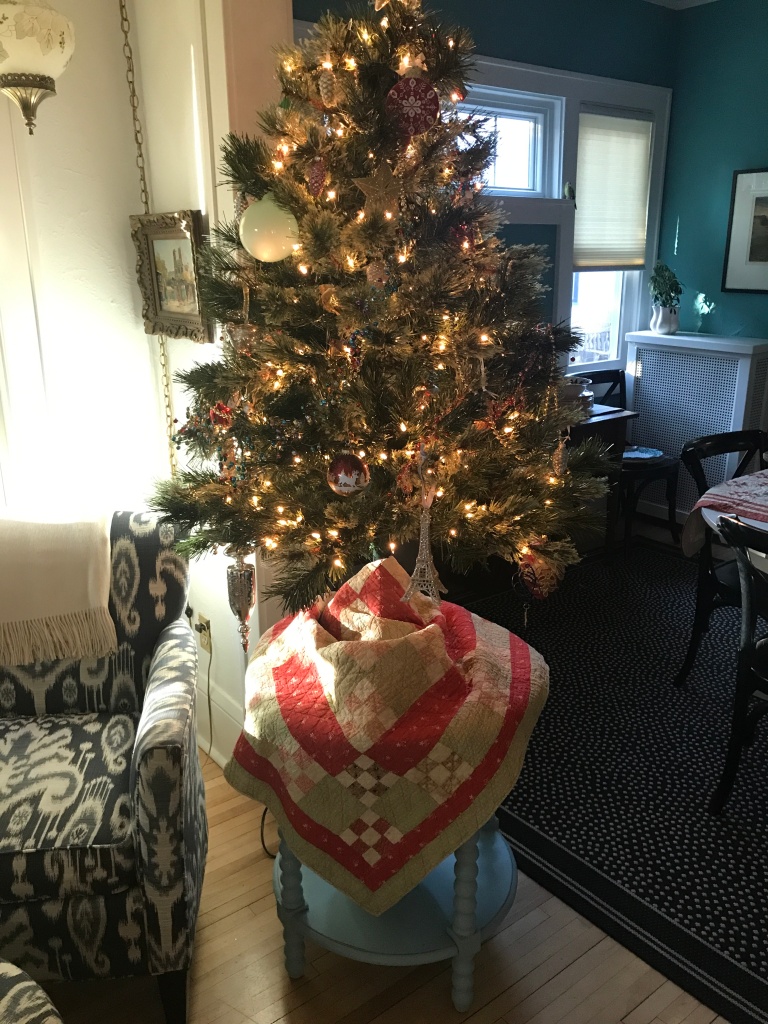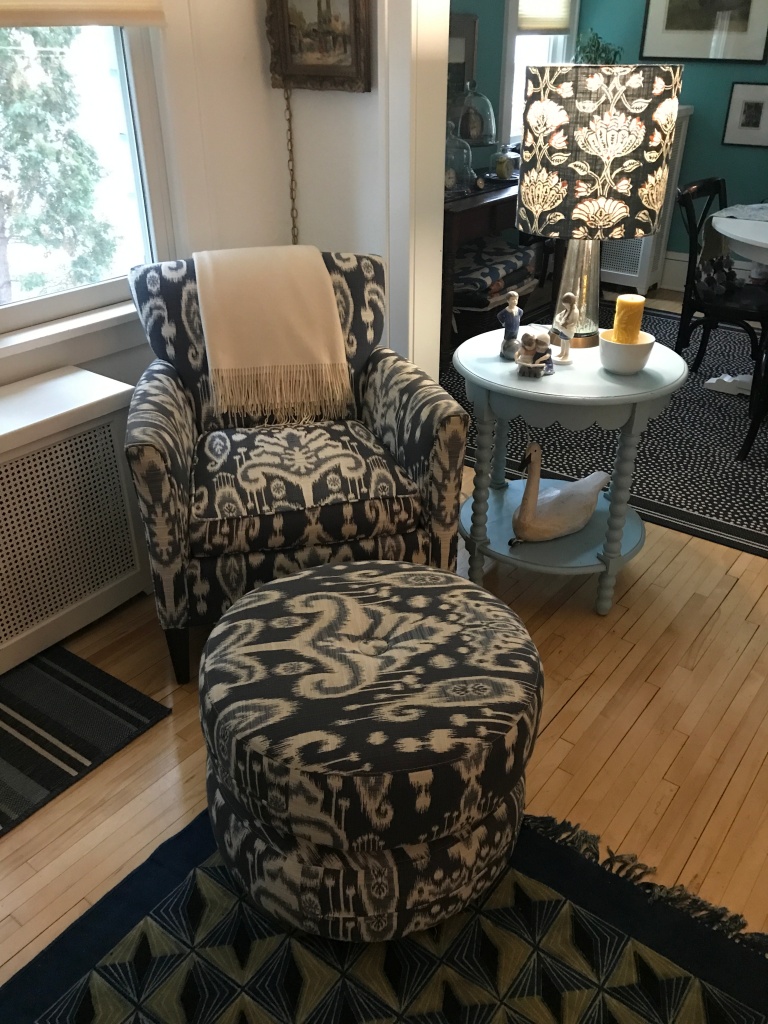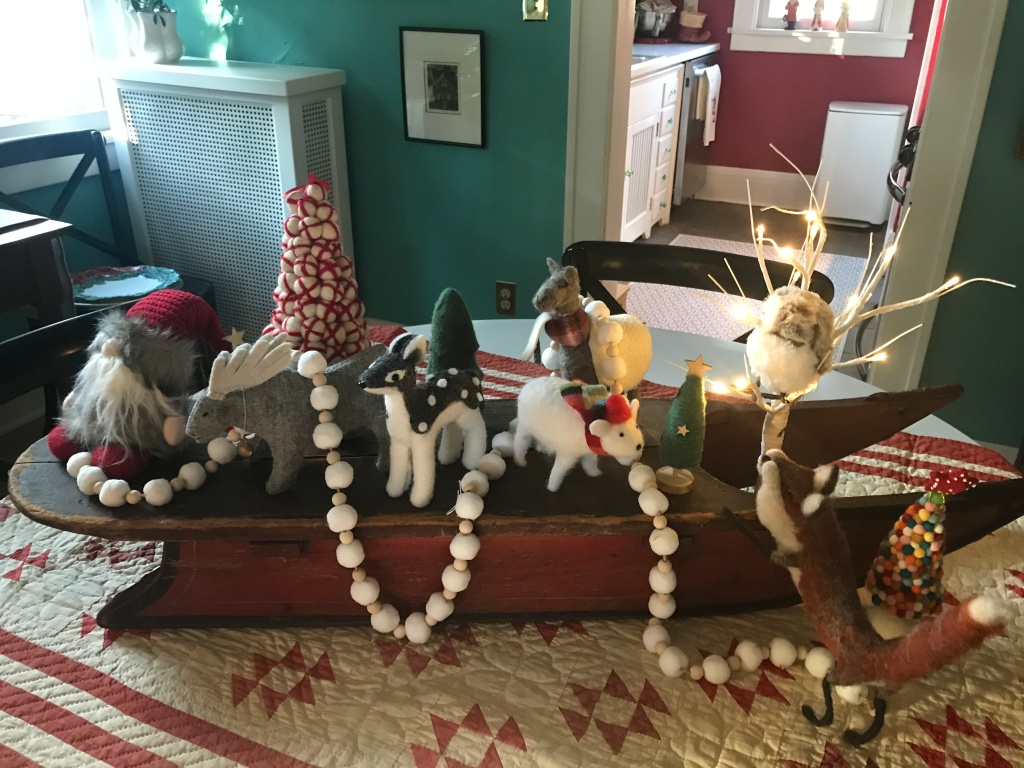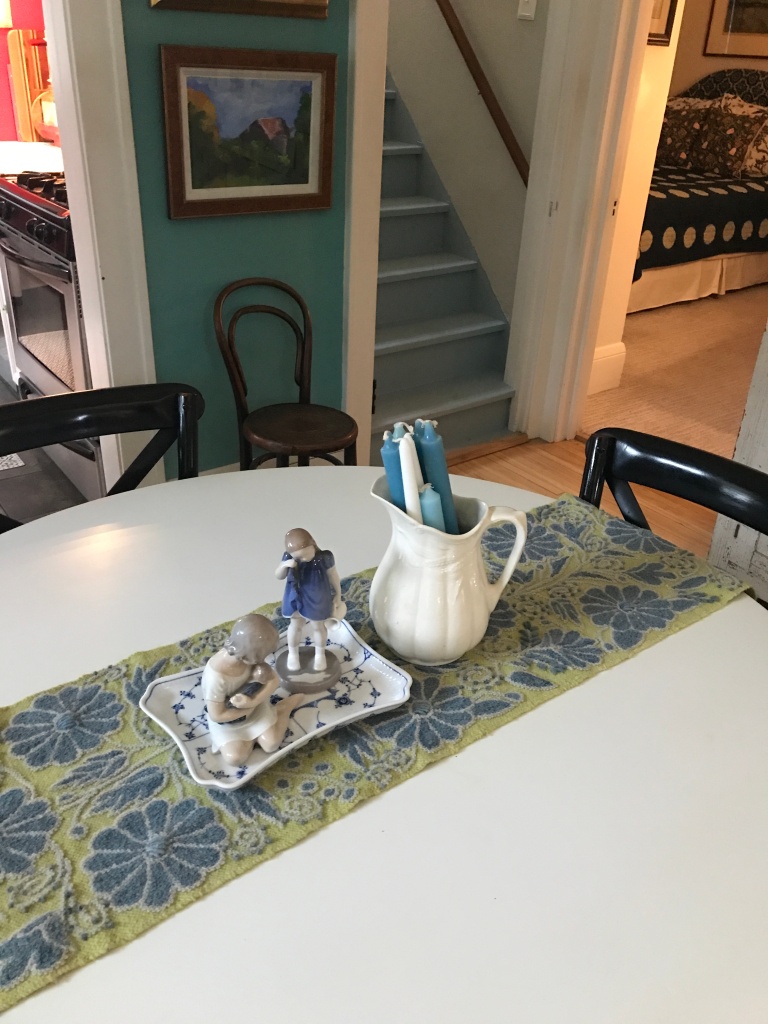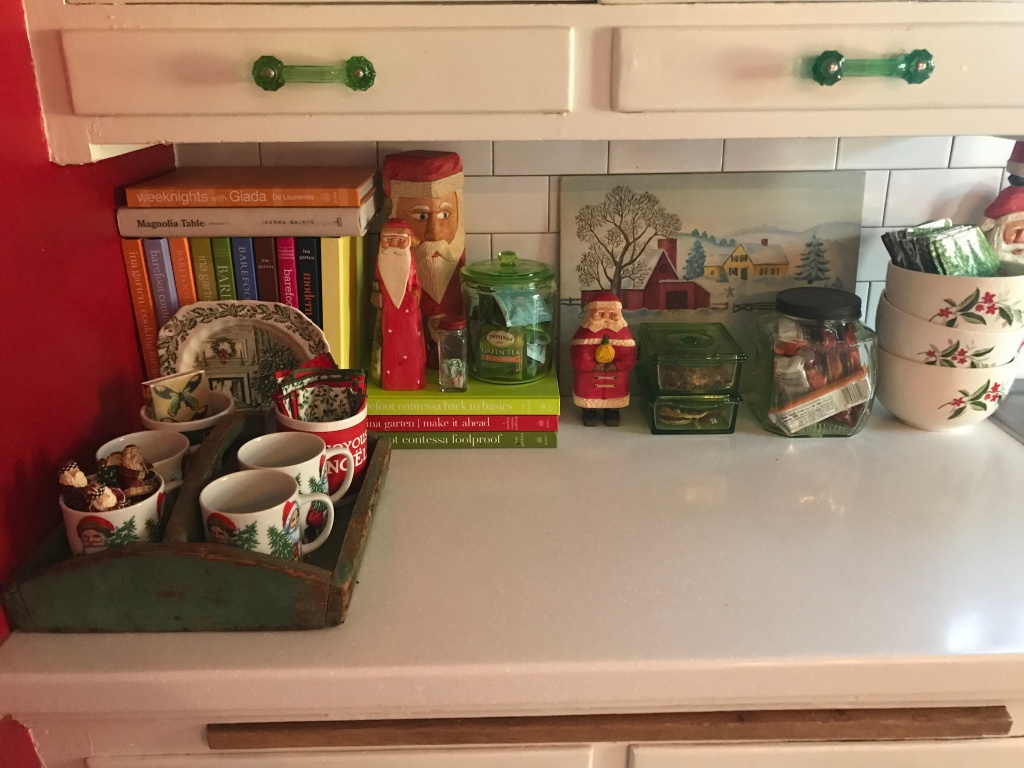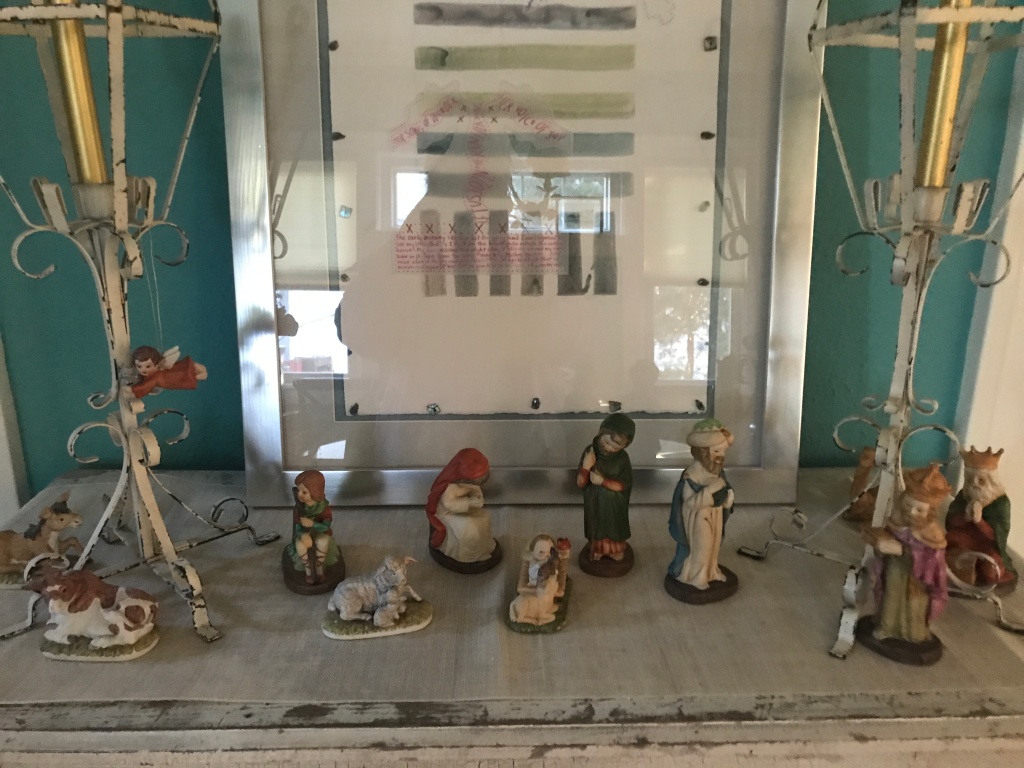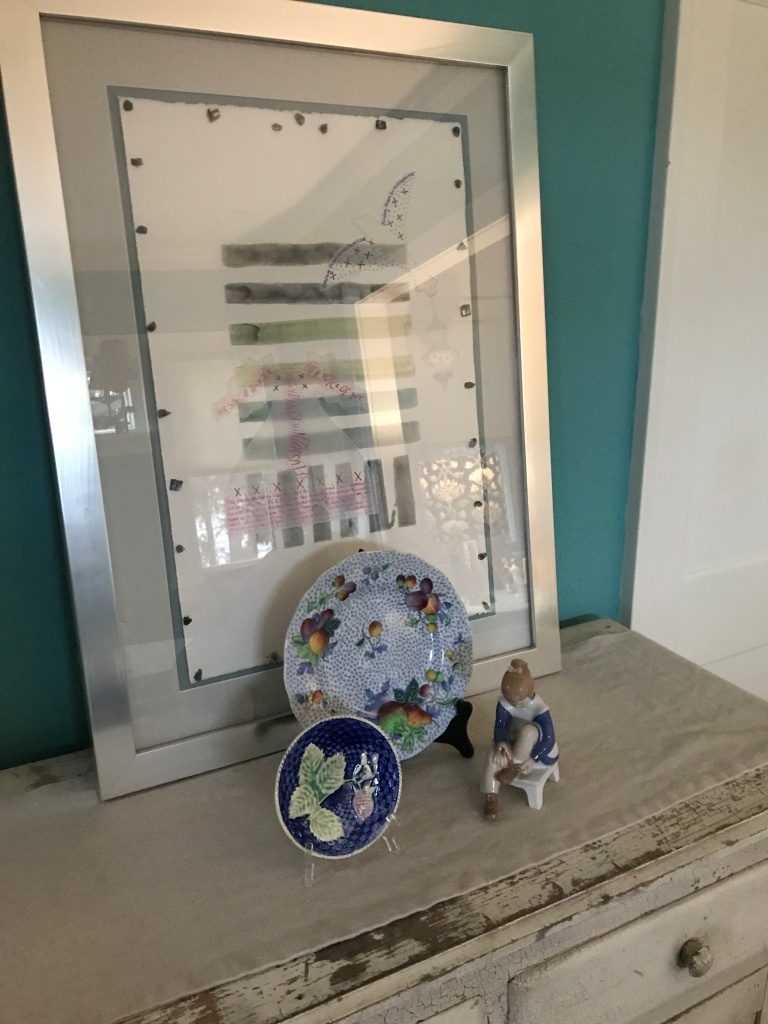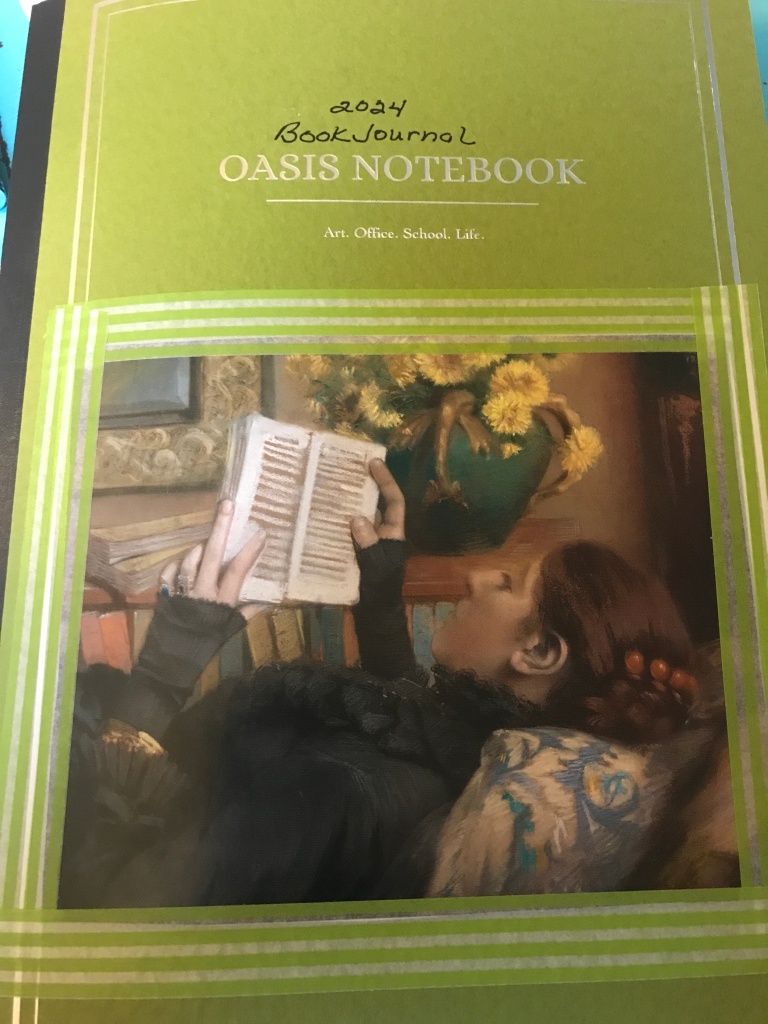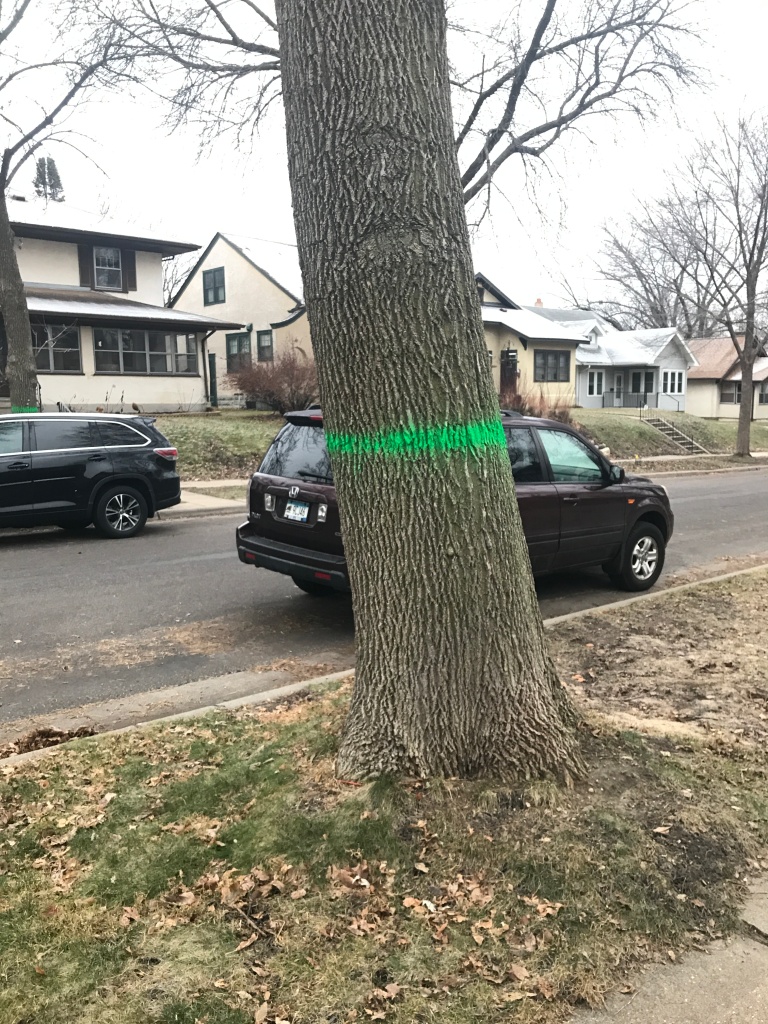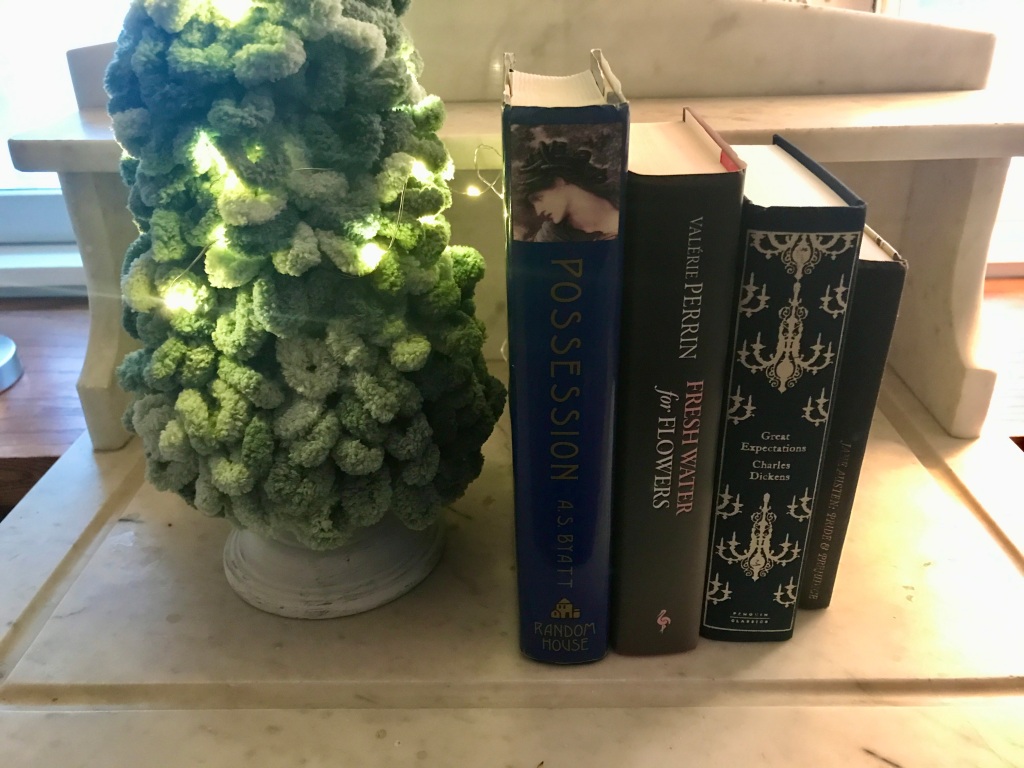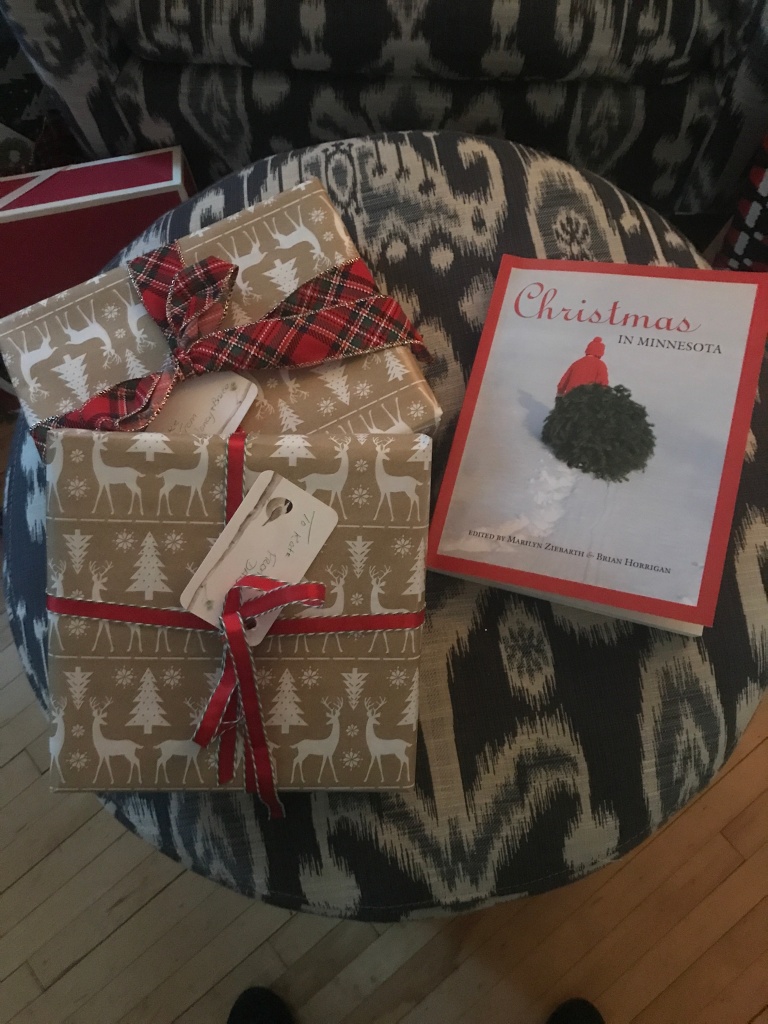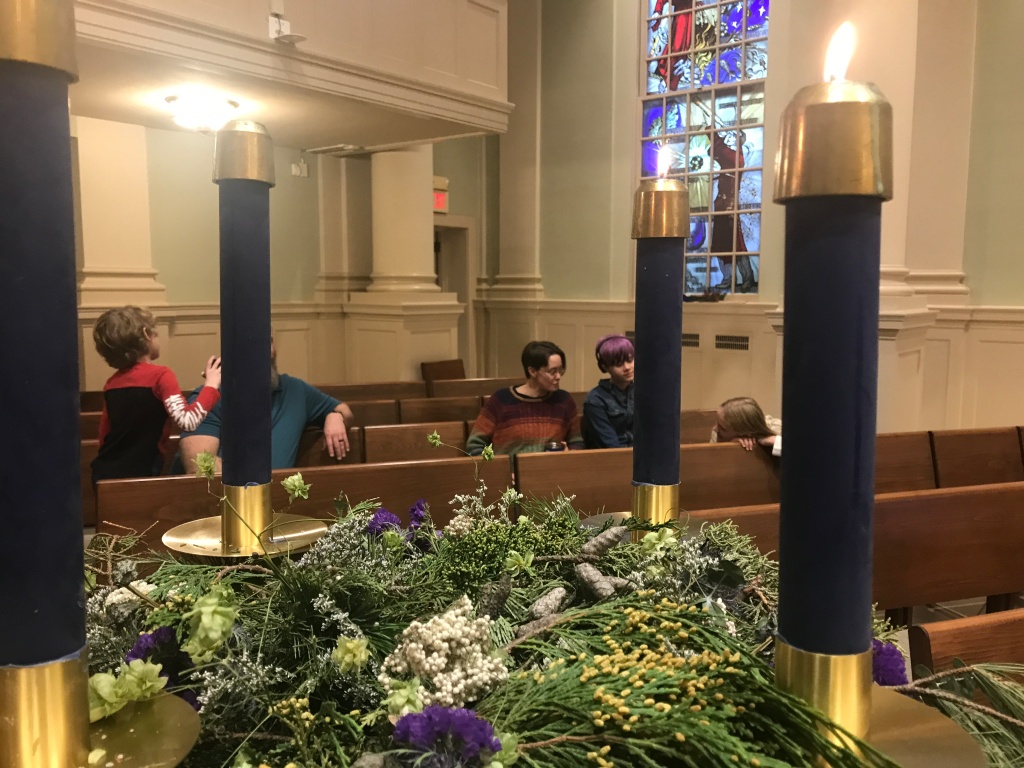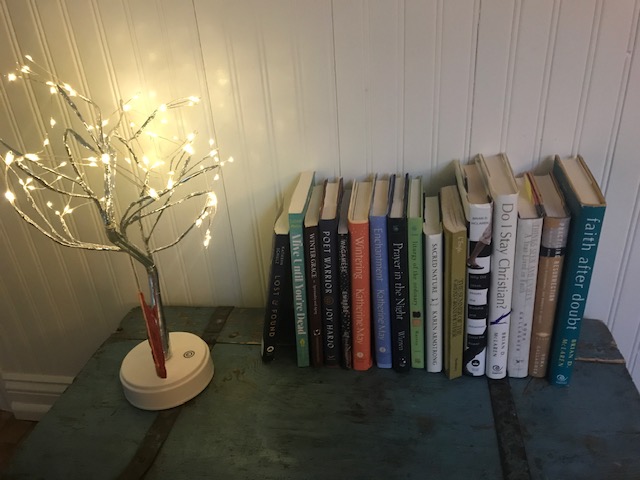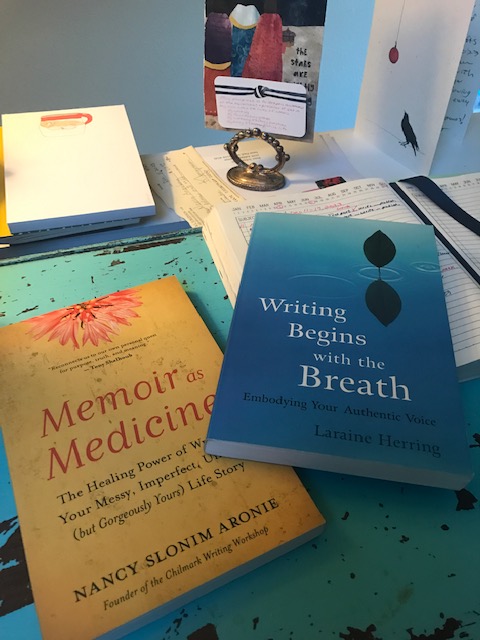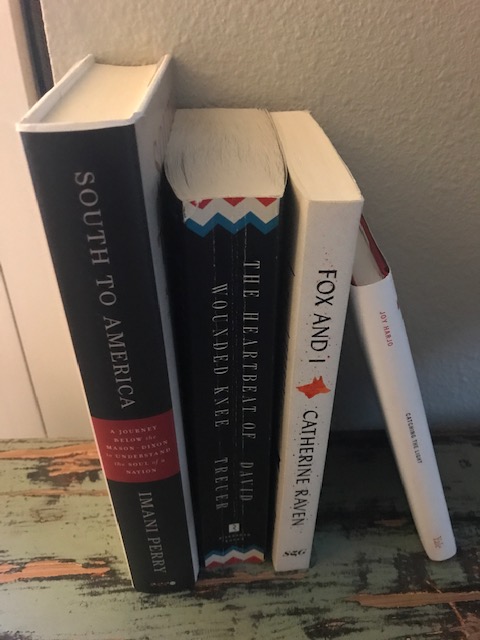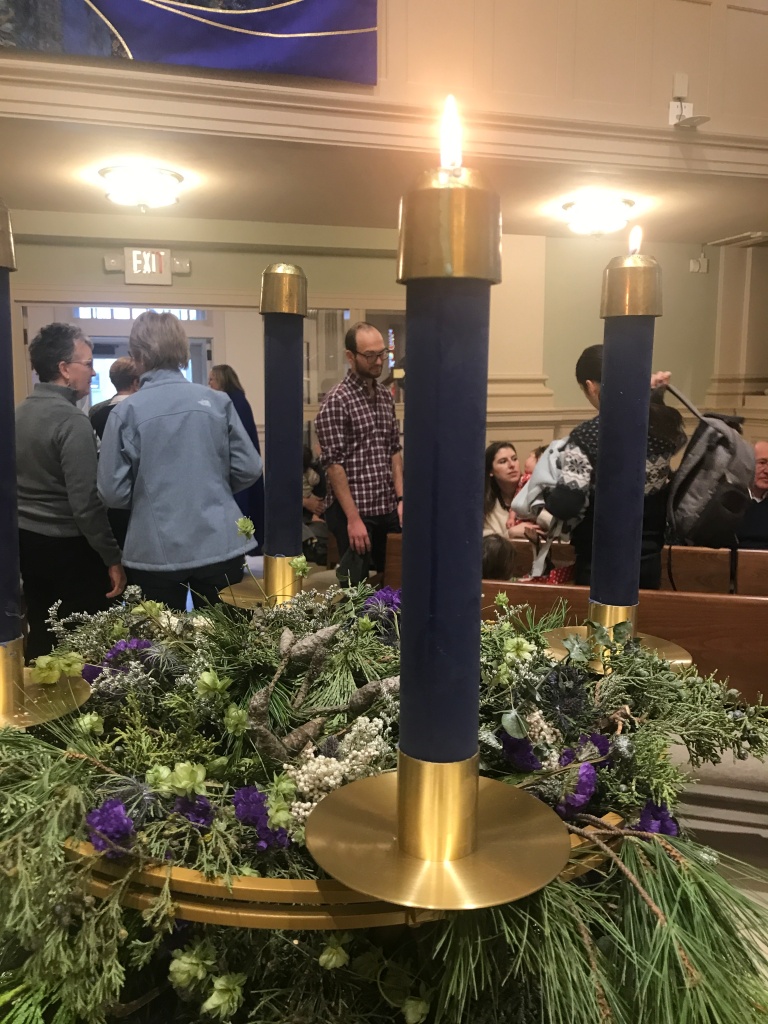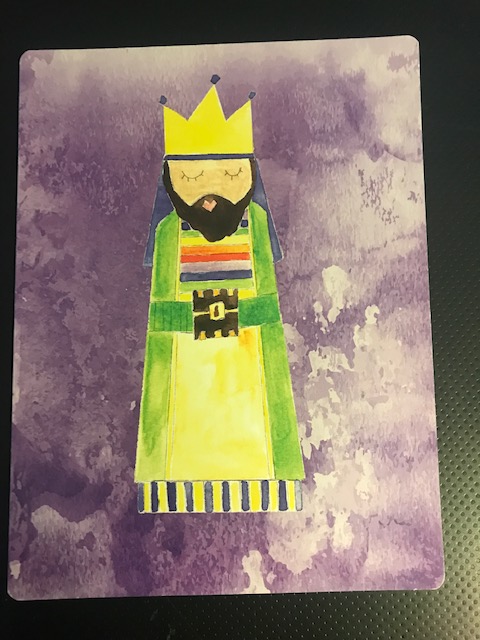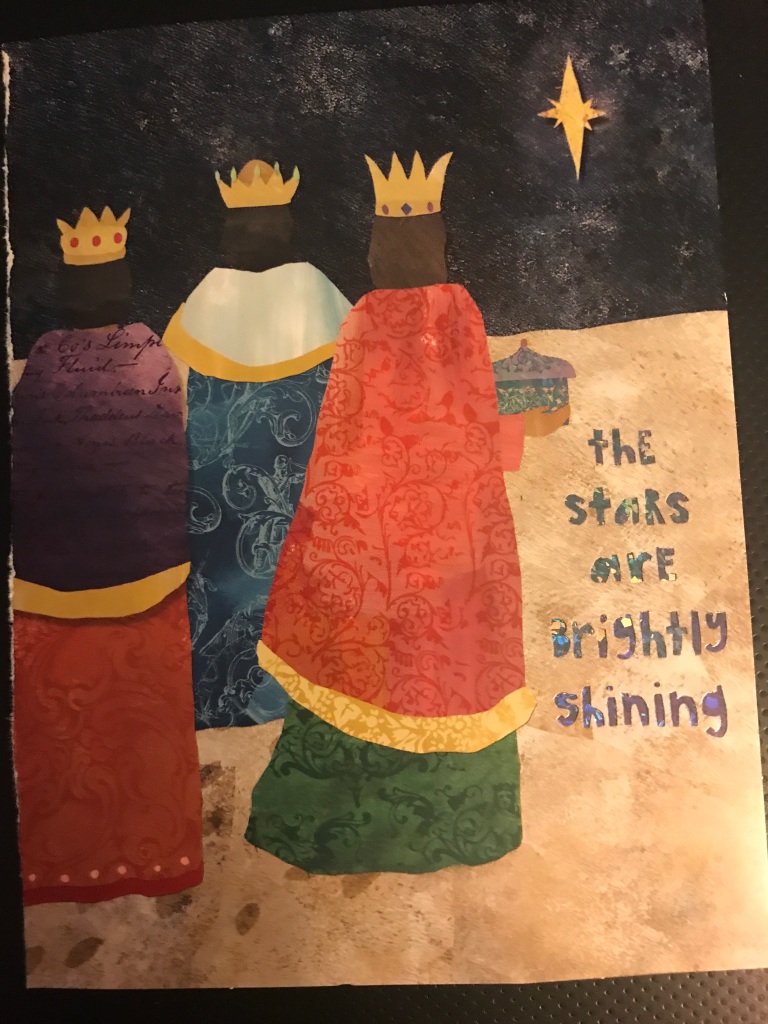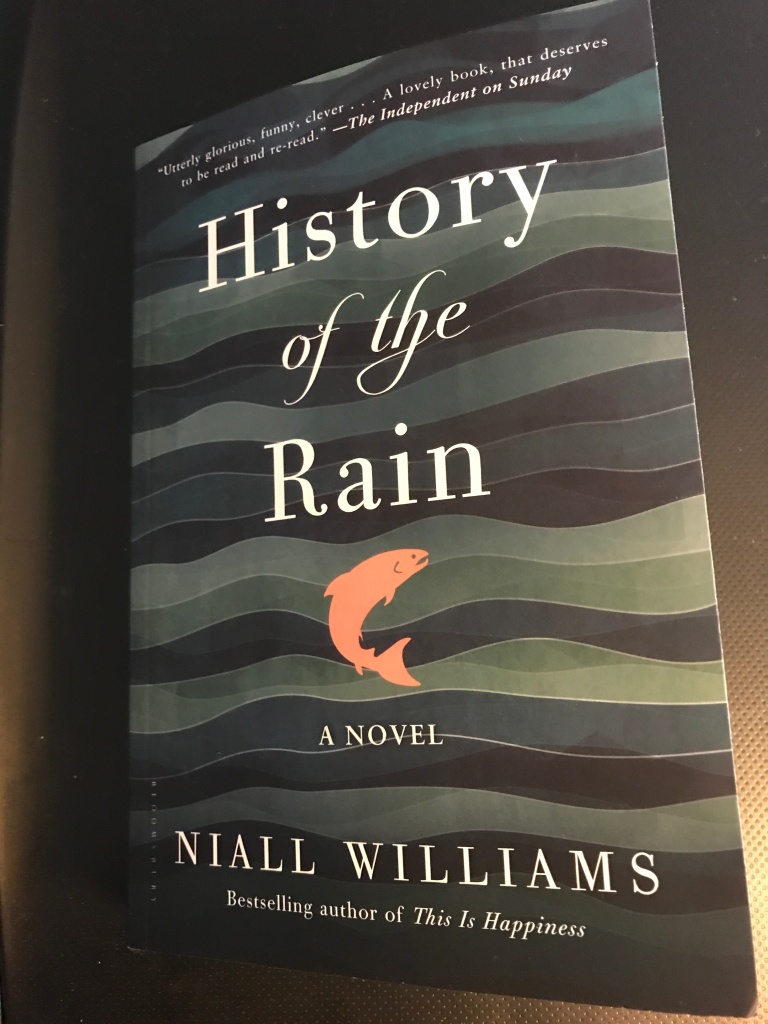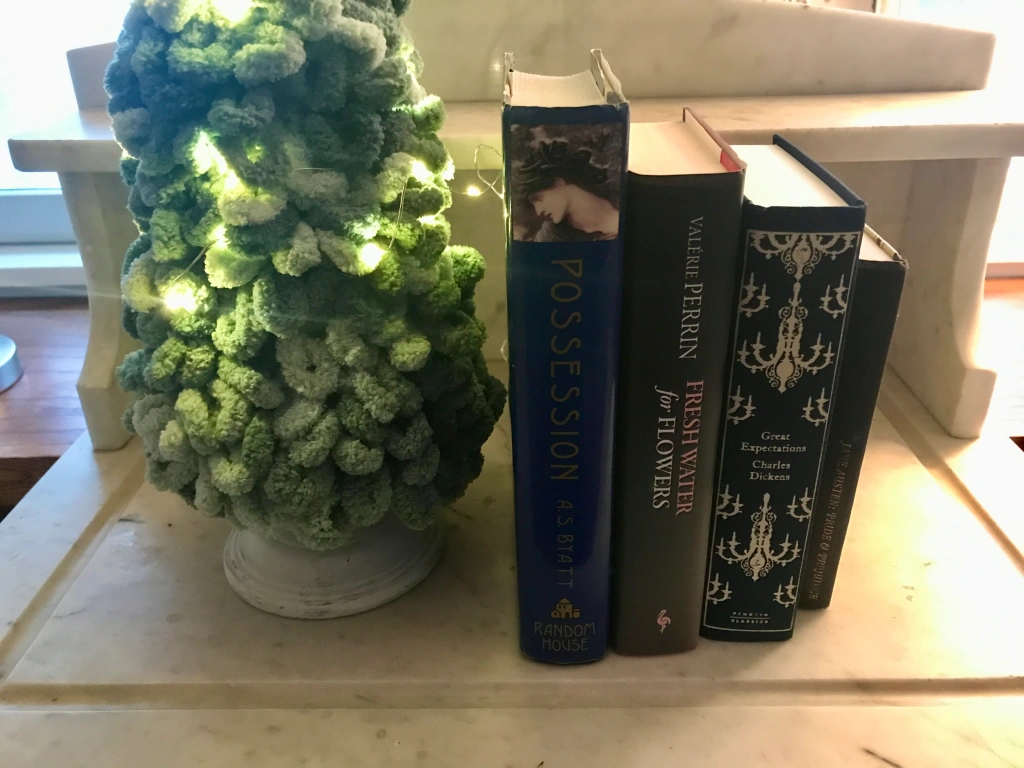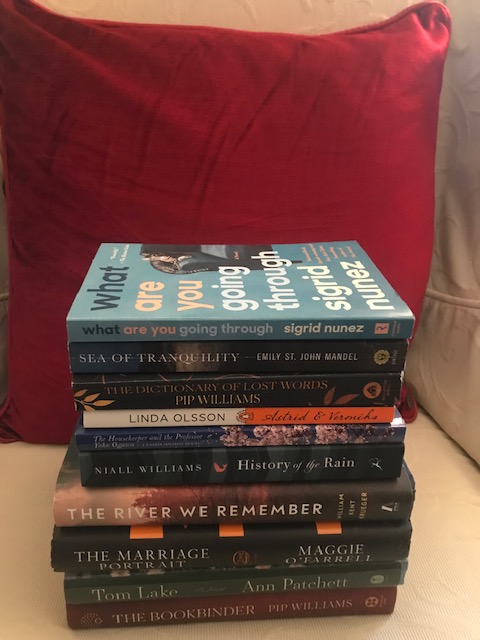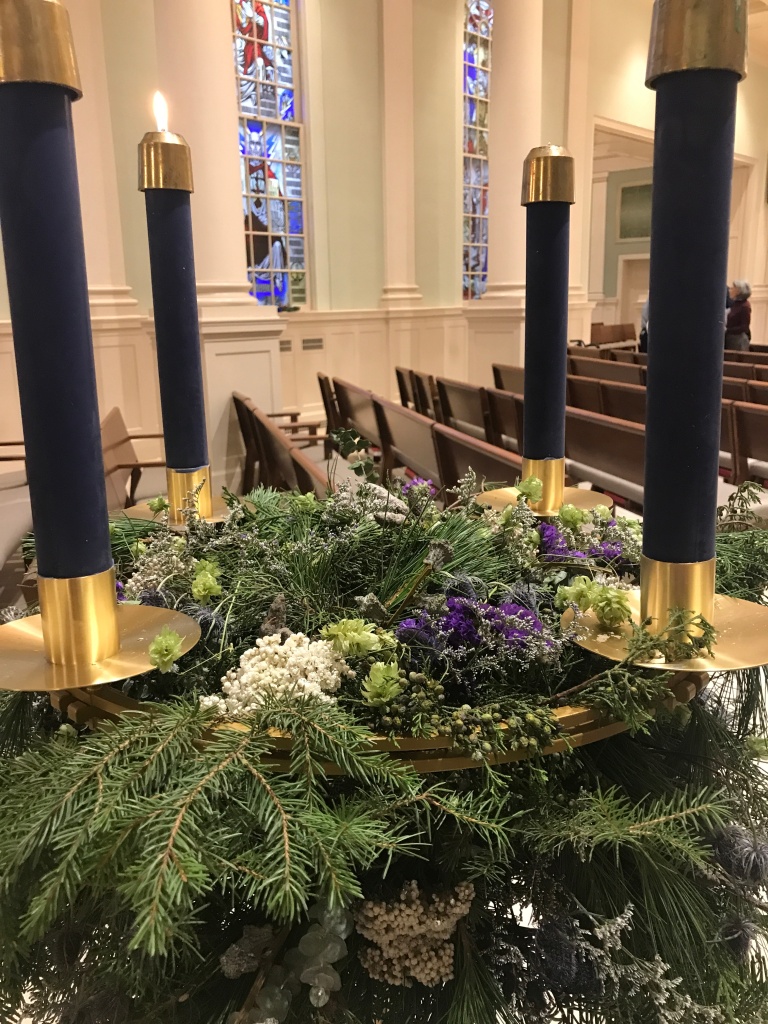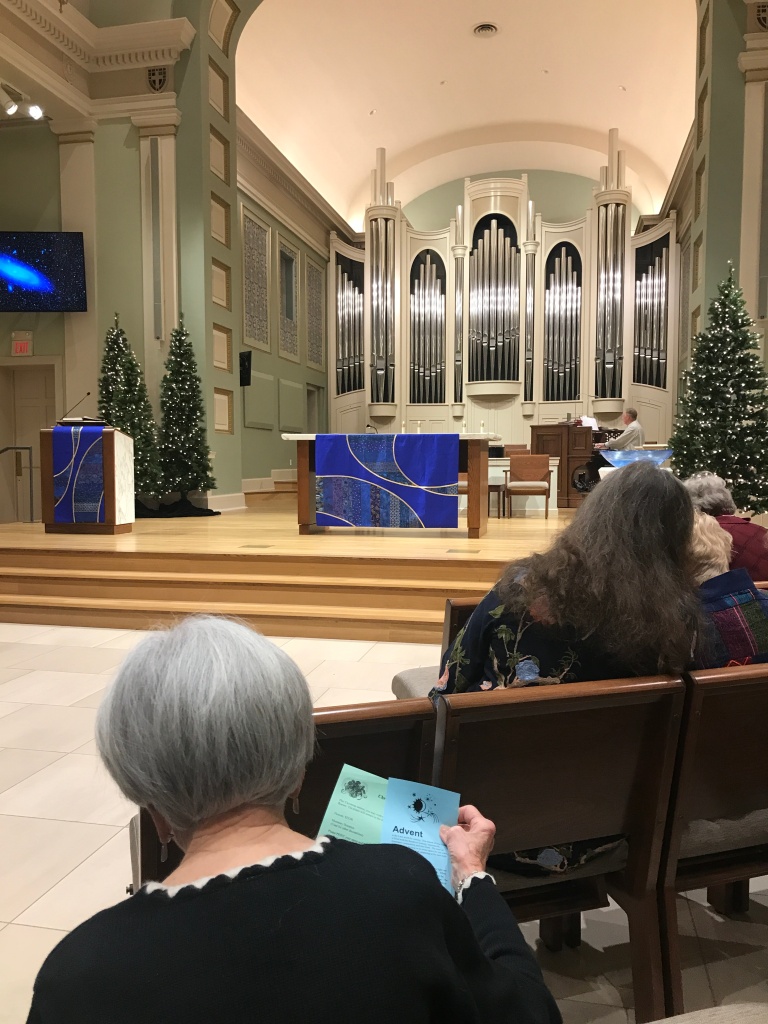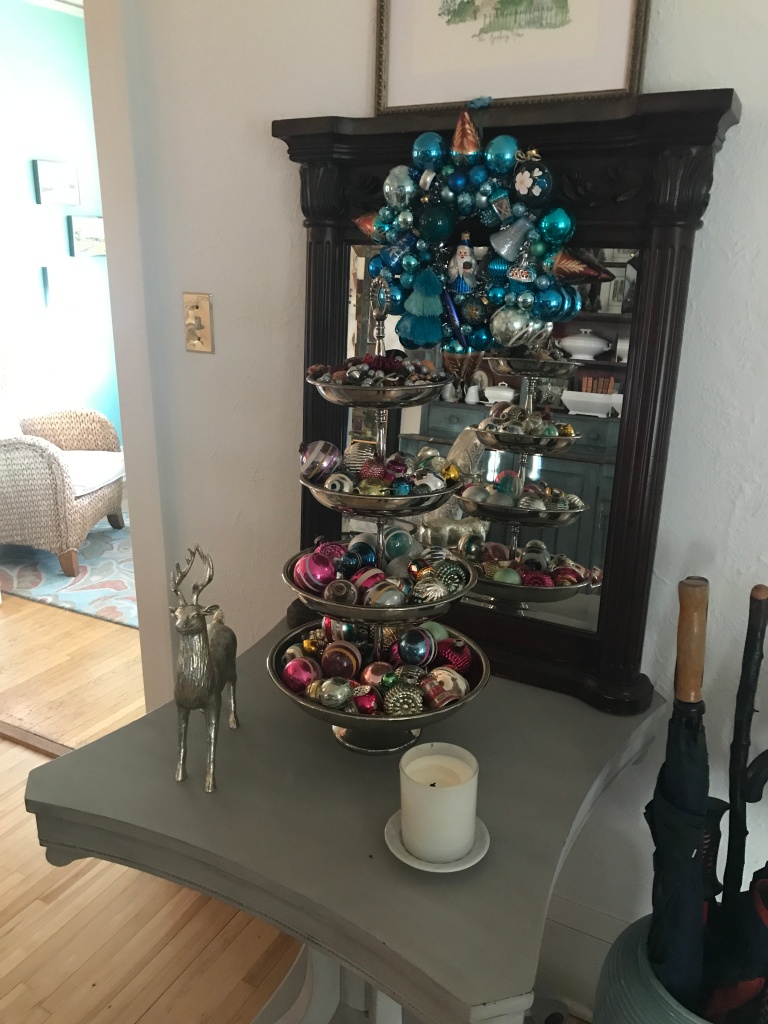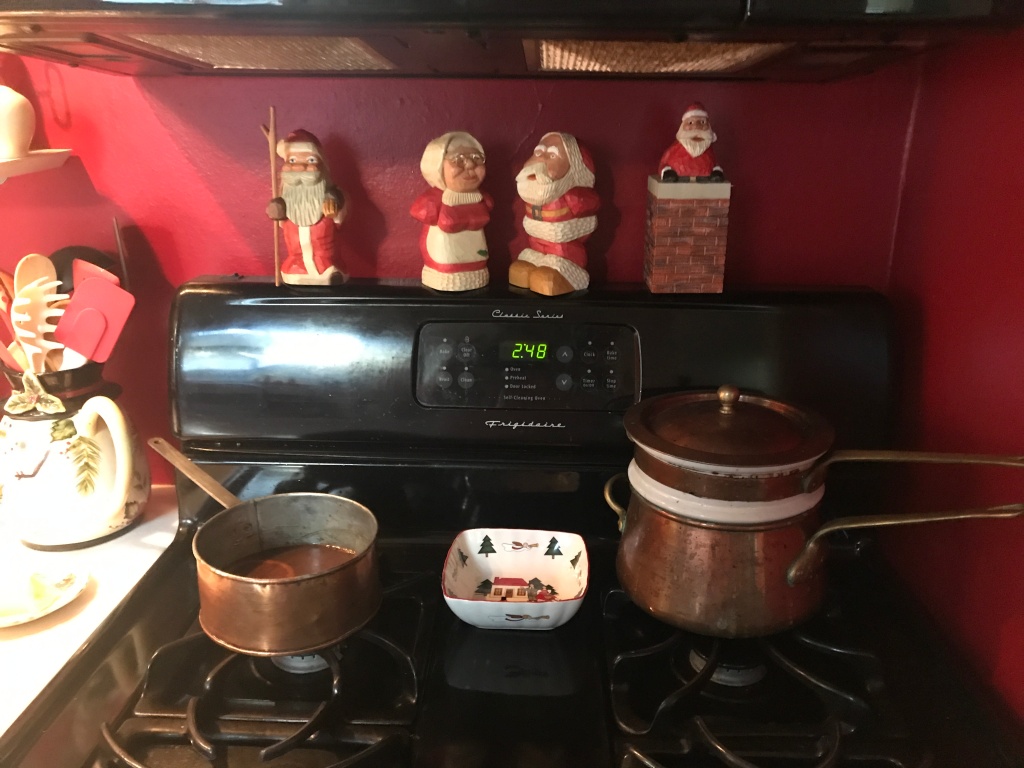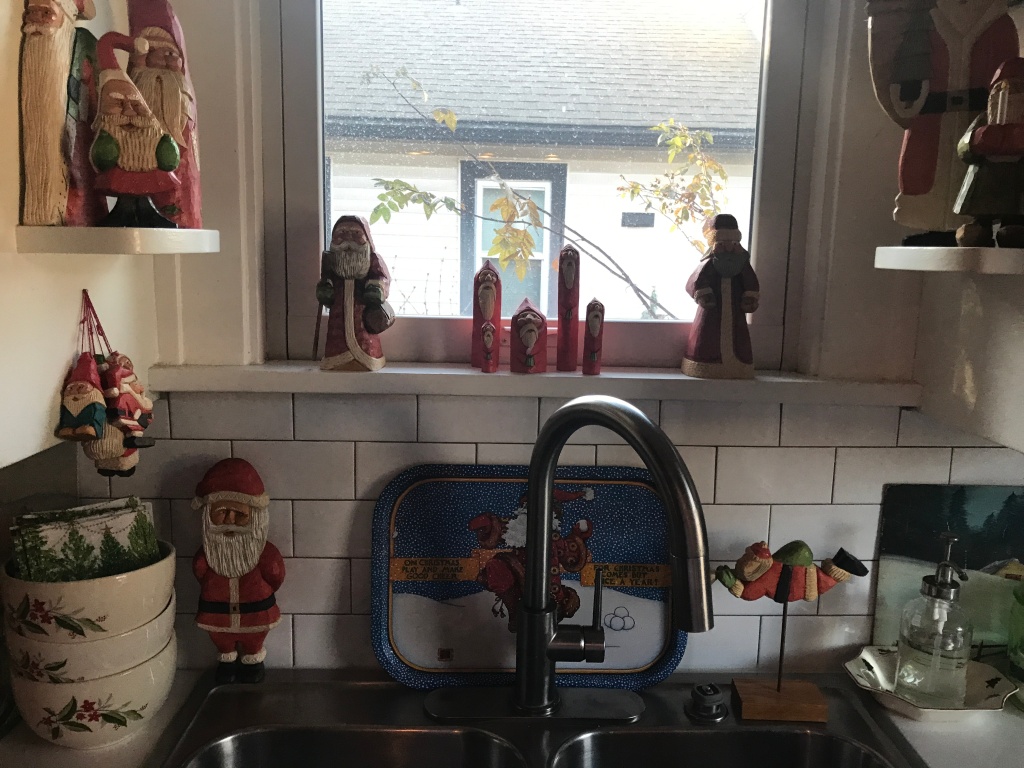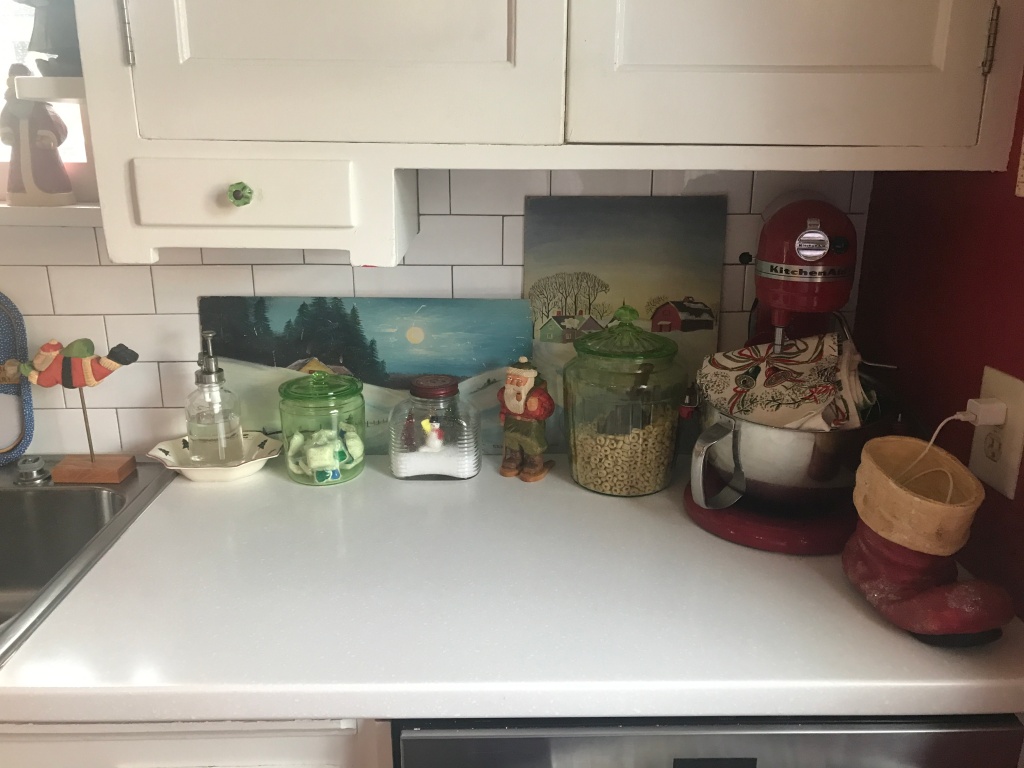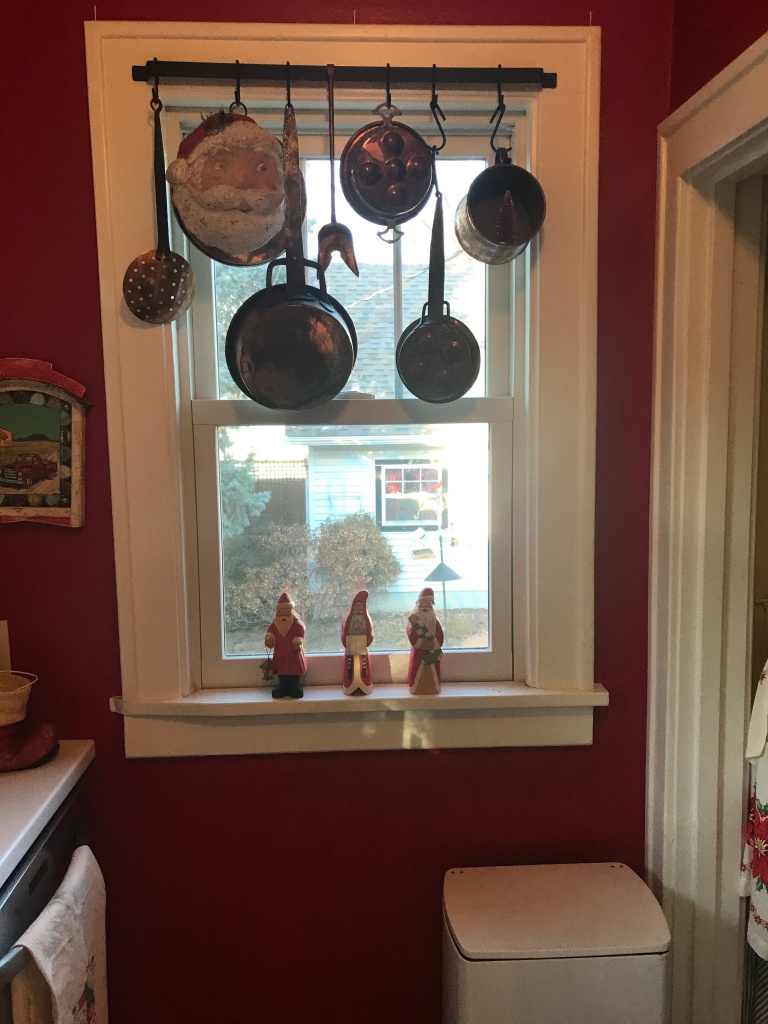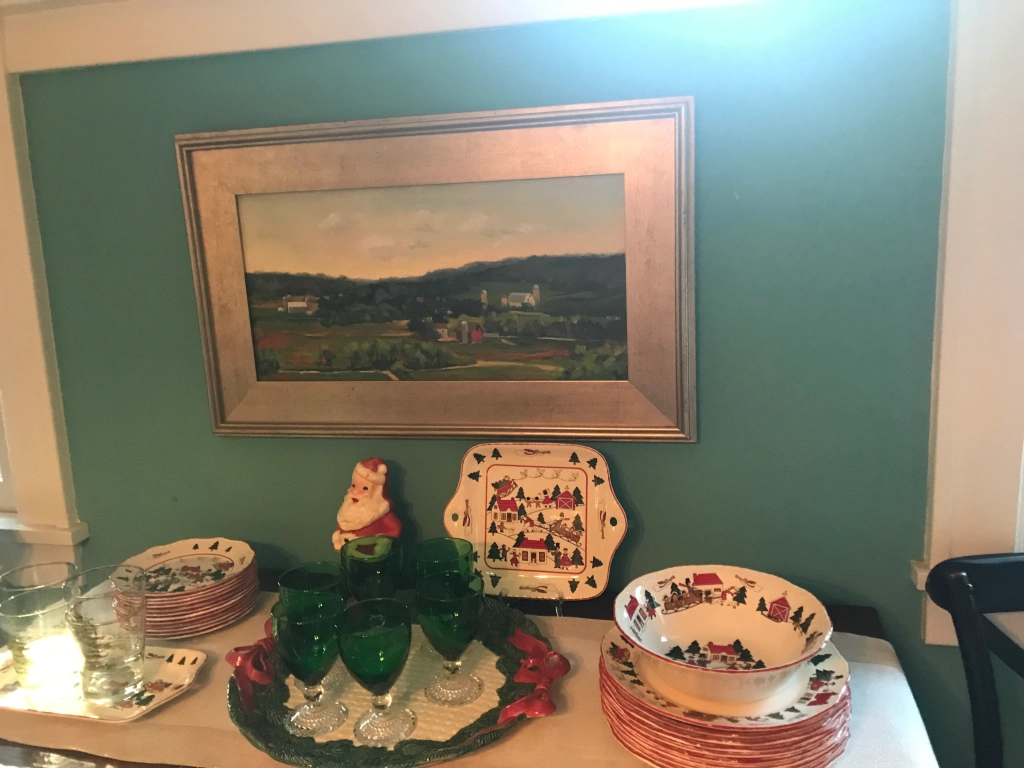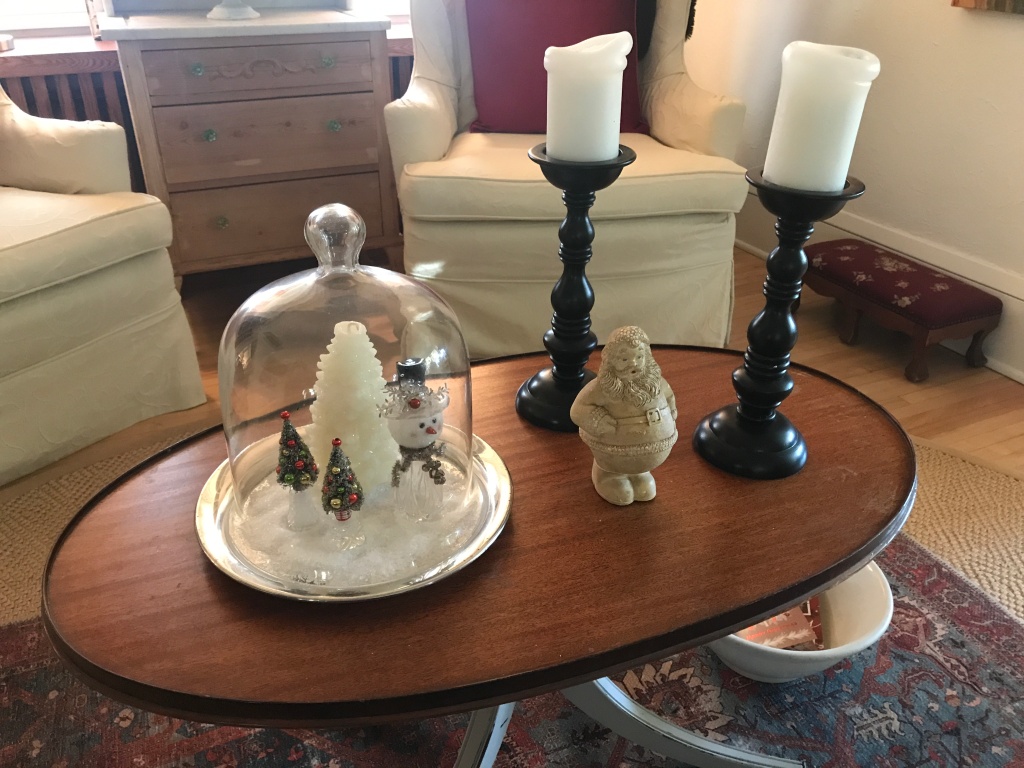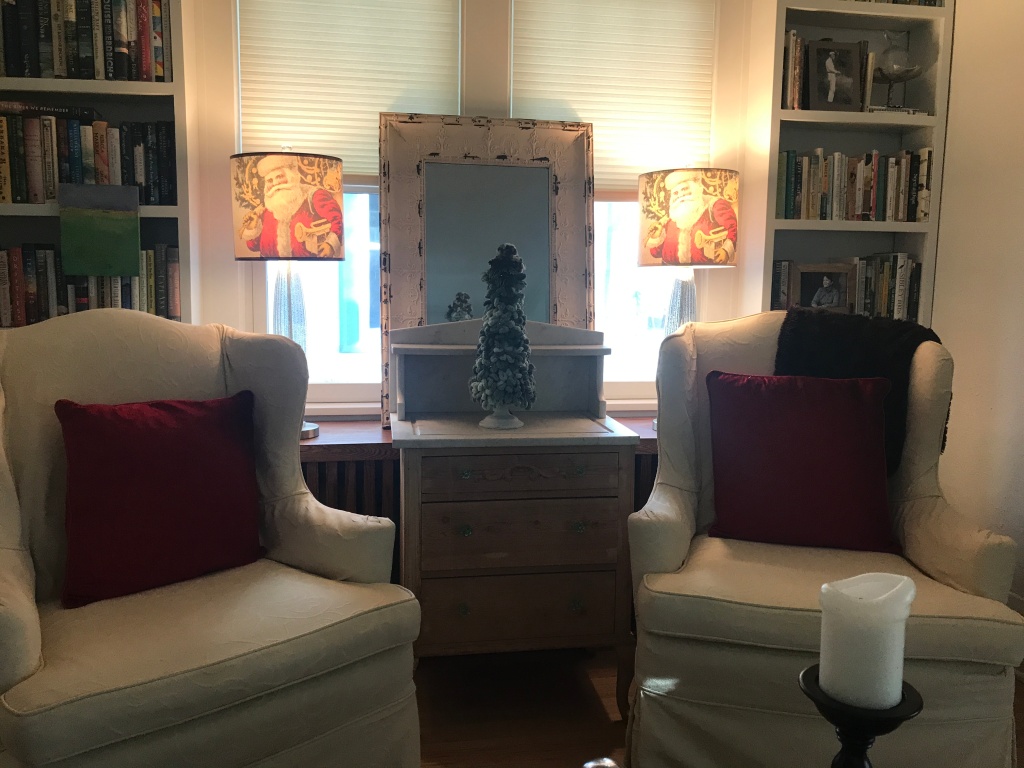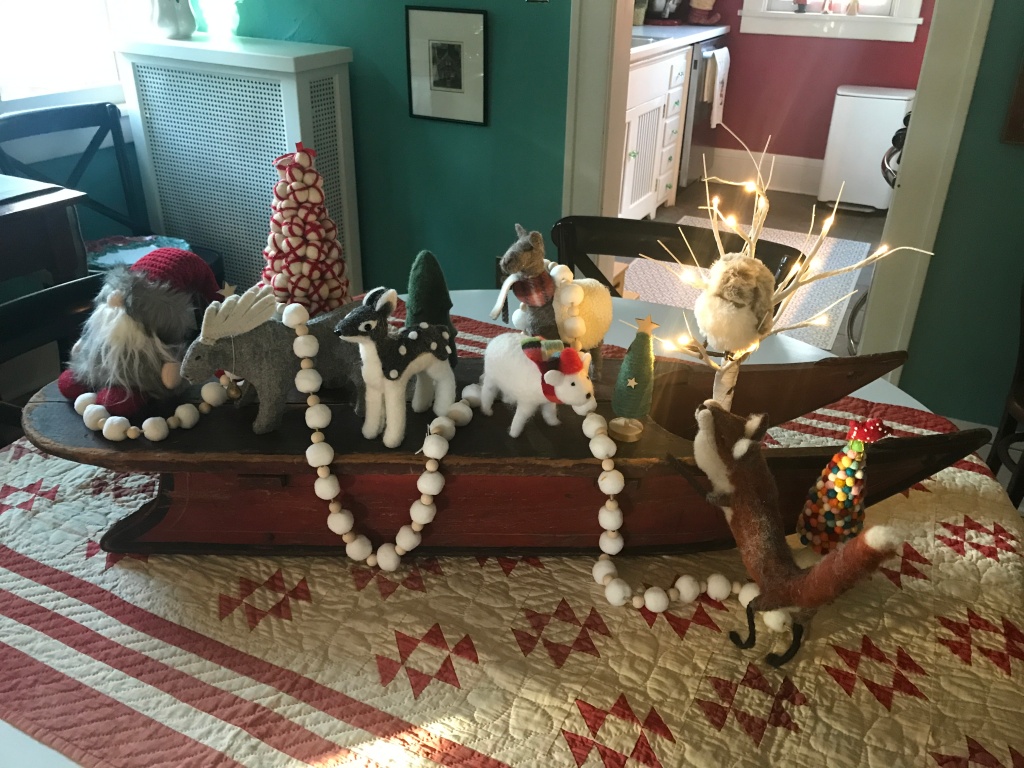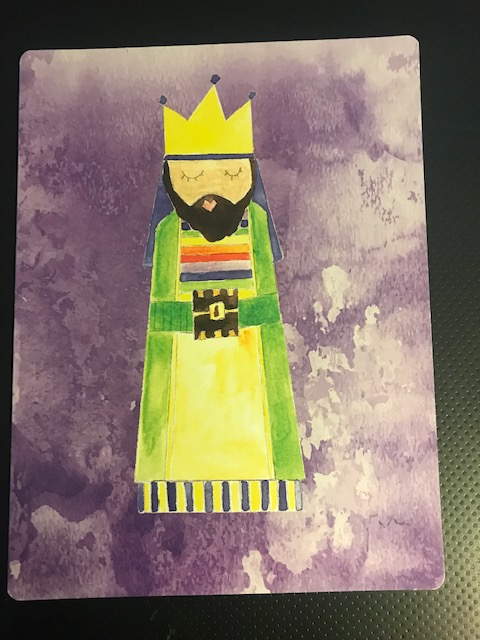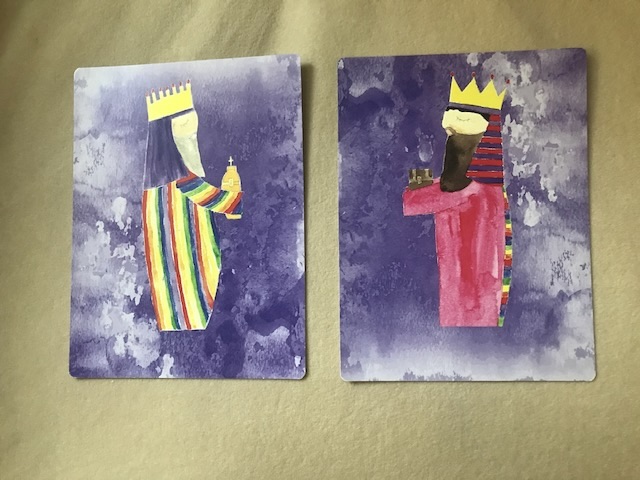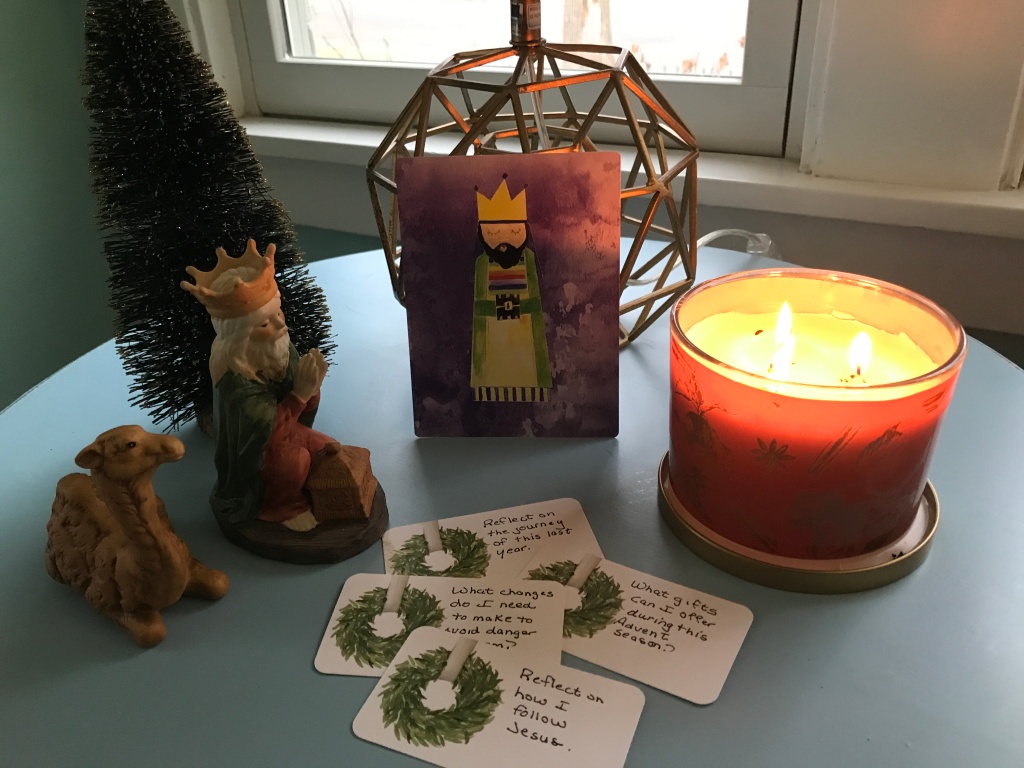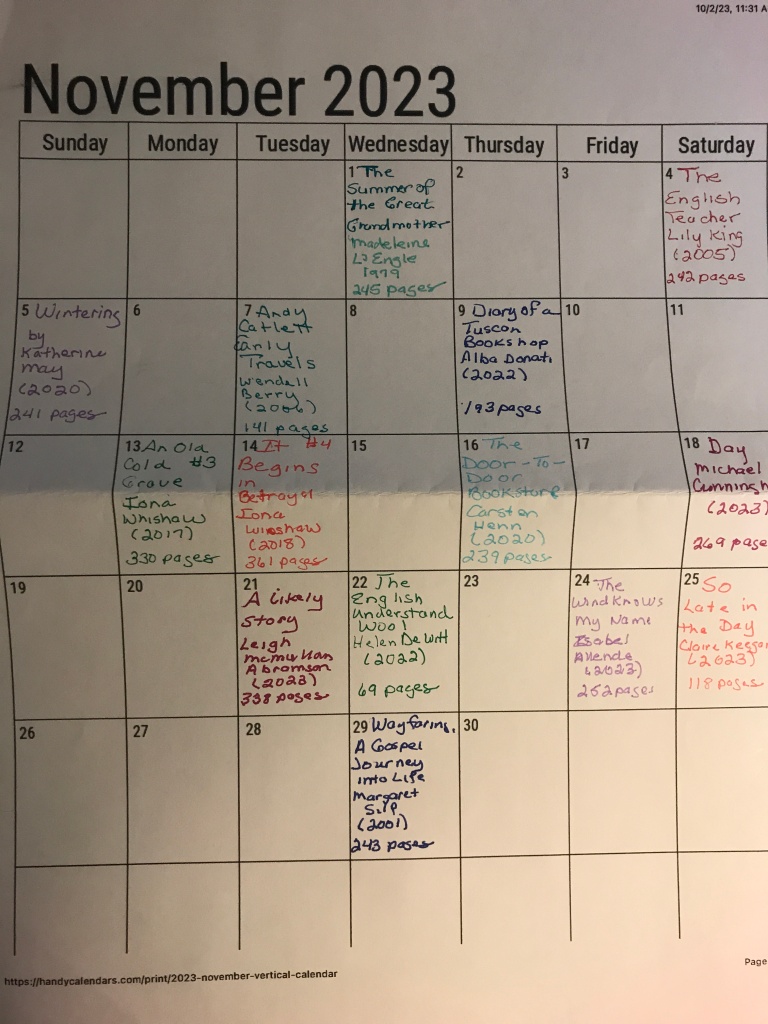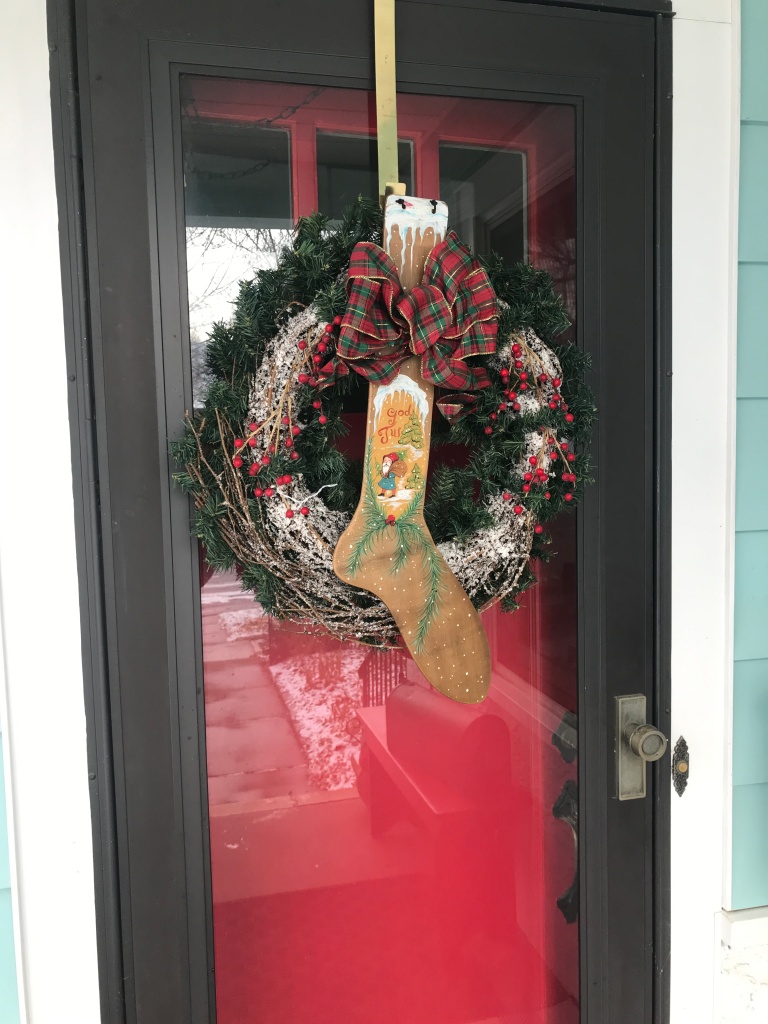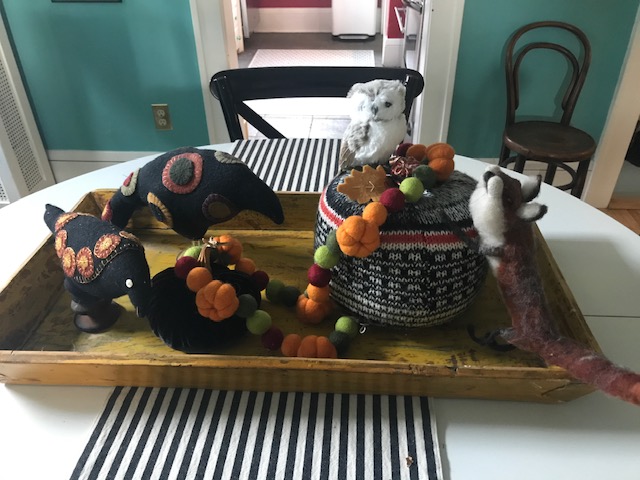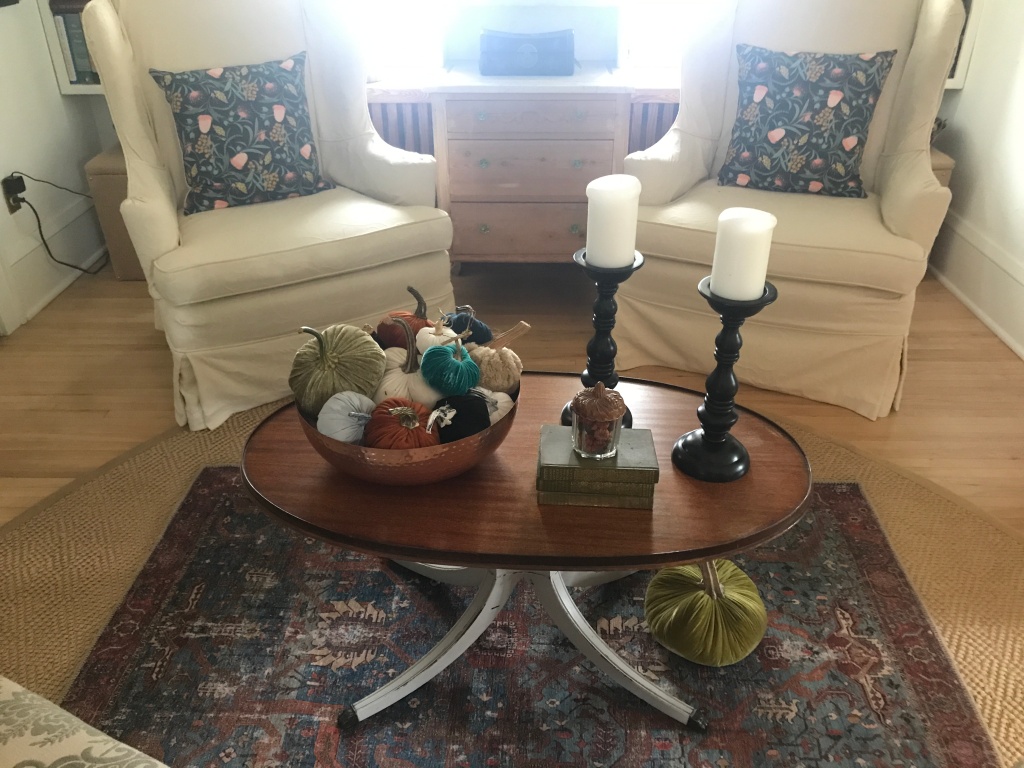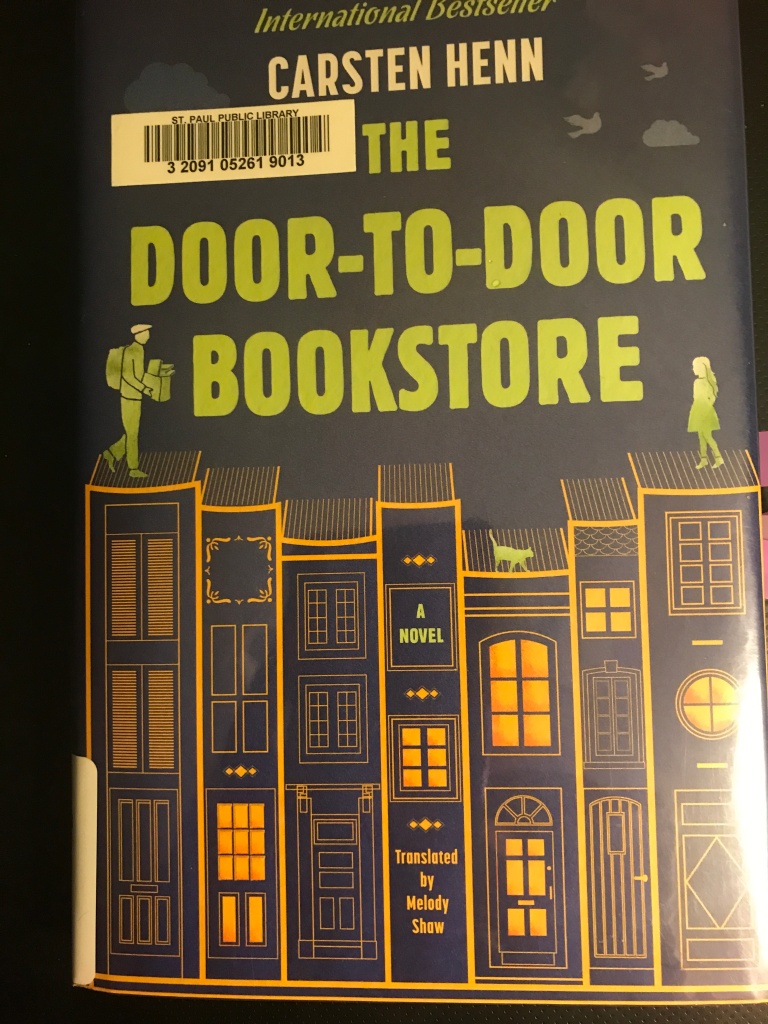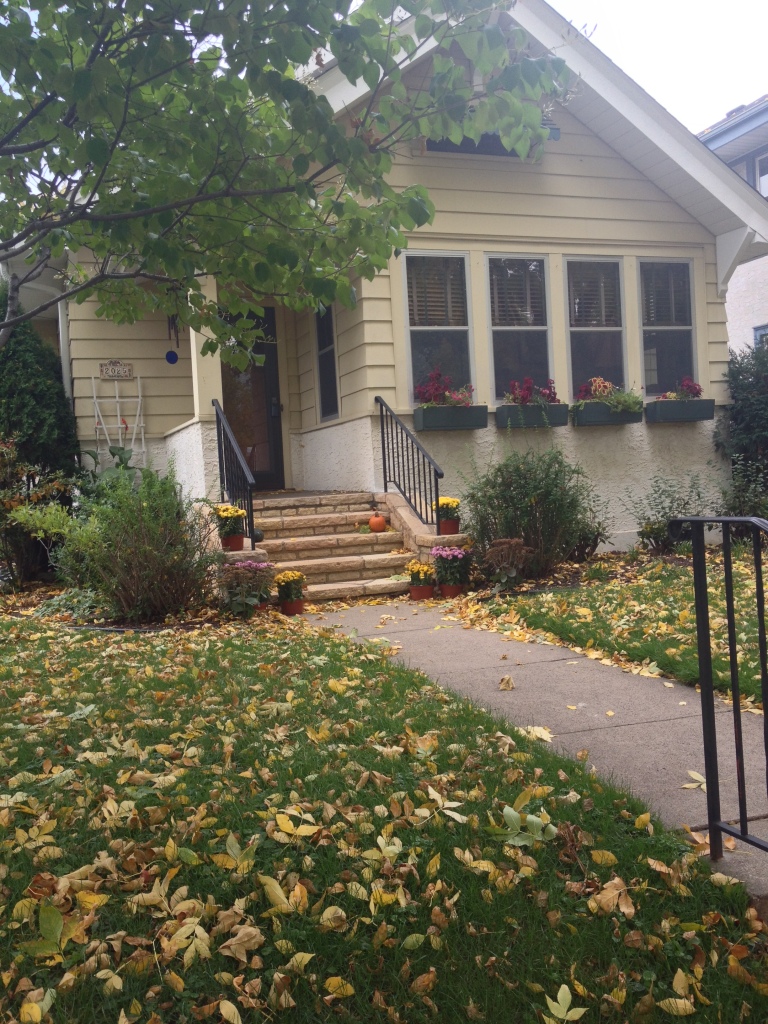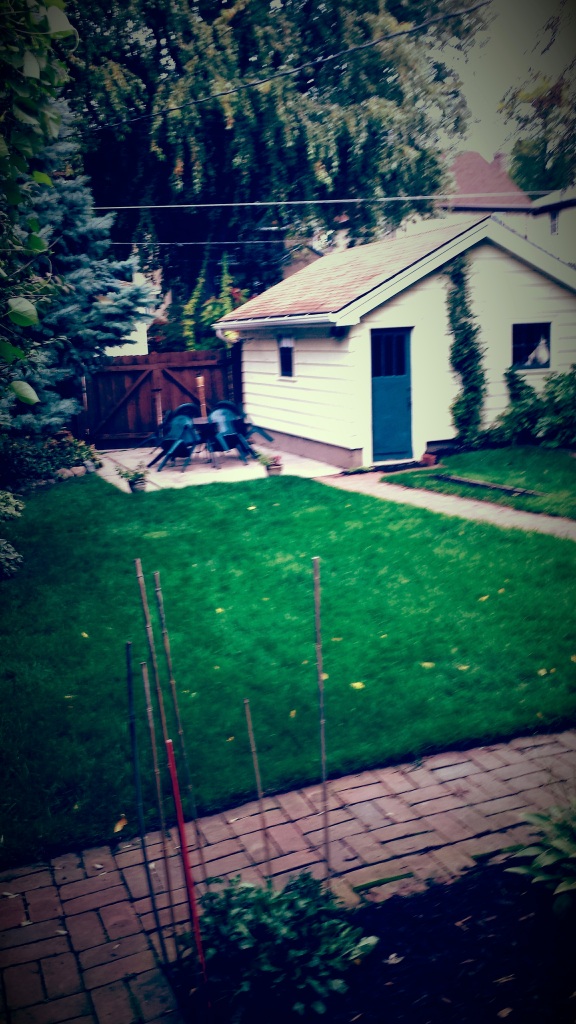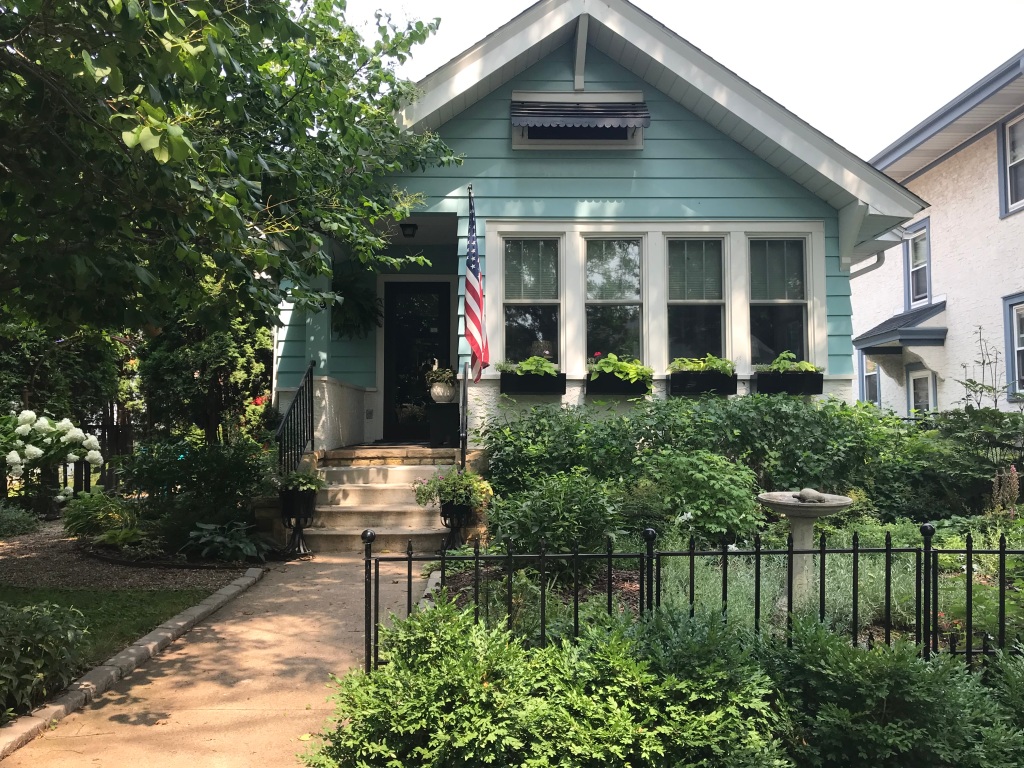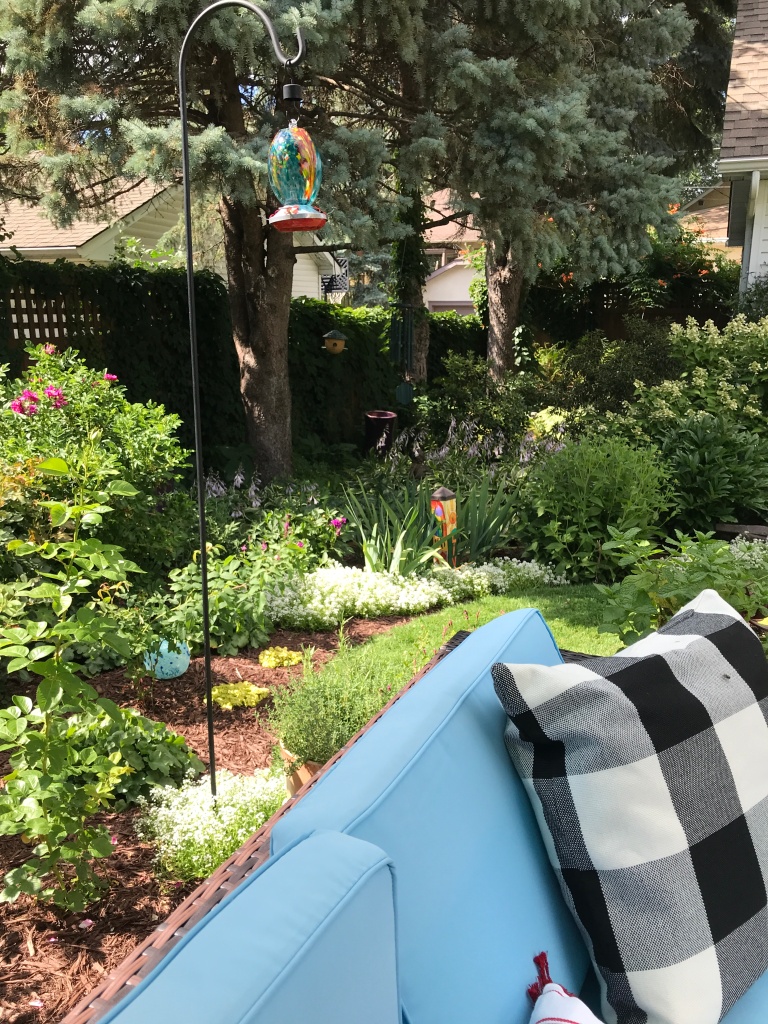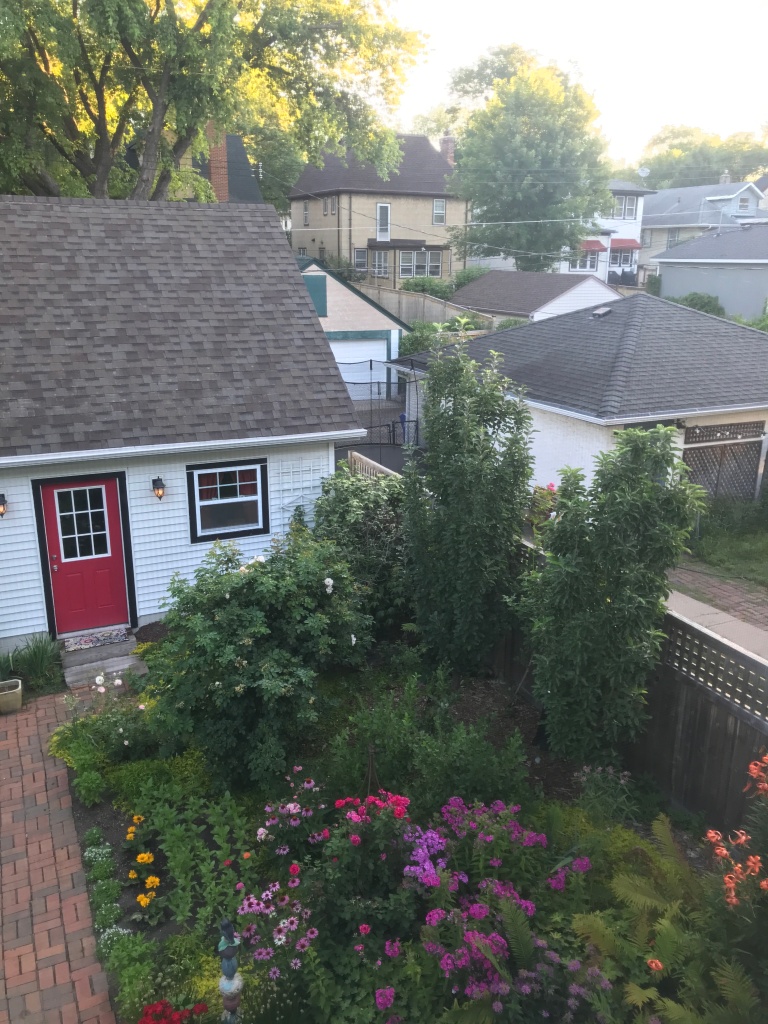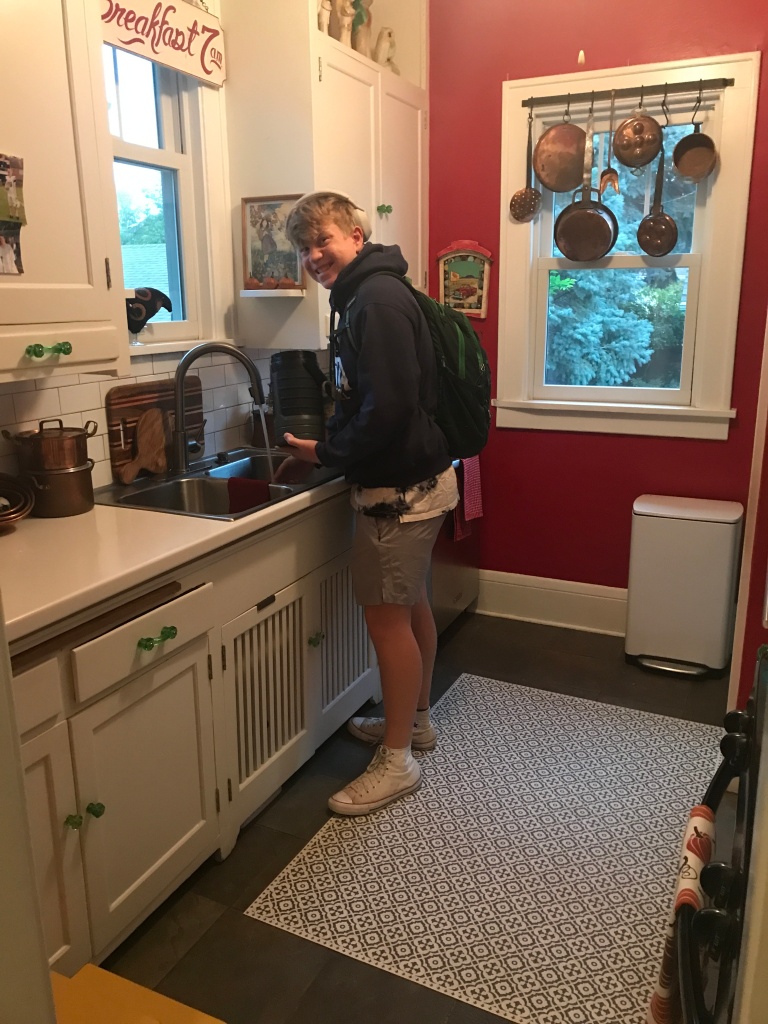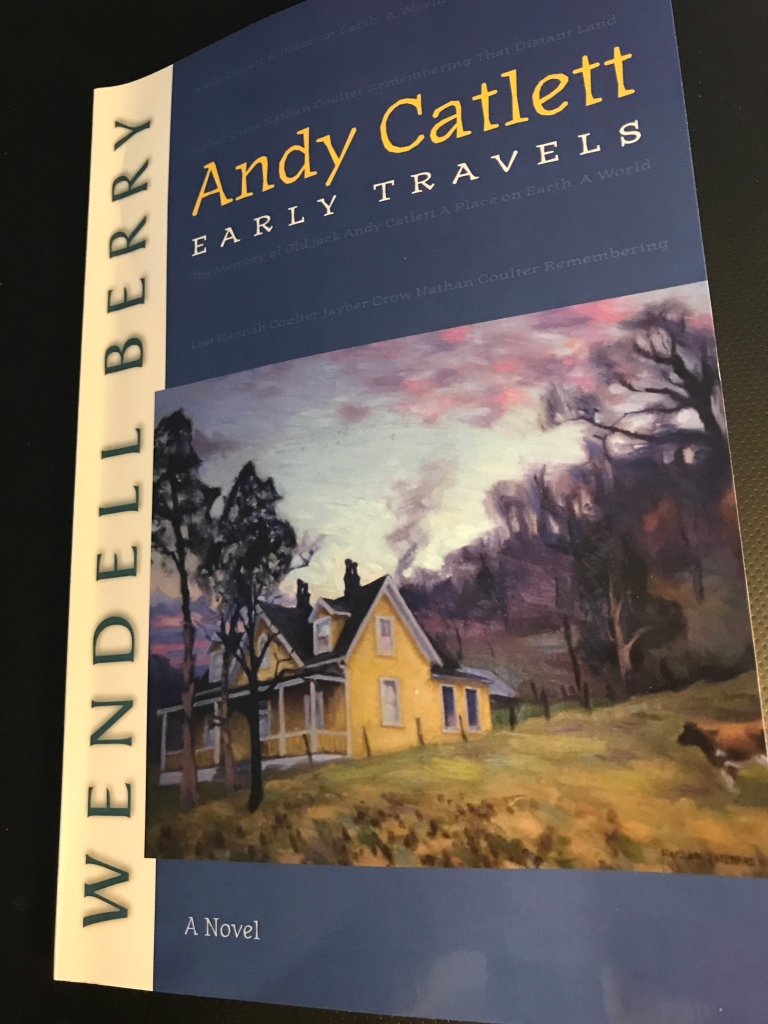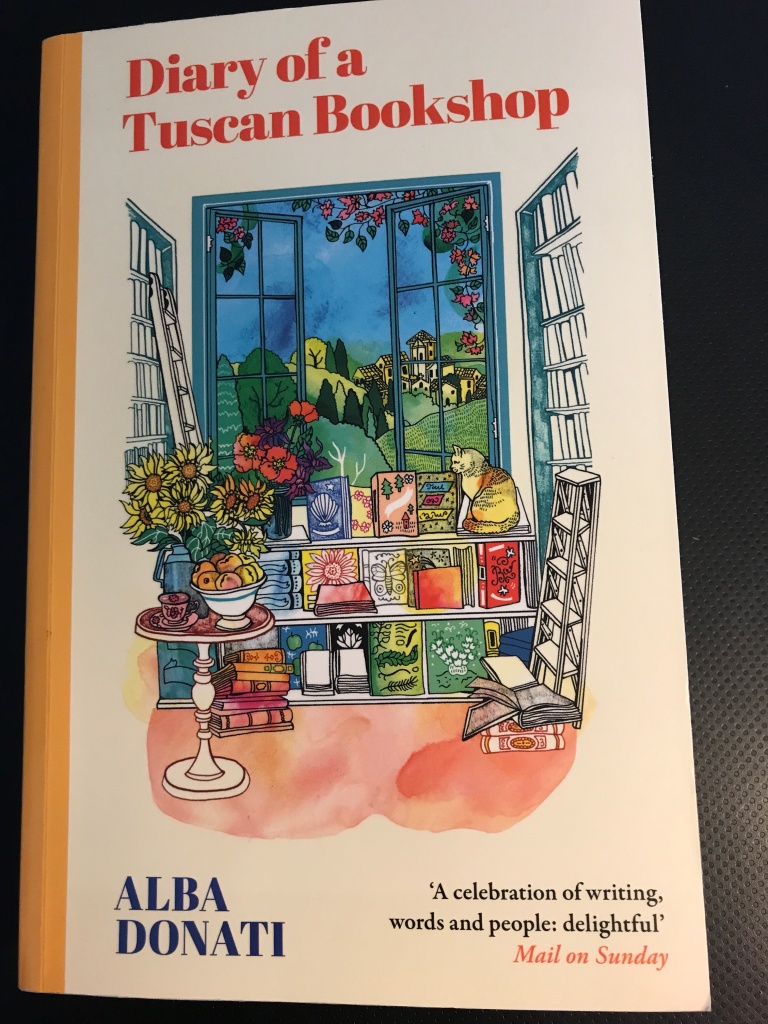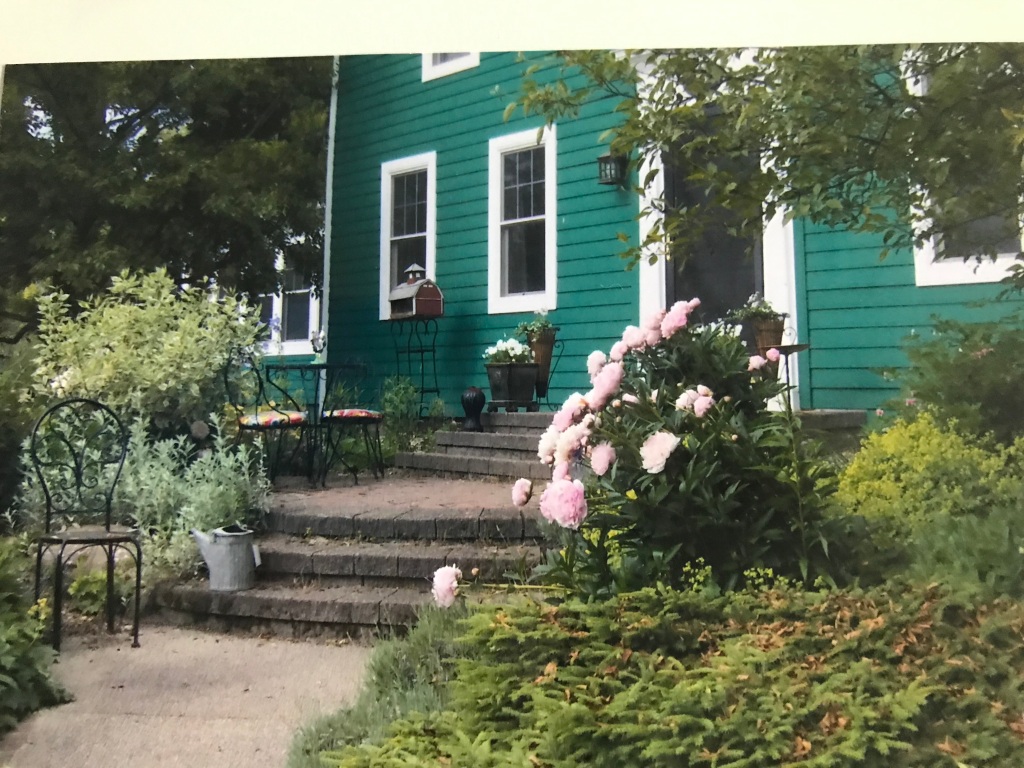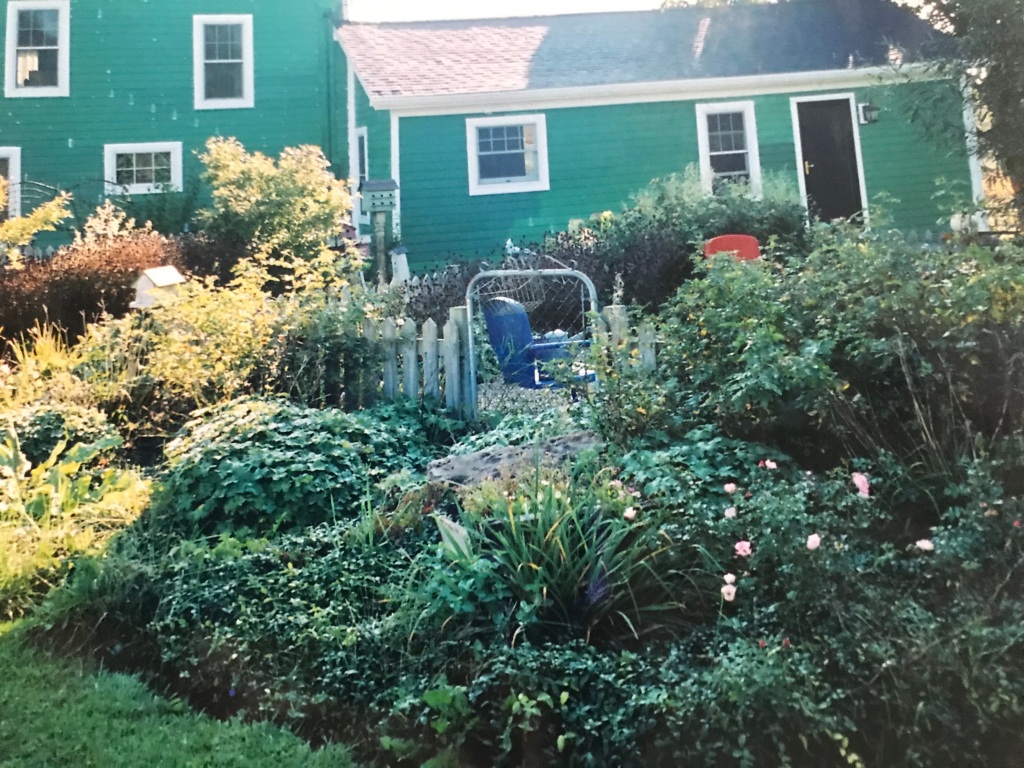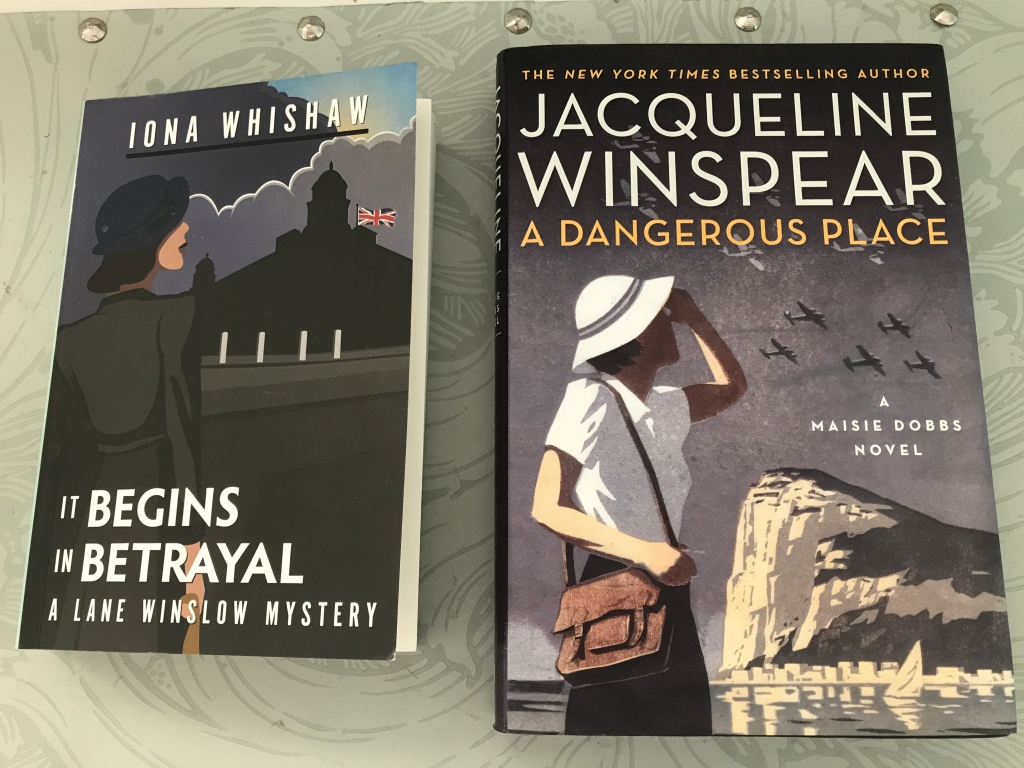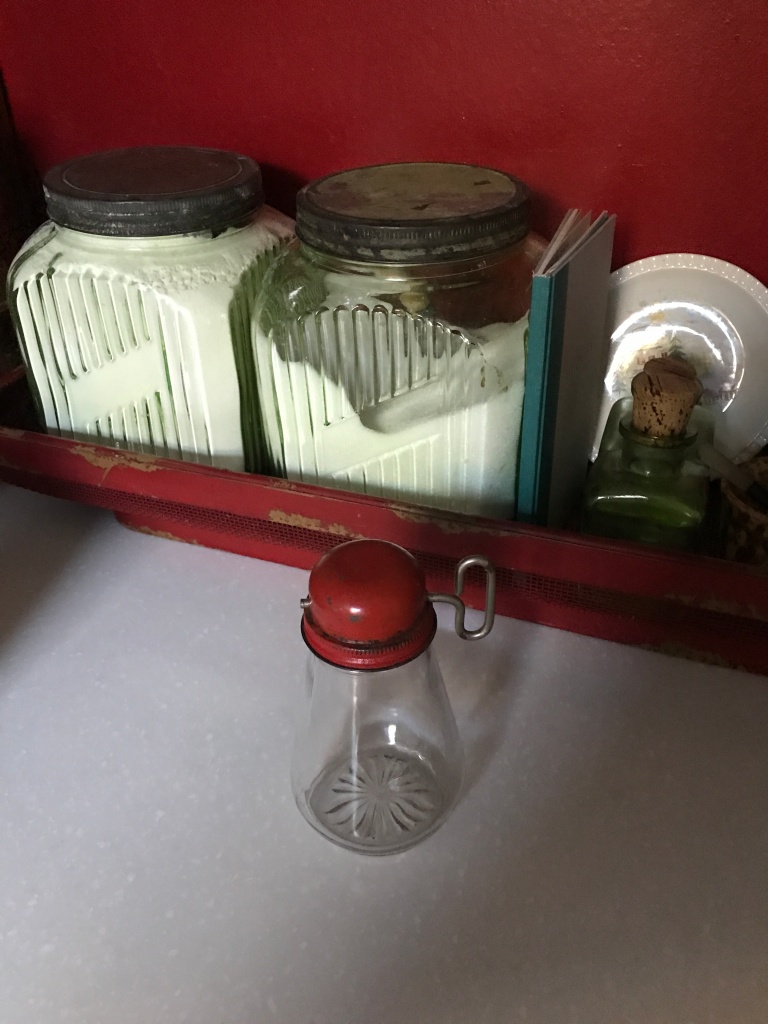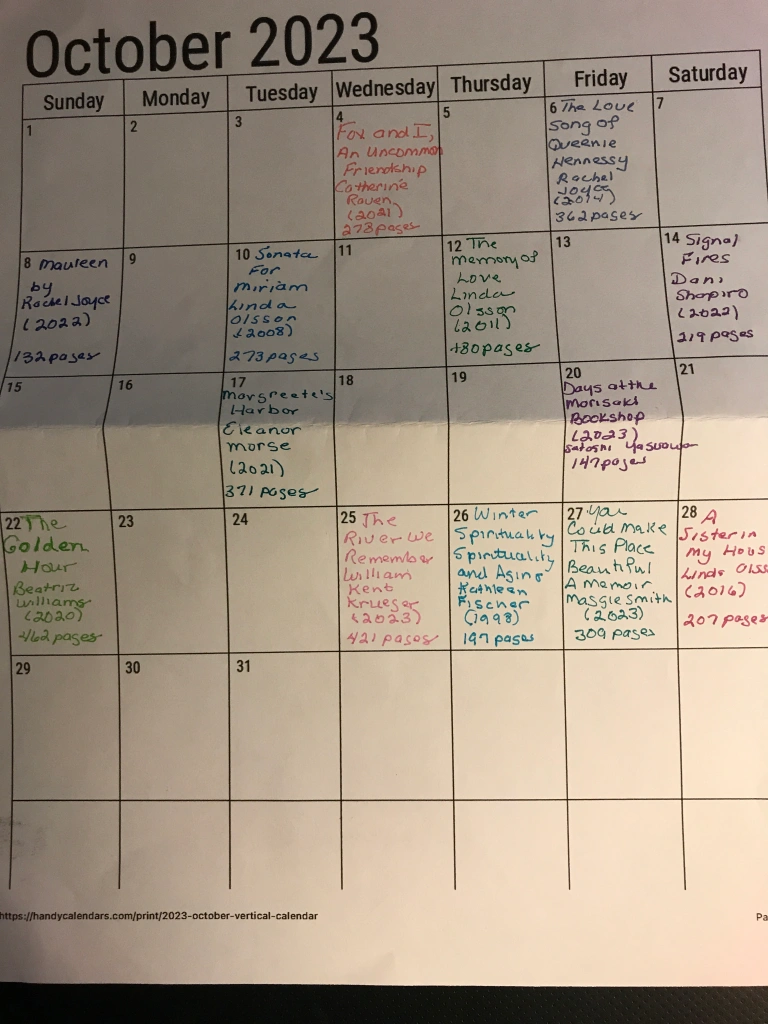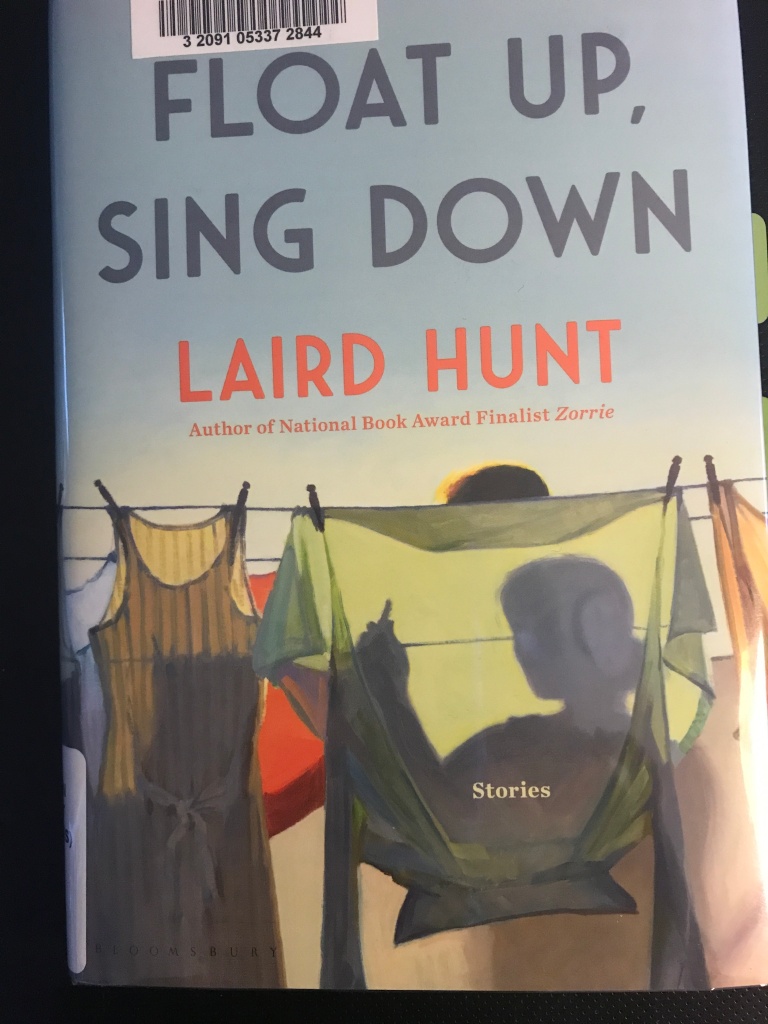May 2, 2024
NOTE: I am going to take a brief break and won’t publish posts on Tuesday, May 7 or Thursday, May 9. I will return to my regular schedule on Tuesday May 14.

And the Winner Is…
James by Percival Everett.
I didn’t think I wanted to read this novel, which is a re-telling of Mark Twain’s The Adventures of Huckleberry Finn, but a copy was on the Lucky Day shelf at the library, and I decided to say “yes.” Everett’s version turned out to be my favorite novel read during April.
Told from the perspective of Jim/James we meet the Jim white people expect him to be and James, the person he really is. We know this, but this novel is a striking reminder of how speech and language is a tool to clarify and reinforce who we are and/or to hide and reinforce the person someone else wants us to be or thinks we are.
At one point James shares with enslaved children the basic rules for interacting with white people.
Don’t make eye contact. Never speak first. Never address any subject directly. Mumble sometimes so they can have the satisfaction of telling you not to mumble. p. 22.
Other April Fiction Selections
- The Little Village of Book Lovers by Nina George. There is so much to love in this novel about love–the transforming power of love and how books can be an aid, a vehicle, a tool in the discovery of love. One of the characters, Marie-Jeanne can see the mark of love, a glowing, shimmering light, and she becomes a matchmaker, even as a young girl. She awaits that shimmer for herself. I loved all the wonderful words about the power and glory of books, as well. If you loved one of my favorite books, Fresh Water for Flowers by Valerie Perrin, you will love this.
- Ana Turns by Lisa Gornick. As Ana turns 60, she reflects on her life now. A physician husband who medicates to cope with back pain; a lover who demands little from her; a child who has realized they are trans; a mother who can only criticize her, a rich brother who is the one favored by her mother, and two nieces she adores. Lots of side stories, all beautifully told.
- The Underground Library by Jennifer Ryan. This book is based on a true story about the establishment of a library in the London underground during WWII and is a good example of “Blitz spirit.” Juliet, the deputy librarian of a library, starts a book club and nightly readings in the underground after the library is bombed. Along the way she is supported by a wonderful array of women, and, of course, there is a love story, too.
- Lessons in Chemistry by Bonnie Garmus. Am I the last person to read this book that has been on bestseller lists since its publication in 2022? The book focuses on the treatment of women and women’s views of themselves in the 1960s. When her husband dies in an accident, chemist Elizabeth is left to raise their daughter Madeleine (MAD), the most unusual and precocious kindergartner ever, for her reading skills alone. Work at a research lab is intolerable, and she gets a job on TV, a show called Supper at Six, in which she explains the chemistry of cooking and food. Such interesting characters plus a spirit of resilience, courage and love, and I laughed outloud often. I did tire, however, of the total separation of religion and science, but I thought even that softened towards the end.
April Nonfiction Books
I read only three nonfiction books in April, but each one was so worthwhile. I mentioned House Lessons in my April 25th post. The other two are:
- The Eloquence of Silence, Surprising Wisdom in Tales of Emptiness by Thomas Moore. I think a stronger and clearer title would have been The Eloquence of Emptiness, for the book focuses more on the gifts of emptiness. The tendency is to think of emptiness as something negative or to be feared, but Moore explores how when we are too full, too busy, nothing unexpected can happen. “You can’t make fresh discoveries, and you will have few surprises and revelations.” p. 66. I underlined so much in this book and copied many passages into my journal. I have loved several books by Moore, including Care of the Soul, The Soul’s Religion, The Re-Enchantment of Everyday Life, and Dark Nights of the Soul. His book just prior to this one, Ageless Soul, was not one of my favorites, but this one truly resonated with me.
- Birding While Indian, A Mixed-Blood Memoir by Thomas Gannon. Gannon is a professor of Native American literature at University of Nebraska Lincoln and a birder, who says birding is a kind of addiction for him. As he encounters birds, he also explores his heritage and his life as a Native person. Often the book was too detailed for me, a casual enjoyer of birds, but I was moved by the ways he connected his passion with his own struggles and background. Plus, I learned so much about how white colonialism has attempted and often succeeded in destroying the lives and culture of Native peoples. I made copies of several passages in this book, like the section on the Crazy Horse monument in South Dakota, in which he writes “that gigantic carving up of our sacred mountain is just another form of racism.” p.115. My husband and I spent time at the monument a couple years ago, and I would never have interpreted it that way, but I am now grateful for this perspective. He also reflects on one of my favorite books and authors, My Antonia by Willa Cather in which the narrator Jim views the Plains “as if he were face-to-face with a geographical nothing.” Burden sees no road, no fences, no creeks or trees or hills or fields. Gannon reminds the reader that “the land was teeming with the ‘countries’ of other species–and the tribes of other humans…”p. 37. Oh, how much I have left to learn and understand.
Books Reviewed in Earlier April Posts
April 11: Float Up Sing Down by Laird Hunt https://wordpress.com/post/livingonlifeslabyrinth.com/3372
April 18: A Council of Dolls by Mona Susan Power; Wandering Stars by Tommy Orange. https://wordpress.com/post/livingonlifeslabyrinth.com/3365
April 25: An Irish Country Courtship by Patrick Taylor; A Match Made for Murder by Iona Whishaw; One Woman Show by Christine Coulson; and the memoir House Lessons, Renovating a Life by Erica Bauermeister. https://wordpress.com/post/livingonlifeslabyrinth.com/3425
I’m currently reading The Hunter by Tana French, and I am sure I will report on it in May.
An Invitation
What was memorable in your April reading life? I would love to know.


